About two weeks back I went to a place that I’ve always wanted to go to (actually, that might not be a very descriptive statement, as there are many places I’ve wanted to go that I’ve ended up going to, and yet more that I’ve not even been to yet, so in and of itself, this sentence means nothing). The impetus for this trip, though, was a conversation with a good friend in which he pointed out that if I’m going to Delhi, there are a number of these places within easy reach – somehow, Bhutan has always been a “far-away” destination for me, but indeed, it’s barely two hours away from Delhi, and so going there isn’t exactly difficult once you’re all the way over there. There were only two complications; getting there was by far the biggest one.
Let’s get this out of the way right away. Paro airport is considered one of the most difficult airports to land in, bar none. A lot of the “top 10” lists have it on them, and it’s not always #1, mostly because they bring up oddball places like Antarctica and the icescapes of Greenland as being the toughest ones to land on, and while I get that this is probably true, let’s face something: you’re not exactly likely to fly to Antarctica and experience #1, so Paro is probably about the craziest you can do as a normal human being with a normal travel budget. St-Maarten obviously makes an appearance as well, but the trick with St-Maarten is that the takeoff is hard because you’re facing a mountain – the landing is still somewhat okay, because there’s a relatively decent approach, and they’ve extended the runway so it’s not even crazy braking anymore. Paro, you see, is in a valley. You neither have an approach, nor a takeoff path that is “straight” per se. When you land, you open the landing gear while you’re still high up in the air, then you 180 degree turn while banking down, follow a valley (like literally – think combat flight sims when you’re snaking between mountains, except this is a passenger narrowbody!!!), and as you come out of a right-hand corner, you bank sharp left and as you land, you’re still going to probably be banked, so you fix your roll literally a hundred metres from the runway or so. It’s completely fkn nuts. When you’re *in* the plane, you keep turning left and right as you land and you keep getting views of people’s backyards from like, 20th floor height or so. Your wing passes right by pretty pine trees. It’s picturesque as hell, until you realise just how insane the landing approach is. Incidentally, the takeoff is exactly the same, just opposite direction – take off, gear up, climb climb climb but through a valley, so left right left, climb climb climb. It’s pretty insane. The reason I write all of this is that because of this, two things happen. One, not enough airlines care to train their pilots to land there, and two, not a lot of airlines do. As a result, there are only eight a few (thanks, friendly fact checkers) internationally certified pilots that can land here; about half work for the flag carrier, Druk Air, and another half work for Royal Bhutan airlines (oddly, a private outfit, despite the name). So the competition isn’t strong, and the fleet isn’t big, and they try to cover most of the major cities (Delhi, Calcutta, Singapore, Bangkok, Bombay) with four A321/A319s each, which basically means that a) there aren’t really a lot of flights, and b) they aren’t exactly cheap. My situation was made worse by the fact that I was obviously travelling for work to India, which meant that my free days were somewhat limited – I decided to take Friday off, but I still had to be at work Monday, so I had a very hard drop-dead window of “anytime Friday to Sunday end of day” to be in Bhutan. I was willing to fly the redeye from India to Tokyo to maximise my Bhutan time, but even that proved to be more difficult than I thought: Paro flights only operate during daylight hours (because, you know, visual approach through the mountains), so my absolute and only option was a mid-day Delhi – Paro flight on Friday, and a 4pm Paro – Calcutta flight (that subsequently went on to Bangkok). I couldn’t return to Delhi because that flight left at 8am on Sunday, killing the whole free day; and I couldn’t fly to somewhere like Kathmandu or Dhaka because then my actual India ticket fell apart (I flew Cathay to India, and although I could open jaw within India to return from a city other than Delhi, I couldn’t open jaw to another country).
After I had settled on the flight, now the problem of booking it came about. The website wouldn’t show me space; it was only working on round trips. I did figure out that no economy seats were available, so I had to book a business class one; at this point, the $150 difference ($650 vs $500) hardly made any difference, since I had zero flexibility on my flights, so it was more like a “go vs no go” situation, and I’m not one to abandon plans once made. I finally gave up and emailed Druk Air directly, and they manually booked me the seats and told me to go to one of their ticket agents, as they weren’t able to process payment by email (and they weren’t even supposed to do the booking, apparently, but due to the .. unique circumstances, they were willing to help me out). I called a few agents and none would take my payment because I wasn’t “local” to them, until I finally found one in Singapore that would. Phew. With tickets finally issued I also found out that I can’t preassign seats – I had to be at the airport 3 hours prior to do this (and trust me, when you fly to Bhutan, you MUST be on the left side – the Delhi – Paro route takes you past Mt. Everest, Mt. Lhotse, and the whole Himalayan extravaganza). I was hoping at least business would allow me advance assignments, but apparently not. Okay.
The second problem that you have is one of local arrangements. What Bhutan did to prop up local economy is say look, we’re sick of cash poor foreigners coming and hanging out in our country for free. Come properly, or don’t come. So from March of this year they’ve instituted a “tourist tax”, of sorts, of $200 USD per person per day ($250 if you’re solo or a pair). What this does is get you a hotel, three meals per day, a driver with a car, and a tourist guide. A percentage of this goes to the businesses involved, and the rest goes to support free education, etc. etc.; the problem is that although there’s an official government list of the “approved” travel agencies, there are literally a bit over a thousand of them. I started emailing them but not many wanted to take a single traveller, or wanted to charge surcharges on top of the government one and so on. Worse yet, I couldn’t figure out which ones had fake reviews on Tripadvisor – there are a number which have needlessly positive, glowing reviews from people with only a few posts to their name, so it all looked suspicious as hell. I finally settled on one, Swallowtail, who not only was willing to hold a reservation for me without advance payment (most agencies want you to wire them cash ahead), but with no surcharge of any sort either beyond the mandatory government one. I was happy with that. I’ll also jump ahead and say that if you ever go to Bhutan, Swallowtail was amazing: their glowing reviews were completely justified, and I am really glad I picked them. We’ll get to that, though.
So finally, all plans were set. On Friday morning, I did something I’ve never done before, and showed up to the airport three hours prior. I’ve never done this in my life to any flight, and I doubt I ever will again (unless I return to Bhutan). Funnily, I thought I’d be the first, or at least among the first inline – but nope. The economy line was rather alive by then already, and had I flown economy, I’d probably be stuck over a wing at this point (I overheard the first person in line saying she showed up 3.5 hours prior). The business line was obviously empty. I got a seat assigned (I wanted 1A or 2A, but there were some VIPs there, so I got 3A… so in reality, I was only one more person away from having lost the left side!). I wanted to then go out of the airport to go visit the Indian Airforce Museum … and to my shock, they wouldn’t let me out of the airport – apparently, I needed airline permission to do it. Later, an Indian friend told me I should’ve just called the security guard “boss” and given him some cigarettes or a cool pen, and I’d probably have been let out, but I’m woefully underprepared for situations like this. Next time.
India is the kingdom of perplexing signs. While in some Asian countries you marvel at the poor quality of English, in India, you marvel at the nonsencal nature of the statements, rather than the way they are written. I literally had to re-read this sign a couple of times to understand what they were trying to get who to do here.
After bumming around the airport for a few hours, boarding was announced. Here, India shines. First, here’s the boarding pass (and oh God, they LOVE stamping stuff – so much so that you almost cannot see the actual boarding pass details). In the bottom left corner is the boarding gate. See what it says? 12A. Okay.
So I start walking towards the gate, because 12A is pretty far in the Delhi airport … except … I come across this as I’m walking:
That’s my flight there, 12:15 to Paro on Druk Air. 4B you say? Uhh … okay, so I go downstairs to 4B. I’m greeted with this:
Okay, so obviously not this. I go back up and speed up to 12A because it’s getting a bit close…. and I almost run past here:
Right. So 8B. Great! So lesson learned: ignore the posted signs and go looking around for your plane based on a pure visual approach.
My seat today; nothing fancy, basically US domestic first class. But hey, it’s a two hour flight, who cares – I wouldn’t even be sitting here if they had economy space available and I could’ve been guaranteed a proper view.
Food served was a biryani type rice dish, pretty tasty, not too spicy.
So unfortunately, as it turned out, it was a mega-cloudy day, and I wasn’t able to see the full beauty of the Himalayan peaks. However, despite the completely solid cloud cover, Everest and Lhotse peeked through nevertheless… and oh boy oh boy, those are some powerful mountains. I’d want to fly this route again if I could catch a cloudless day – I think the view must be completely mind-blowing.
Yep, that’s Mt. Everest right there. I’ve never seen it, since planes never fly close to it but it really is rather impressive. Once again, I cannot imagine how majestic this view must be on a clear day. Just wow.
Eventually, we made our way to Bhutan. I’ve read much about the landing experience, and I was looking for something interesting, although a recent blog article by a well-known blogger put a damper on my expectations – in his words, “it was cool but nothing like what I had expected, so it was overhyped”. I think he’s either an idiot, was asleep, or maybe it’s because he flew from Kathmandu on an ATR72 (i.e. not an Airbus 319, which is a little bit larger, and so a little bit harder to manoeuvre). I will say this. I am the first to complain when a plane lands and the “first time in a plane” tourists start clapping. The vacation routes, such as Cuba, hell, most of the South, as well as some of the more “minor” routes inside developing countries often see this phenomenon. I’m always annoyed by it, because the pilot is doing his job – why don’t you clap for an Uber driver getting you to Delhi airport? (where maybe not the same level of skill is required, but it’s certainly not your average Sunday drive); or you know, other highly skilled people doing their jobs – why not applaud all of them? I will, however, say this. This was the first, and likely only, time in my life that I expected, and was disappointed, that there was no clapping, as I would have joined in. This landing was completely mind-blowing. Your wings could pretty much trim bushes of people’s houses. When the plane turns (as it must, considering the approach is through a snaking valley), you look right down into people’s backyards, and considering you’re not even a few hundred metres above ground, you could pretty much read their newspapers as they sit on their patios. I’m exaggerating slightly, obviously, but it really is that impressive a feat of pilotry.
Also, the scenery is simply breathtaking. Remember that Bhutan isn’t exactly a highly developed country, which means there aren’t dense cities with great populations, glass and concrete skyscrapers and the like – the whole point of this country is its closeness with nature. As you land, you see this pretty clearly.
Traditional house. I have many more pictures of the typical Bhutanese houses, so I will get back to the design and so on in a subsequent post.
Airport runway. Note how there’s really not much of anything, anywhere.
Obviously no jetbridge, which is awesome, because you can smell the mountain air right away as you exit the plane.
Airport buildings are done in the same style as regular houses.
Immigration was very quick, bags came out fast, and I was outside shortly, where my driver and guide were waiting for me. We got in the car and went for our first visit – the main fortress of Paro. Before that, though, we stopped by a spot on the main highway for airport viewing. You see the positioning of the runway? The plane comes in from the left beyond the mountain…
…. like this.
Here are some Youtube videos of the plane landing from a couple of different spots. You really need to watch these to appreciate this.
https://www.youtube.com/edit?o=U&video_id=ocz5KrLCr7w
https://www.youtube.com/edit?o=U&video_id=vg_5lQqA_m4
After oggling landings for a bit, we headed off to the main fortress. Interestingly, you are required to be “appropriately dressed” to visit all monuments in Bhutan, and while for Westerners that basically means no exposed hands or shoulders or legs, for the locals it requires the formal Bhutanese dress.
En route to the fortress, you’re treated to some picturesque valley views. Quite honestly, wherever you go in Bhutan you’re treated to these views, so I have far too many pictures like this one, and I’m going to post most of them, and to hell with any complaints – this place is so uncontrollably beautiful that I can’t be bothered to try to select which I like and which I don’t. I like them all.
Here’s an odd one, though. Can you tell what this plant is?
Let me give you a hint … it’s actually illegal to collect it and smoke it, but it grows everywhere in Bhutan!
Entrance gate to the monastery. They’ve not updated the signage for the new system of “everything is free for the foreigners because they’re already paying $250 USD per day”, so there’s still a price list.
The fascinatingly beautiful Bhutanese designs on the buildings. Quite literally most houses, both antique and modern, have this look.
Entrance to the fort.
The Four Kings of Bhutan welcome you as you enter the first hallway.
This is the main courtyard of the fort.
Different angle.
An ornate door. Incidentally, the fort is actually a functioning government institution: apparently, all forts in Bhutan actually house various ministeries, government offices and so on. In this particular case, I’m not sure what D T Hall stands for, but someone actually goes through this door daily and performs valuable governmental functions inside.
This is a typical tour guide dressed in traditional Bhutanese dress waiting for his Western customers to take a thousand pointless pictures they will never look at.
Another courtyard view. Admire the level of detail on those decorations!
A story of … something is told in a mural.
Another ornate door leading to somewhere within where important governmental business things take place. Love the foot mat.
View of the courtyard from above.
A different section of the fort.
… with a mega ornate bench to sit on. Oh wait. 😛
The back of the fort has an absolutely spectacular view of the Paro valley, so here are some more valley pictures.
This place literally defines the word “idyllic”.
At the exit of the fort, some policemen stood around with seemingly not much to do, as did some monks, with also seemingly not much to do.
Next, as the hour was getting into the later phase of the day, we headed off to dinner. As it turned out, dinner was to be at a place that was owned by my tour organising company. They bought a hotel which they’ve refurbished, and although I wasn’t staying in it because it was full that day with some Indian groups, dinner was to be there.
Along the way I kept shooting whatever looked even remotely interesting.
Schoolchildren in traditional dress:
Men in traditional dress:
Sunset over the valley.
Another traditional house. Apparently, each family decorates it by themselves, and it’s a fairly expensive undertaking; but all families do it out of pride for their house and so on. Special masters do the painting.
More kids playing.
Once we got to the hotel, my tour guide offered me two things to do while dinner was being prepared: a traditional hot stone bath, and some Bhutanese archery. Archery was up first. The guide joined, as did some of the guys hanging around the hotel, to make it less embarrassing for me the dumb foreigner.
They egged each other on …
Rejoiced when they hit the target…
… and in the end, we all didn’t to a great job of keeping our arrows, so they all ended up in the bushes.
It was fun, though!
I also realised that from this hotel, you could see the Tiger’s Nest monastery. Somewhat belatedly, I also realised that the name of this hotel was “Tiger’s Nest View Hotel”, and maybe, just maybe, this was why. Incidentally, I said I like to travel. I never said I’m a quick thinker. 😛
Up there is where we’re going tomorrow… holy Jesus it looks a lot further than the Internet claimed.
Next up was the hot stone bath. A Bhutanese invention, the way it works is you basically have an outside bathtub that has a nearby fireplace type thing where hot stones are heated. With requisite apologies, I haven’t a clue why I smudged this picture – it wasn’t even that dark outside.
Huge round stones are heated until they are basically red, then tossed into a container with water…
… that connects to an actual bath.
My guide did ask me a couple of times what my perspective of public baths was considering I was from Japan, and whether people went in naked or not in Japanese hot springs. So I reassured him that I don’t mind doing it the “traditional” way, but I’ll be honest in saying that I wasn’t quite ready for this – this bathtub has the most basic protection from the outside world in the form of a wall about waist high, and oddly, only from the neighbouring bathtub (where a woman from Hong Kong was taking a bath); there was full visibility into the backyard of the hotel where there was a barn with some cows and, as best I could hear, some women doing some chores. So this completely threw me.
Not one to back away from a challenge, though, I concocted my bathrobe into a form of protection from the elements, and managed to get into the bathtub without flashing too much of my secretive self to the outside world. As I was enjoying the water, someone came from behind to throw some more wormwood into the water, but at this point, I couldn’t care anymore, so I figured whatever, I’m one with nature, or something.
After the bathtub, as dinner wasn’t ready yet, I went for a walk in the neighbourhood. It was getting to be evening – around 5.30pm, and the sun has just ducked behind the mountains in the distance. Without being overly sentimental, the next 20-30 minutes or so defined my experience in Bhutan. Not because something happened, though, to make it a good or a bad experience – precisely because absolutely nothing happened. I walked down the hill towards the main road, and it was complete, utter and complete peace and serenity. A few cars drove by. Some people passed me (some smiled and said hello, others didn’t). Some cows were grazing. Some stray dogs chilled on the side of the road. Most importantly, though, there was this stillness in the air. I can’t describe it, but occasionally you read about a certain stillness in novels and great literary masterpieces, and you wonder what that must feel like – well, here, in this moment, I felt it. Once again, at the risk of being labelled as overly sentimental, the previous time I felt stillness like this was in 2004 when I was in Japan, a great storm had just passed, and there was this quiet after the storm, and a certain unique smell of … “after-storm” in the air that I remember to this day; the feeling in Bhutan was similar. The difference with Japan was that half an hour after this dissipated, it was back to the madness of Japan, whereas in Bhutan, it appears to be more or less the day-to-day modus operandi. I couldn’t quite get enough of it – I was just walking around, and it was just … quiet, peaceful and serene. In this one moment, I felt that despite the fact that this wasn’t a cheap trip by any stretch of the imagination, it was here that I felt it was worth it. The subsequent days would go on to let me experience some really interesting things, some more, some less along the same lines, but this particular moment was what I unknowingly came for, and it was worth every minute.
I walked by some quiet houses…
Saw some stray dogs that couldn’t be bothered to get up …
Saw a restaurant (or a truant named Res, not sure)…
Saw a family working in the field…
A lazy cow was grazing … lazily.
Another house. Note the typical collection of four symbols of good luck – the tiger, the dragon, the Garuda and the uh .. I have to look up that last one.
A house cum general shop…
Some more really lazy stray dogs.
My excursion into the idyllic world of the side streets of Paro over, I headed back to the hotel to grab dinner.
The dining room of the hotel did not disappoint in its decor.
We got the table at the far left to ourselves – it was me, my guide, and eventually the woman from Hong Kong came, as did the two owners of the company.
The food came out sharing style, where much was prepared and everyone served themselves whatever they wanted to eat.
It was very good, though I felt it lacked salt; I later found out that in Bhutan, salt is generally at a premium since there’s none naturally occurring, and so they tend to eat food that is less salted than one would otherwise be used to. On the other hand, they stuff everything full of red hot chili peppers, so that compensates, I guess.
We talked, beer flowed rather liberally, and an interesting point I must mention is that the foreigner tour package typically includes dinner, but does not include alcohol. However, the two owners of the company turned out to be a splendid pair (they weren’t married or anything, just business partners, but nevertheless) and they just treated us all to a full evening of drinks and entertainment. I was really impressed – it was completely unnecessary in the sense that they owed us nothing at all, and could have easily asked us to pick up the drinks as agreed in our arrangement – hell, I even offered, since I figured it would be a nice gesture, but instead, they ended up providing everything. It was warm and certainly a positive experience. We talked about hiking, their clients, the desire of one of the owners to get to Everest’s base camp later in the year, and so on, and so forth. It was an incredibly well spent evening.
By around 1am I suggested we should pack it in, as I was strongly insistent we should start as early as possible next morning, as we were supposed to trek up to the Taktsang Monastery – more or less the whole point of coming to Bhutan. I knew it would be a tough trek, and I didn’t want to rub elbows with other tourists, so I wanted to get a head start… so despite having consumed a few kegs of (eight percent) beer between us and it being 1am already, I was insistent we get up early and go. So my guide took me to my hotel, woke up some people to check me in…
… who then took me to my room, then I forgot something at the front desk and went back, then I couldn’t remember which room I was staying in so I went back and woke these people again, and then finally after a while I got into bed and went to sleep. I haven’t slept that well in a great long time.
I woke up at 7am as planned. I didn’t quite have a hangover, but I wasn’t quite entirely mentally present either. I went for a walk around the hotel grounds. As it turns out, this was the first hotel built in Bhutan; it was built in 1974 and its sole purpose at the time was to welcome foreign dignitaries who were coming to the ceremony of opening Bhutan to the world. Or something of the sort. It’s once again built in traditional Bhutanese style, in a quaint pine forest.
This was my cabin. I took a picture of it before going to breakfast to avoid the same situation I had the previous night.
Garden just outside my cabana.
Pathway to the main building.
Courtyard of the main building.
Breakfast was served in the main building’s cafeteria.
Breakfast itself was completely disappointing, but on the upside, I had wifi! (T-Mobile global roaming doesn’t work in Bhutan, my Indian Airtel card would’ve cost something like $20 per day in roaming, and local SIMs weren’t cheap either).
Basically there were some breads, a dal-like substance…
… so-called omelets and a completely tasteless porridge.
I was severely disappointed and almost didn’t eat, but one thing I will say: as the saying goes, there’s always gems hidden in the dirt, and in the condition I was in after the party I had had, had I had what I define to be a “proper” breakfast, I would not have made it up the mountain to Tiger’s Nest. I would have been most definitively completely sick somewhere a quarter of the way up.
So anyway, although I ended up being a half hour late in the end (we only departed at 8, rather than 7:30 as I had wanted), next we were off to Tiger’s Nest. The trek itself deserves another post, but the ride to it was a scenic wonderland in itself.
Obviously more views of the valley…
The farmers heading out to work in the morning…
… and kids going to school … I think.
Passed by a “departmental” store with the traditional Bhutanese decorations once again (though notice the phallus on the left, not all houses put that one up)…
More kids rushing to school…
Some of them looking grumpy (as they should, considering it’s … you know, school day).
Passed by the actual school to which they were going…
Also passed by some farm animals who weren’t going anywhere. Incidentally, I asked my guide if in Bhutan the cows were considered more sacred than other animals. “Nope,” he says. “We value all animals equally, so we respect them and eat them just the same.” Profound thought, there.
Finally we got to the entrance to Tiger’s Nest (well, to the parking lot at the foothill anyway), and already some tourists were ahead of us.
There was a plea to cease being ignorant along the way.
A tree stump that looked exactly like the favourite Bhutanese decoration. Coincidental? I should think not.
So with this, we were ready to begin our trek up to Tiger’s Nest.



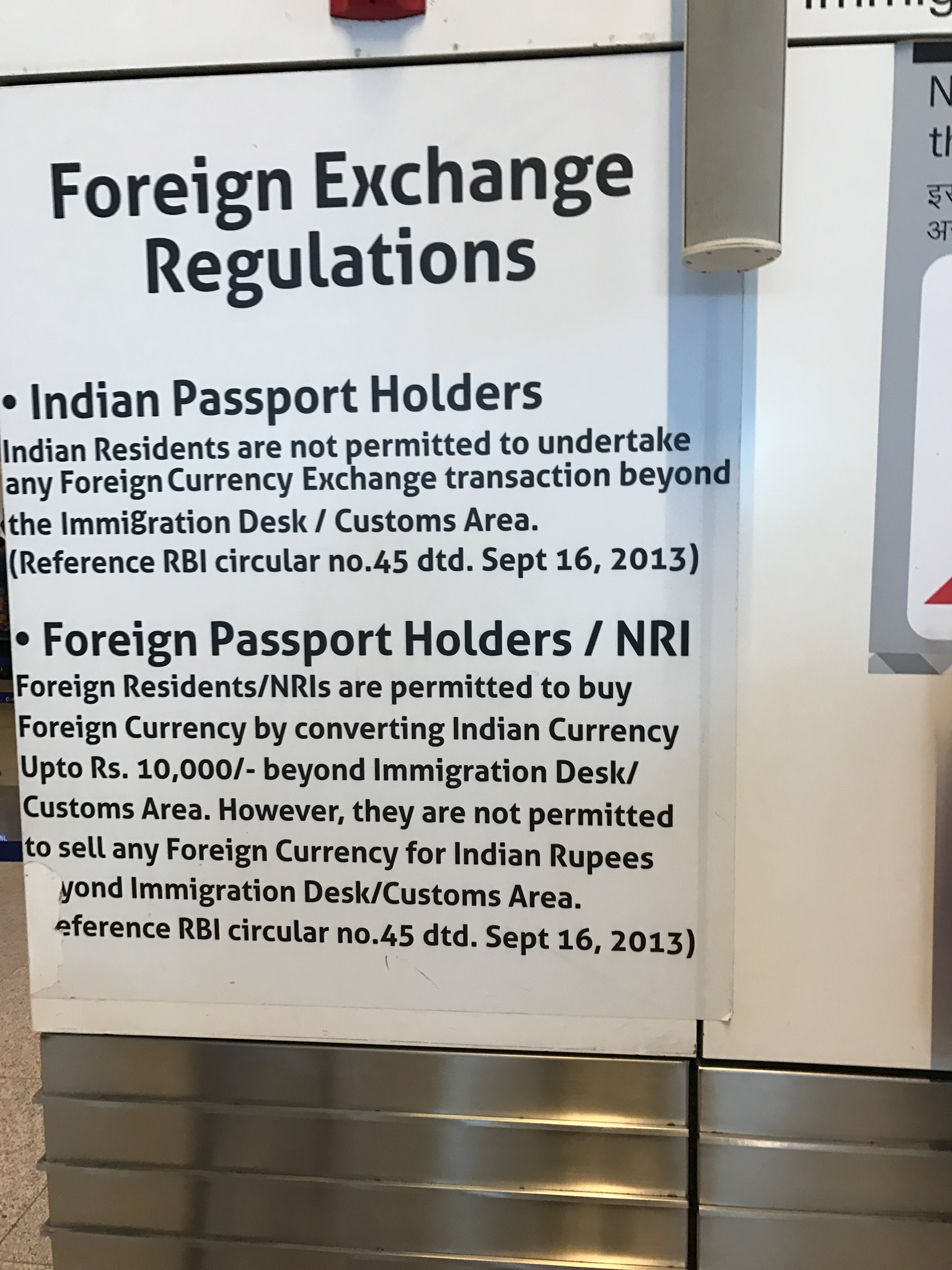
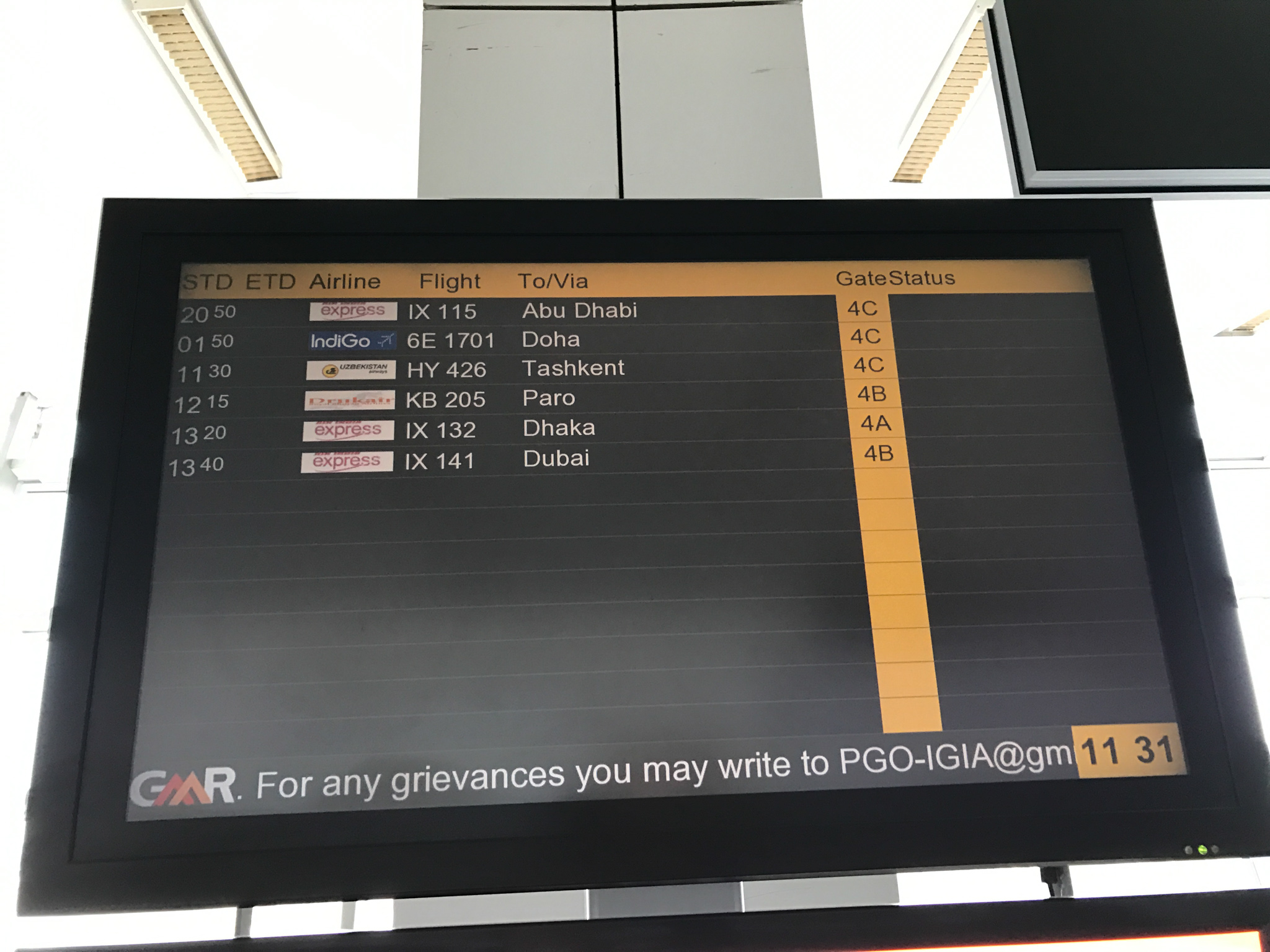
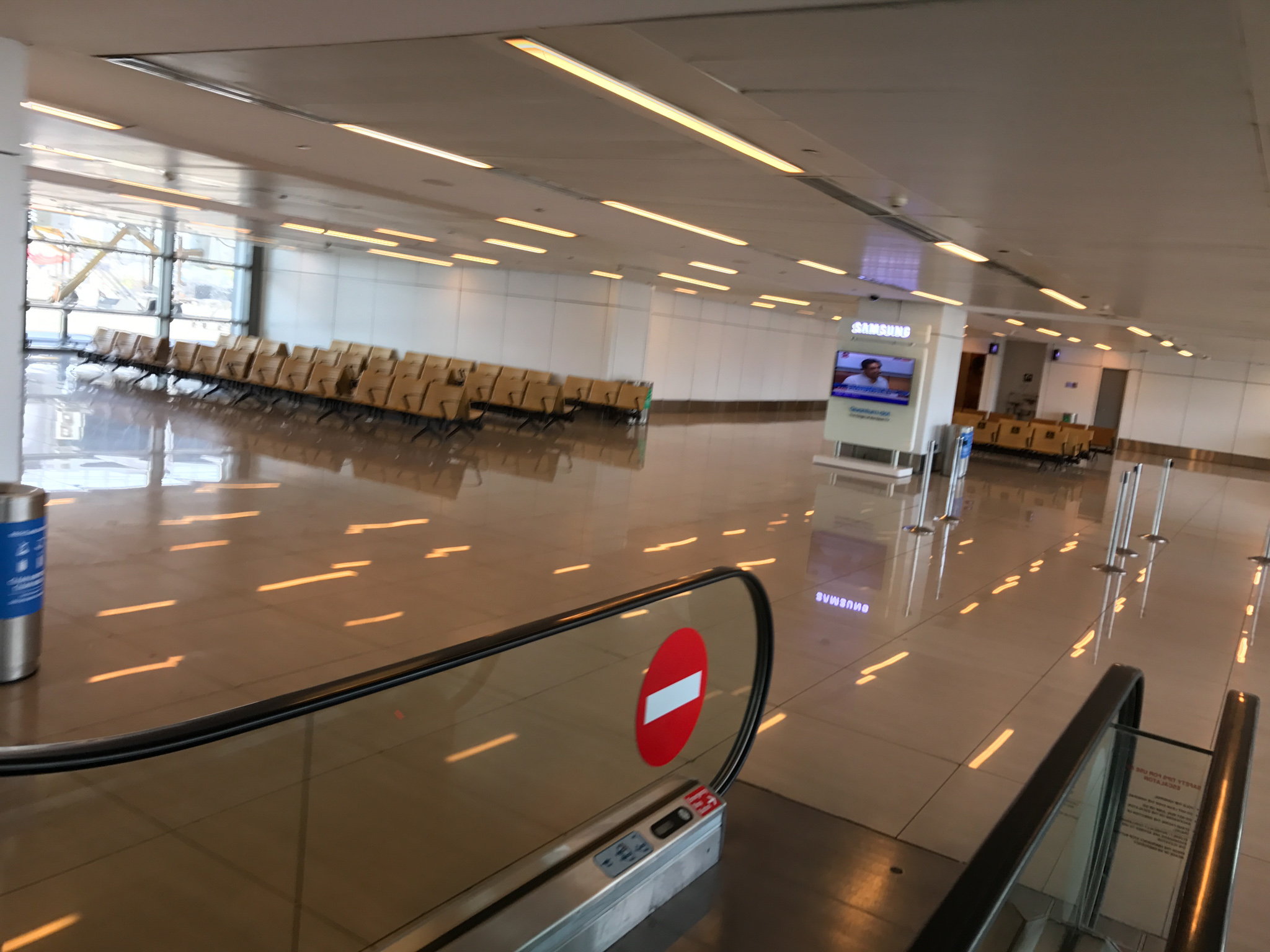
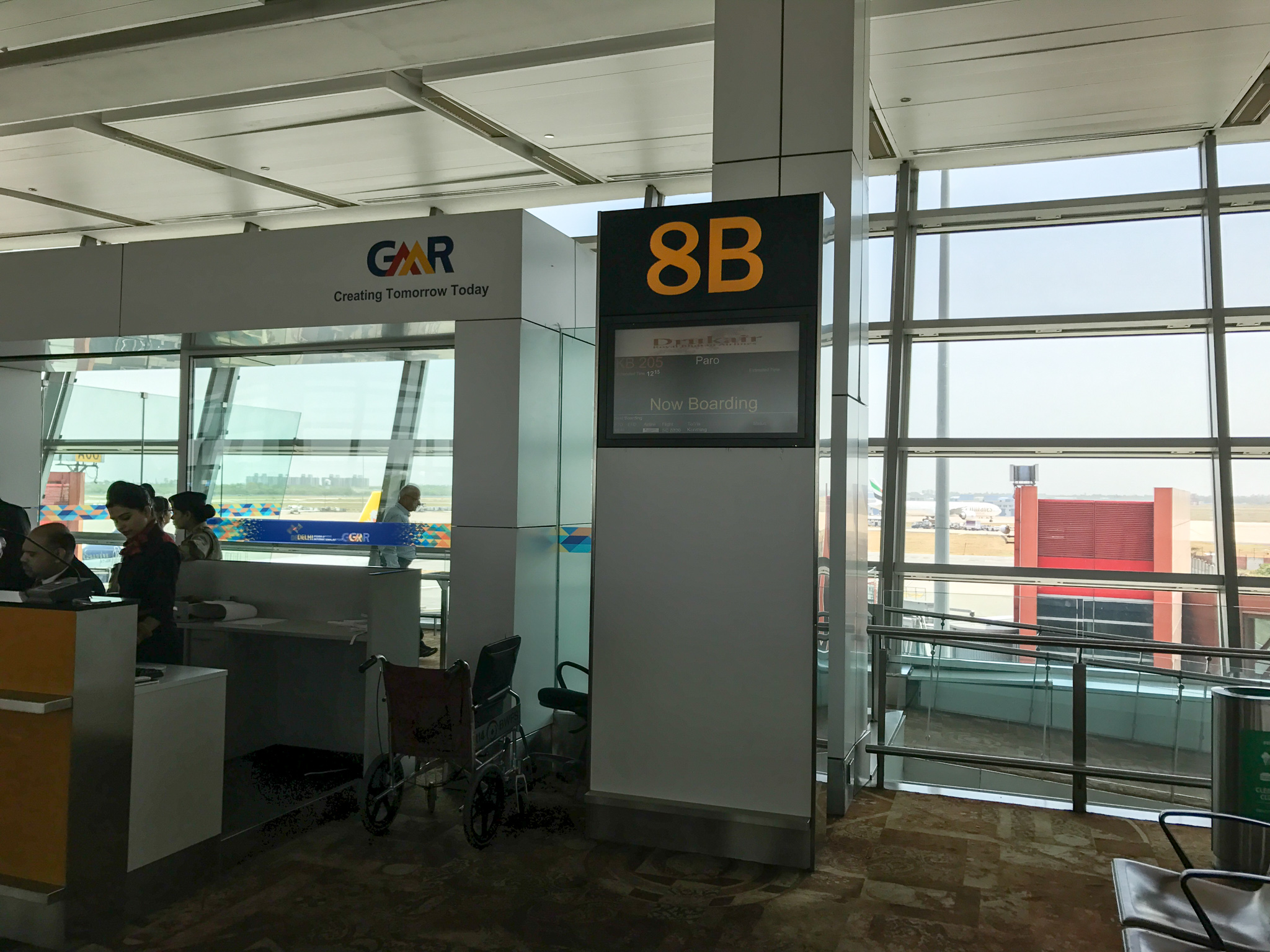
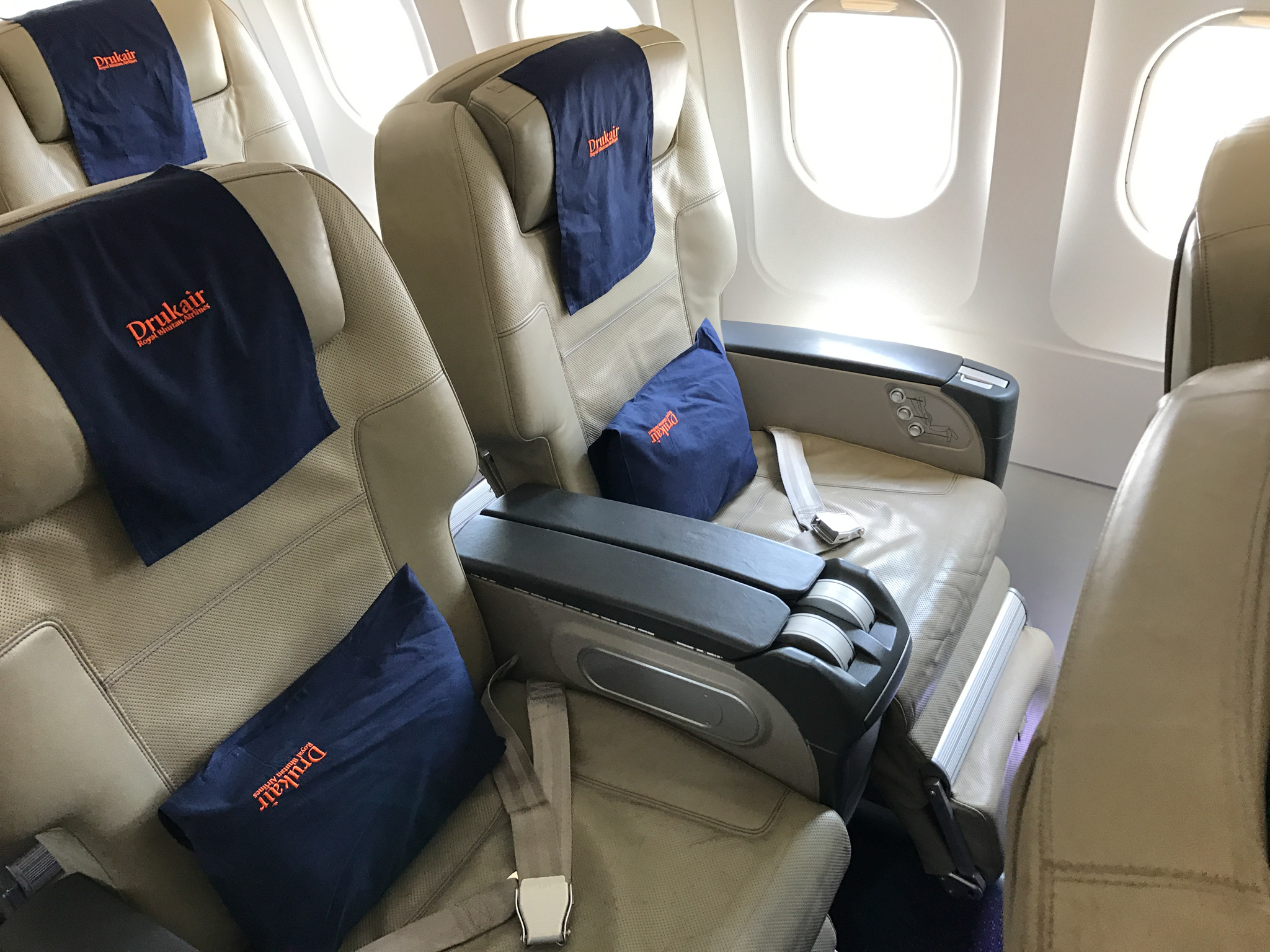


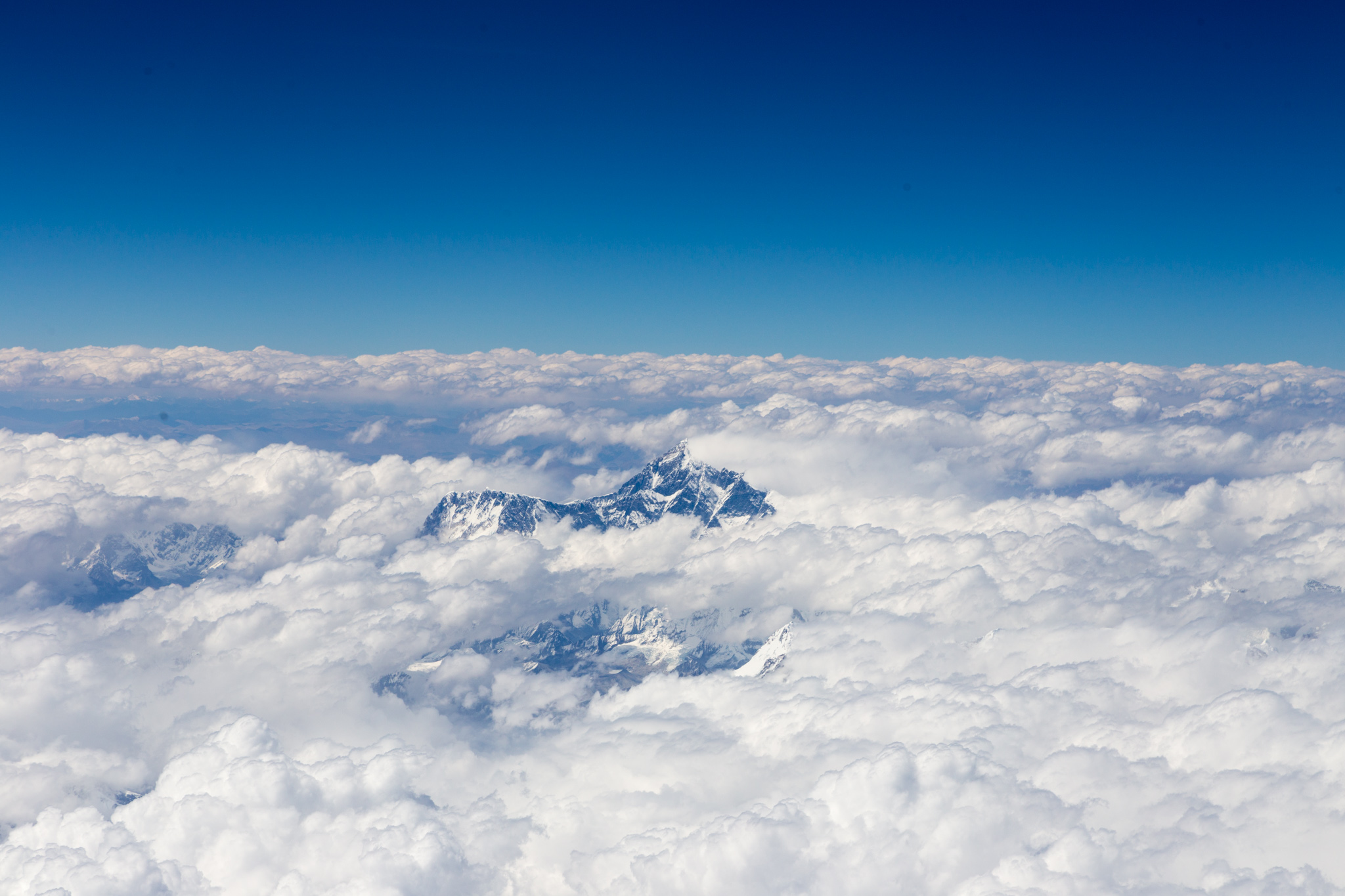


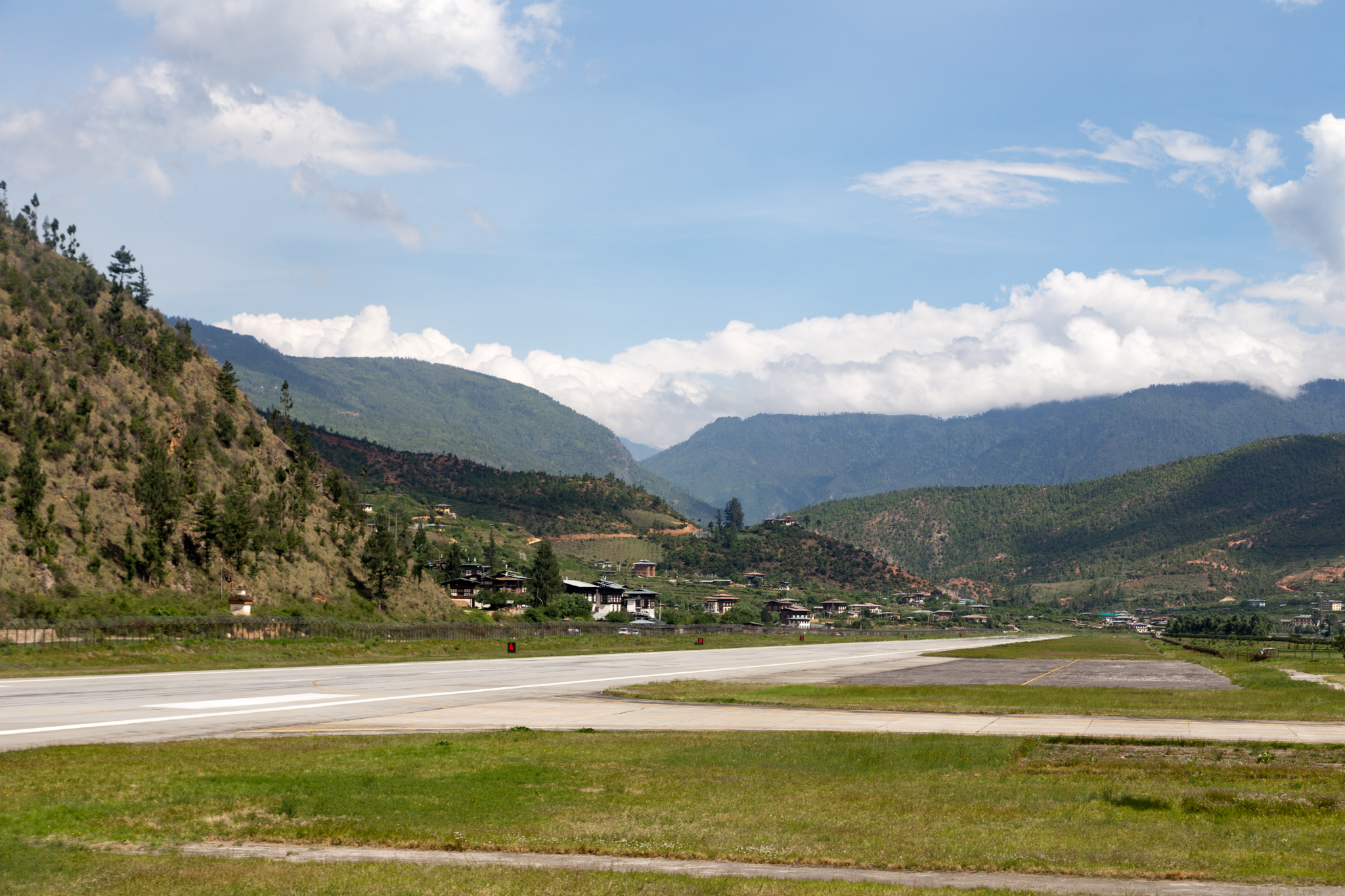


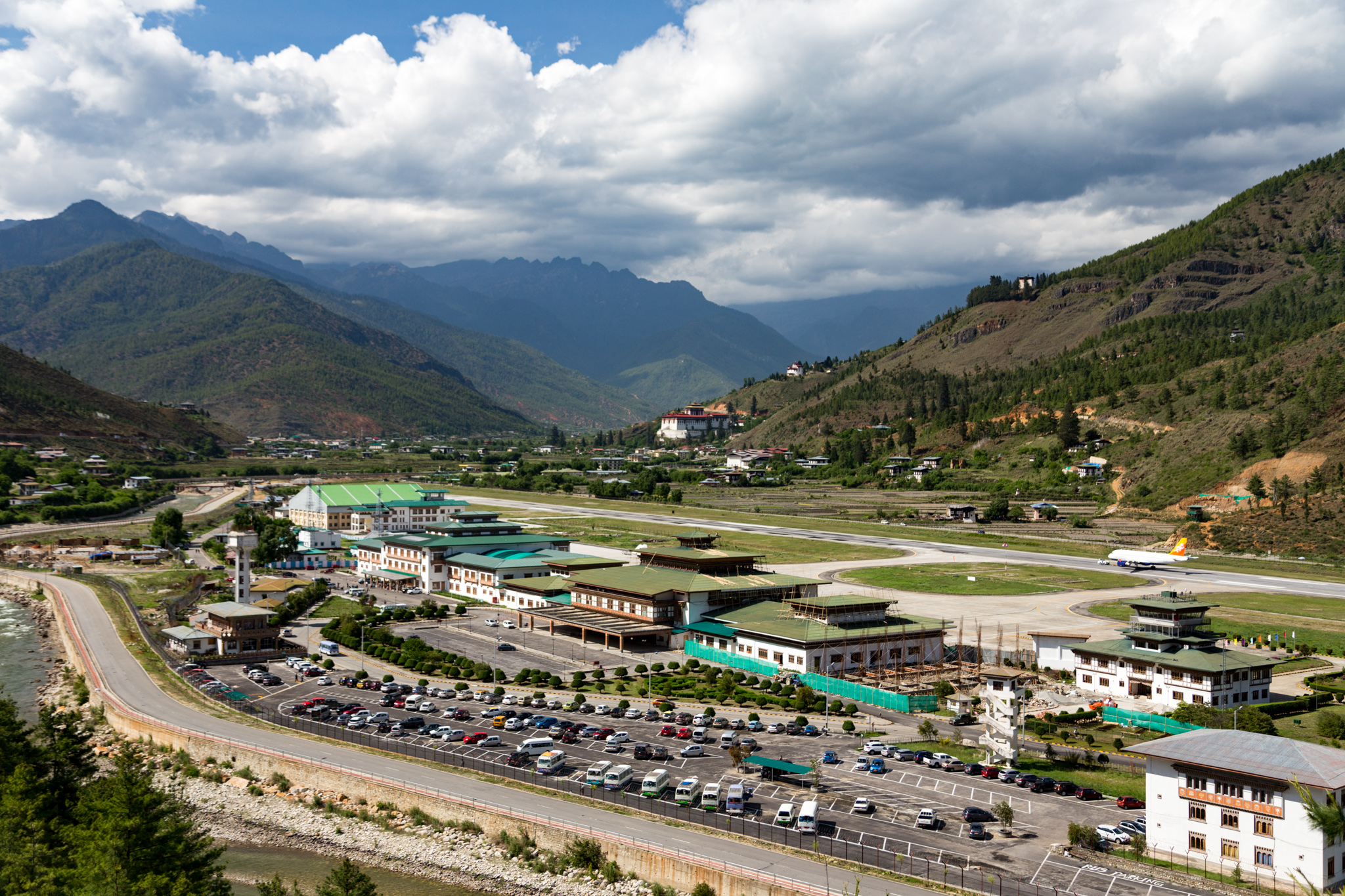


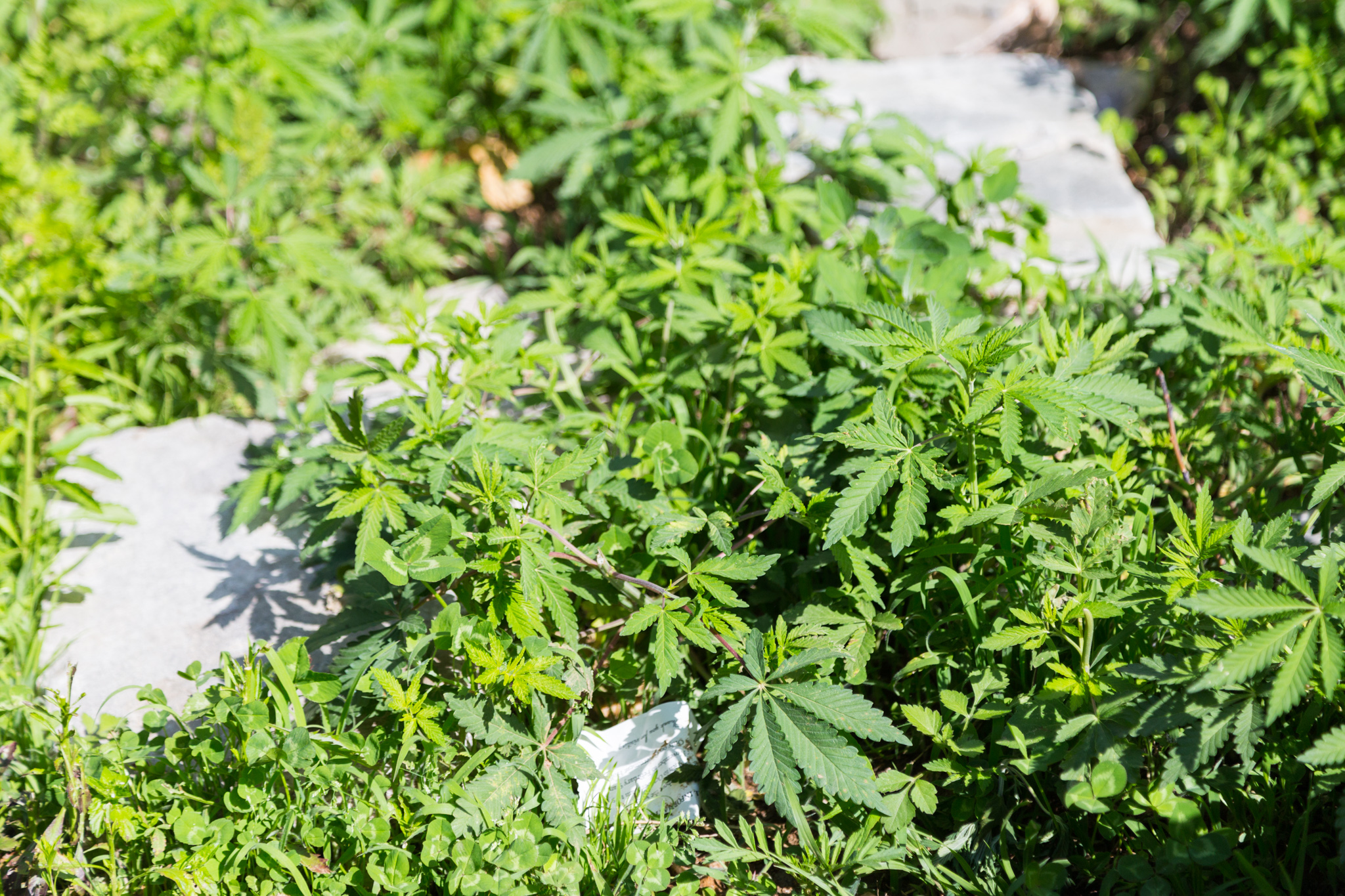
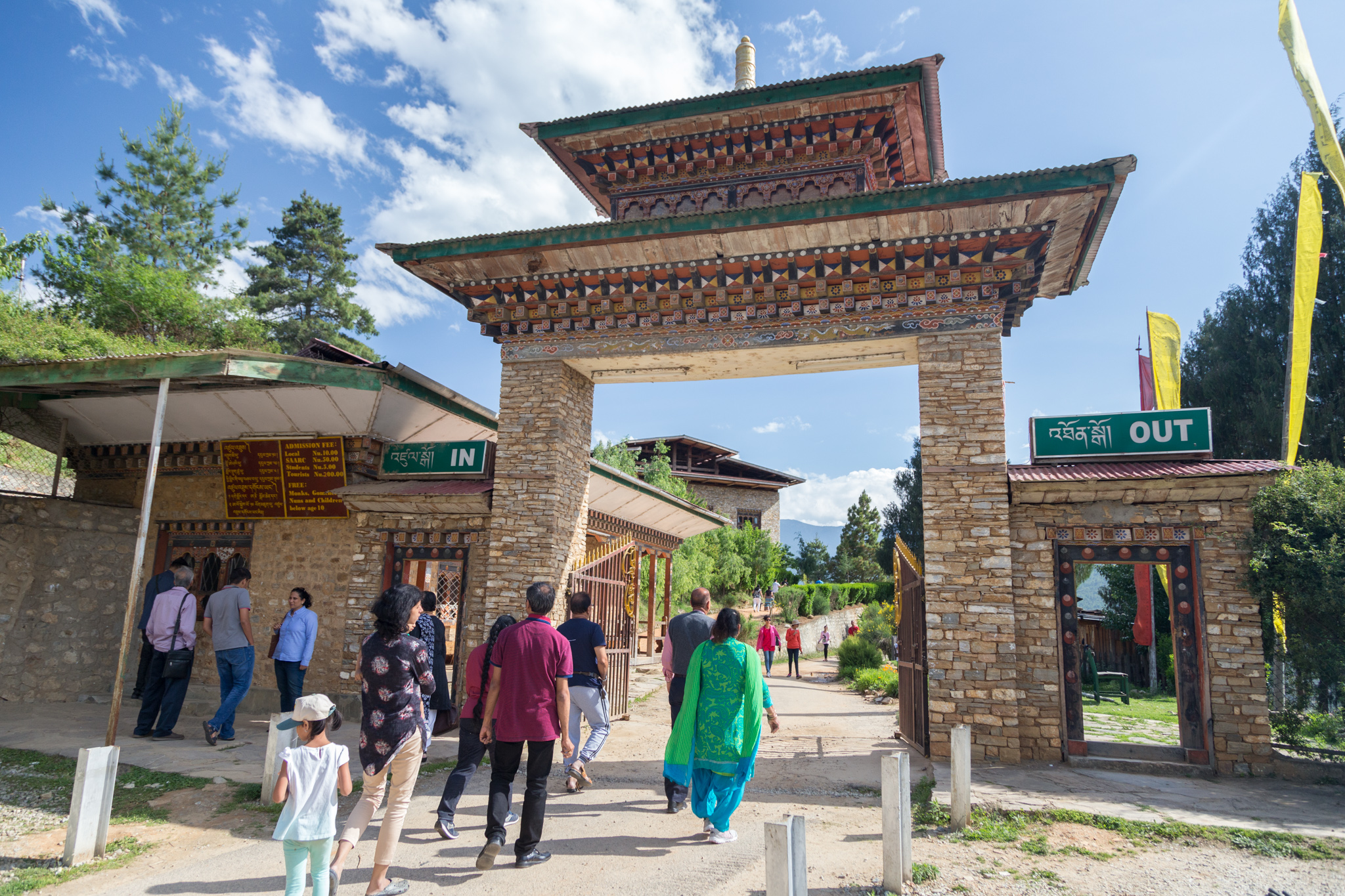
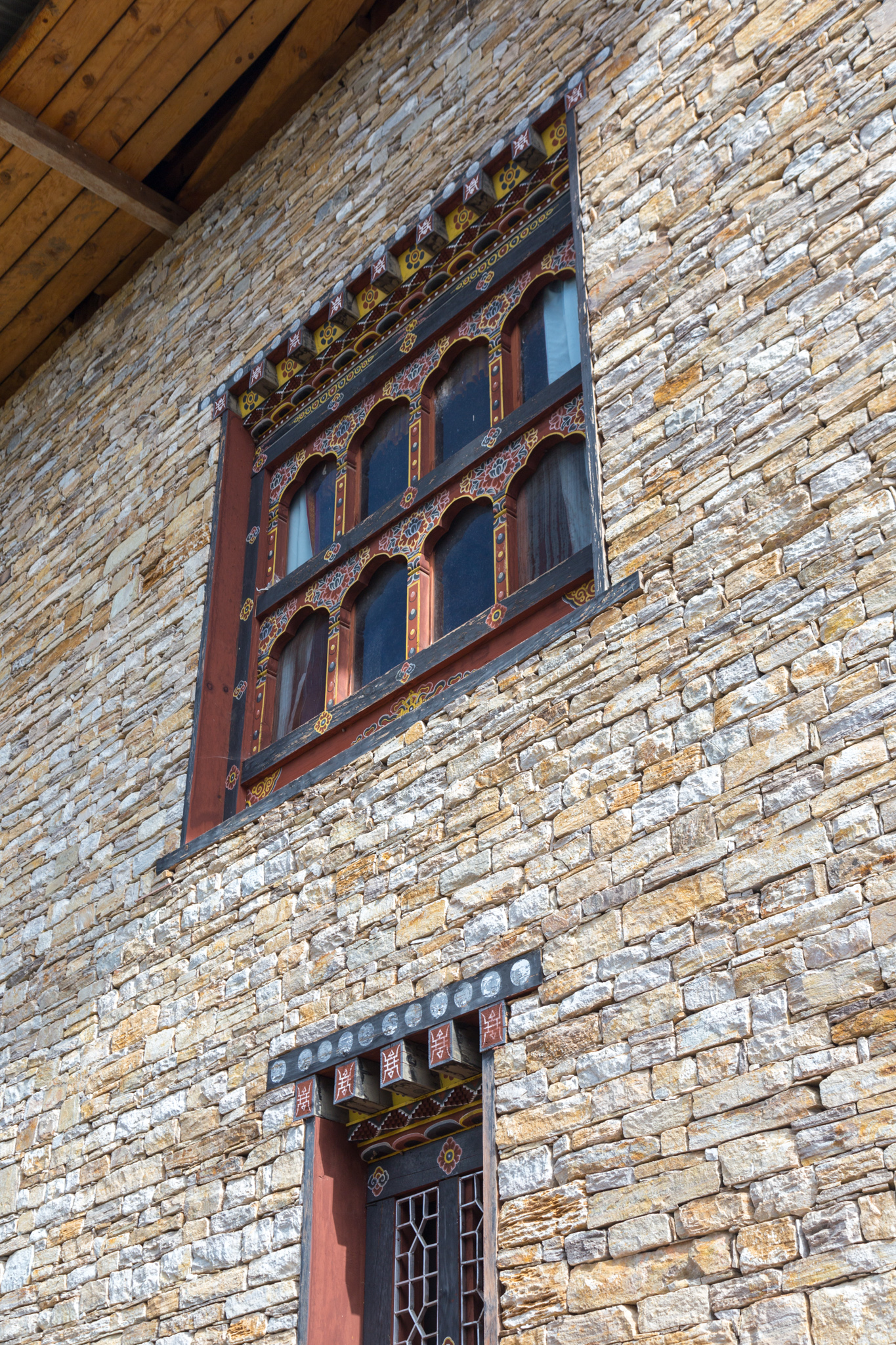
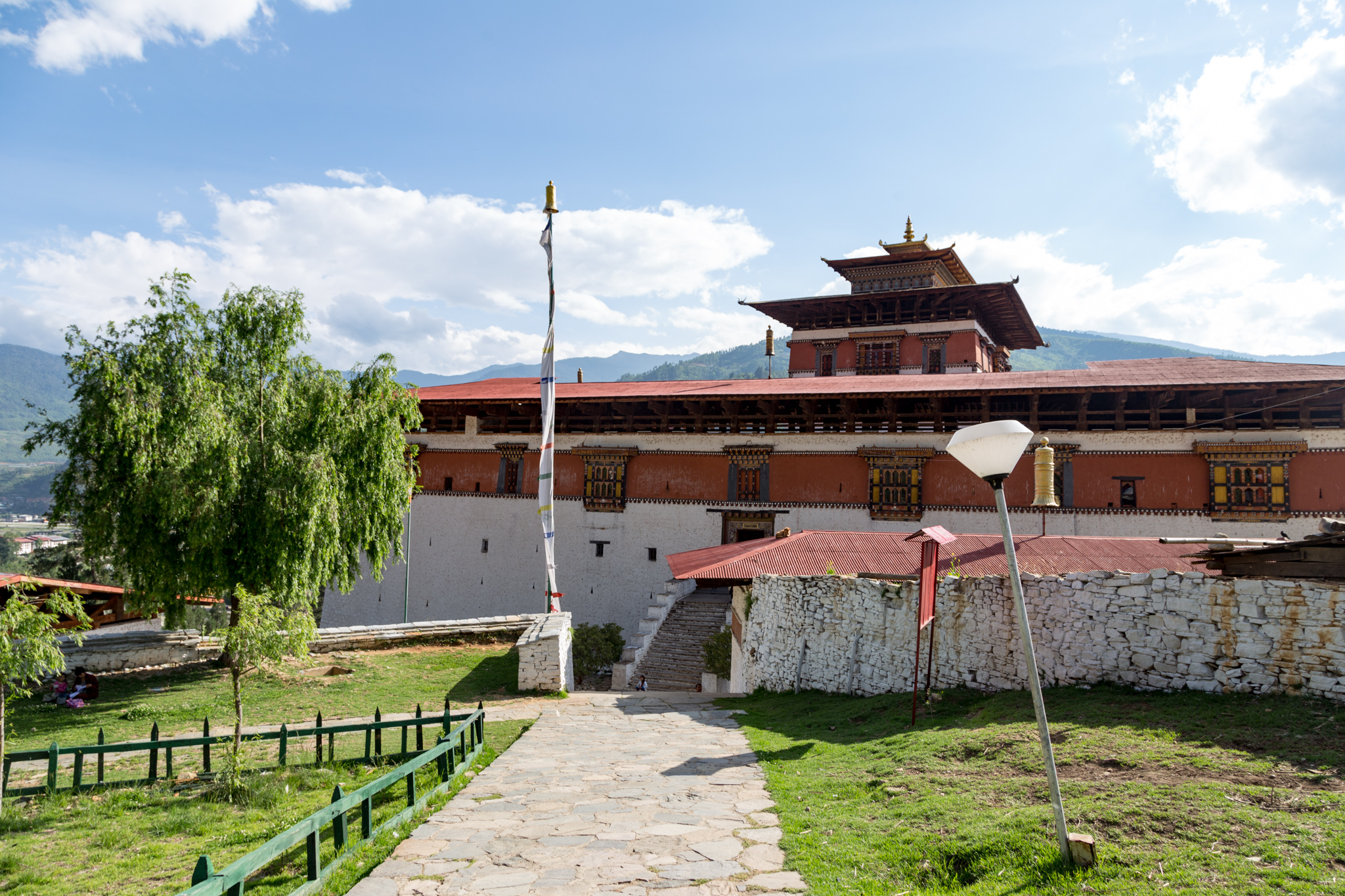
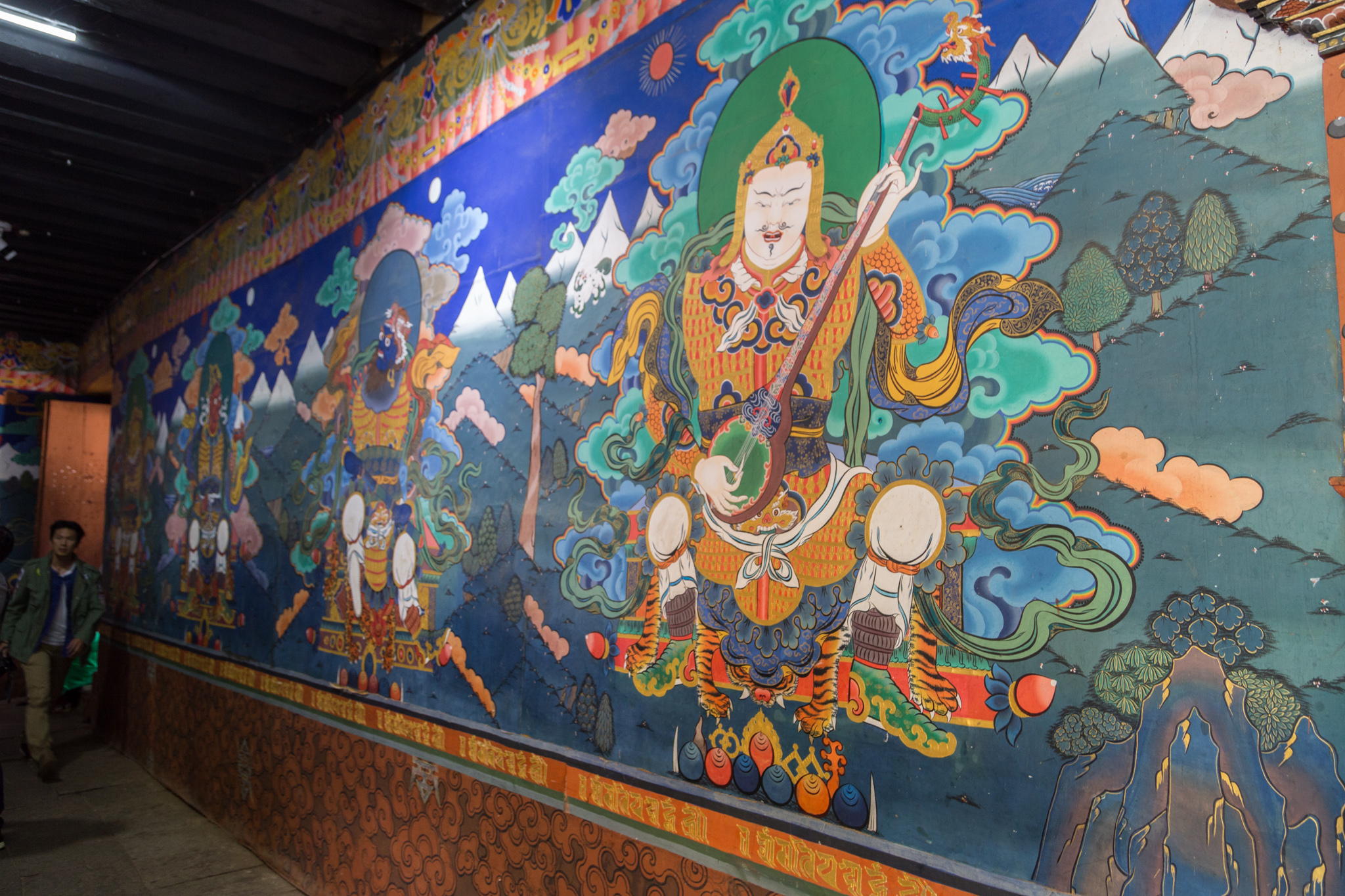

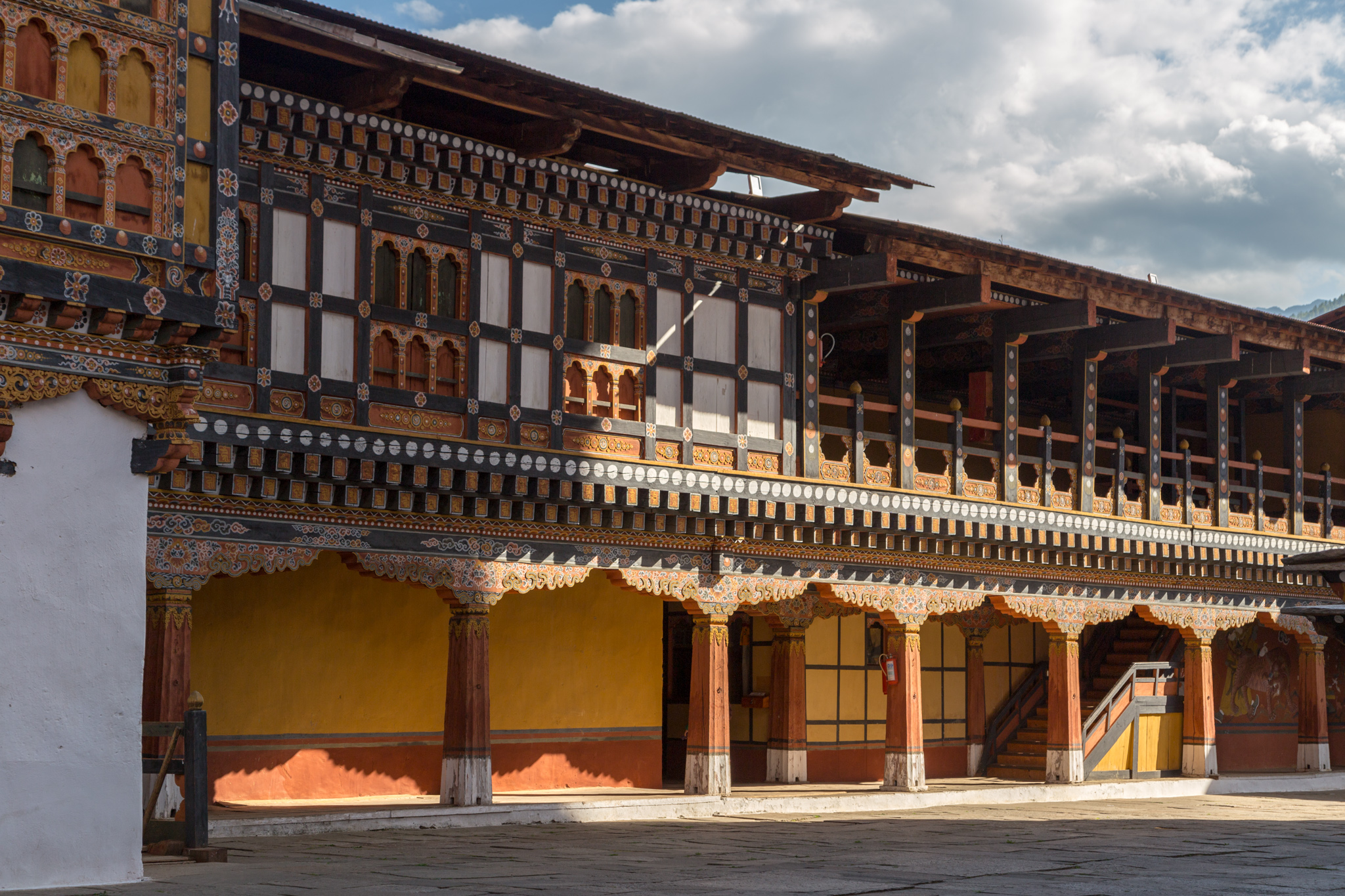

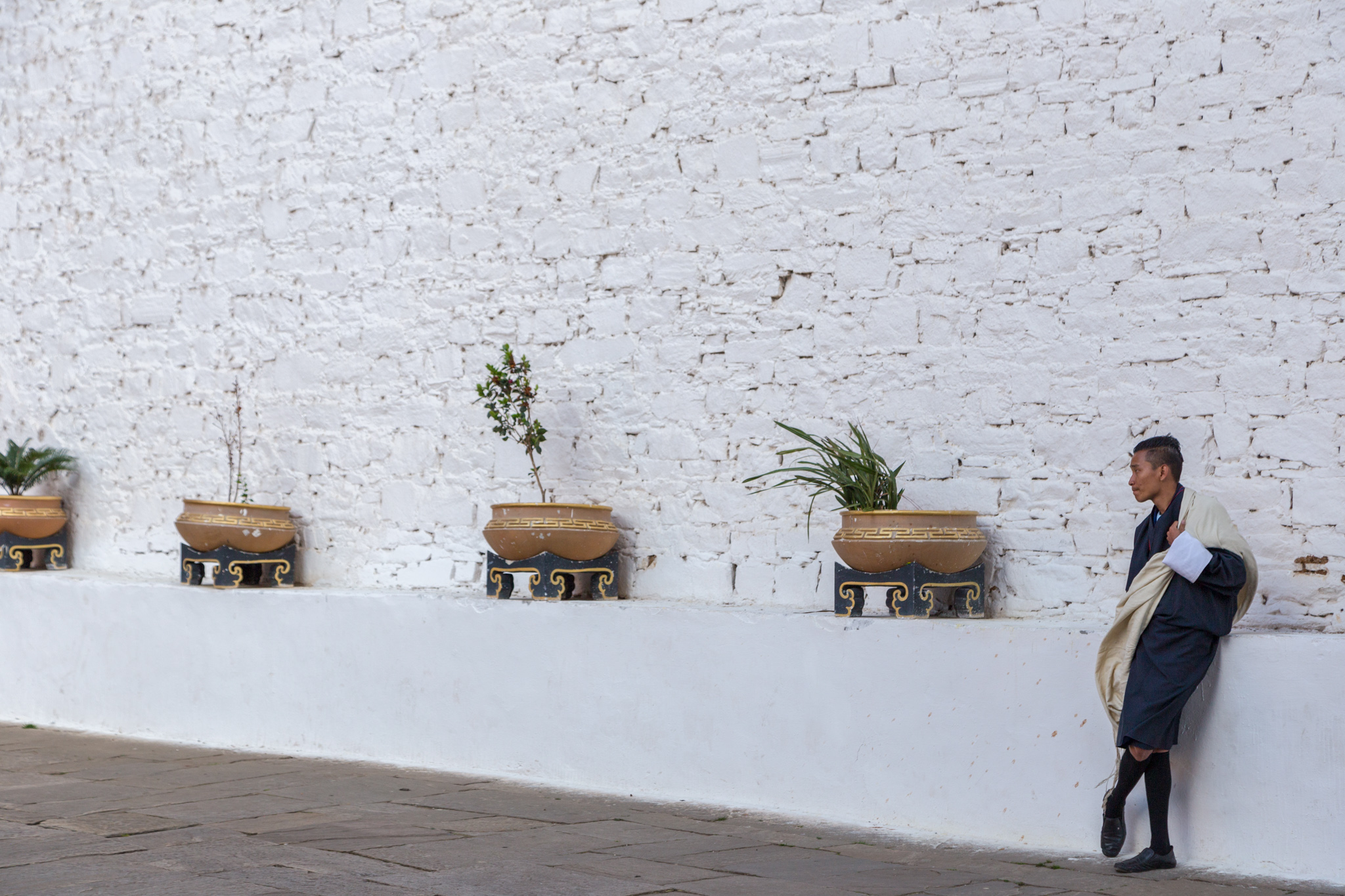
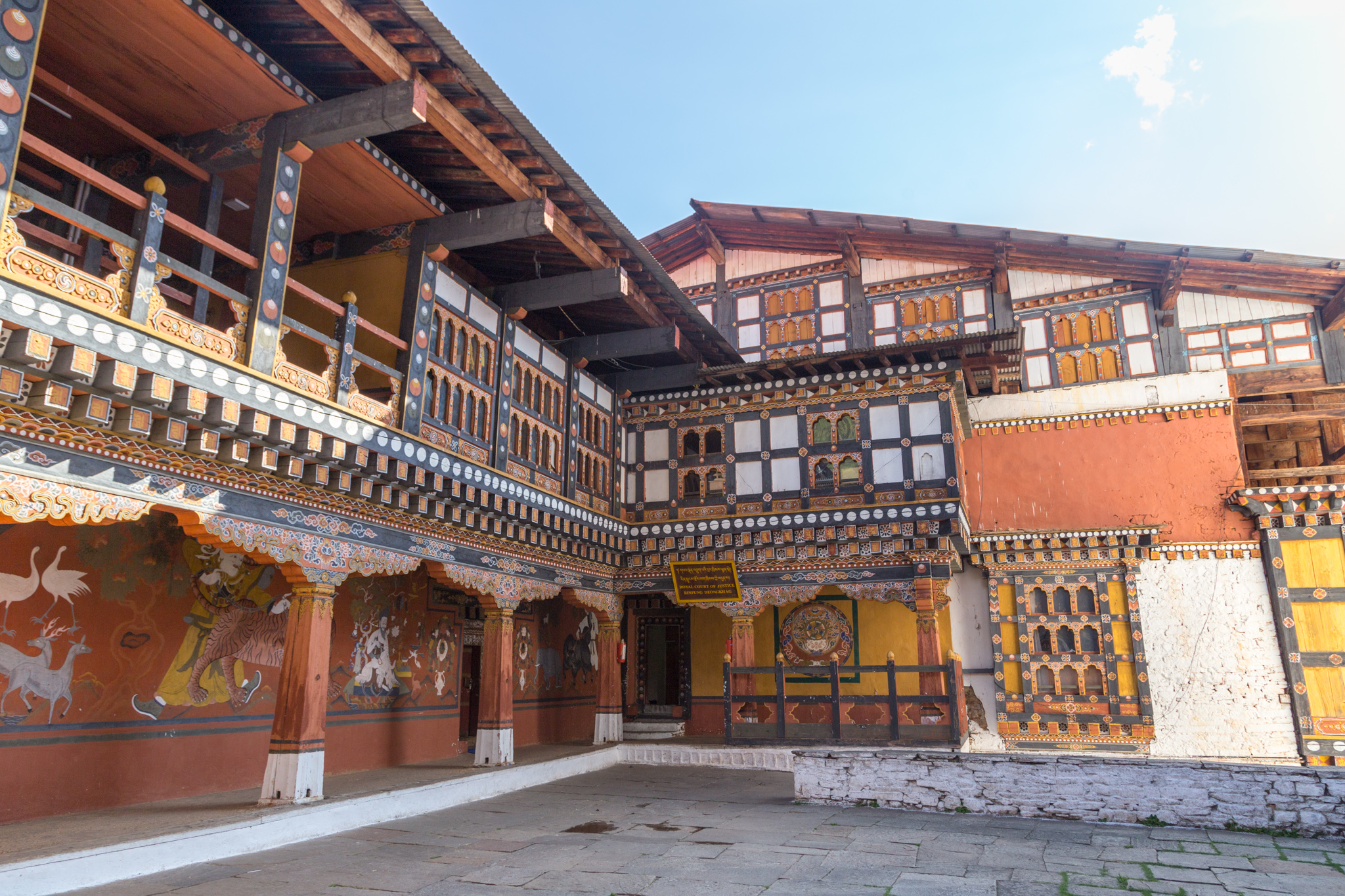
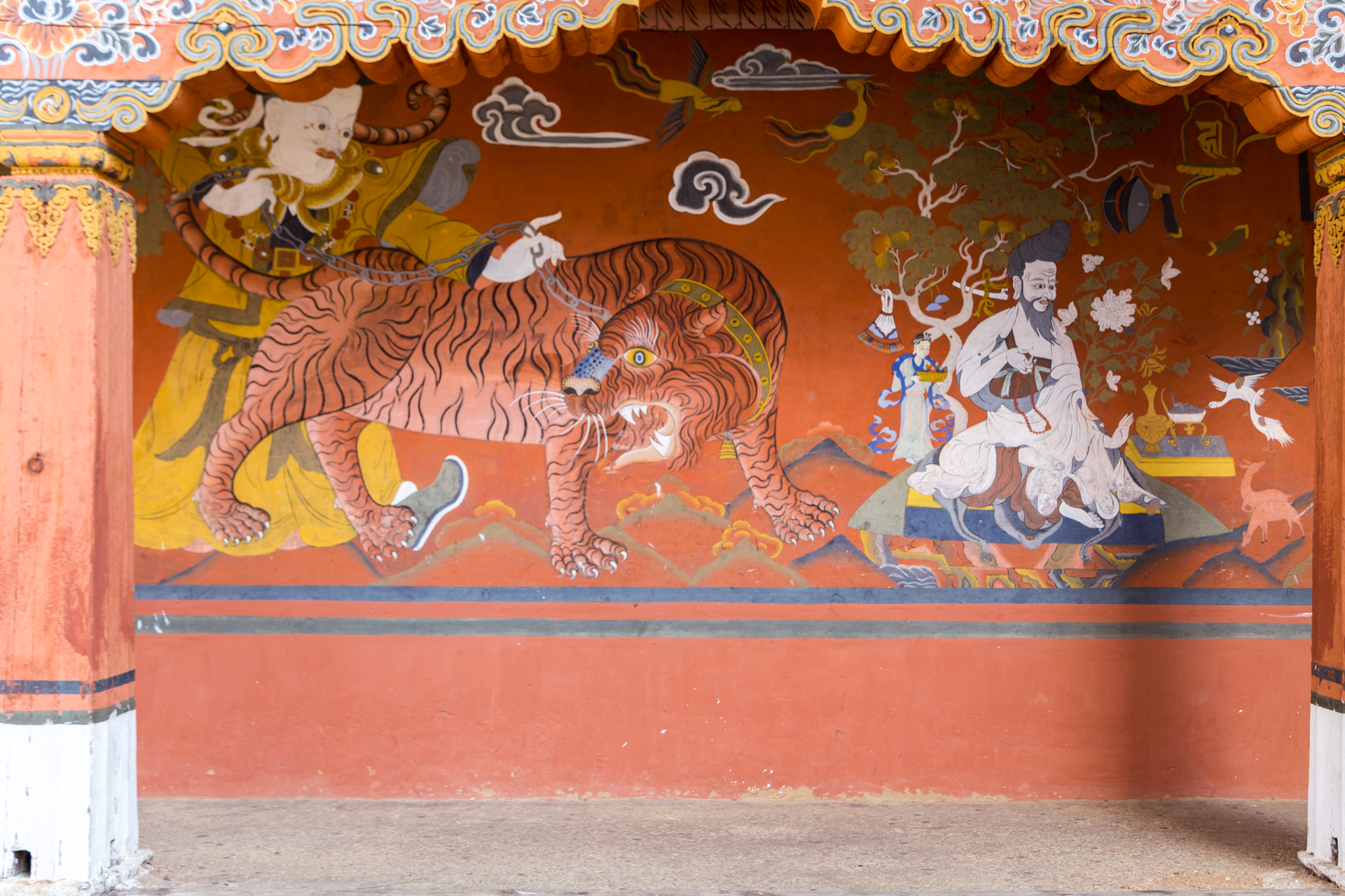
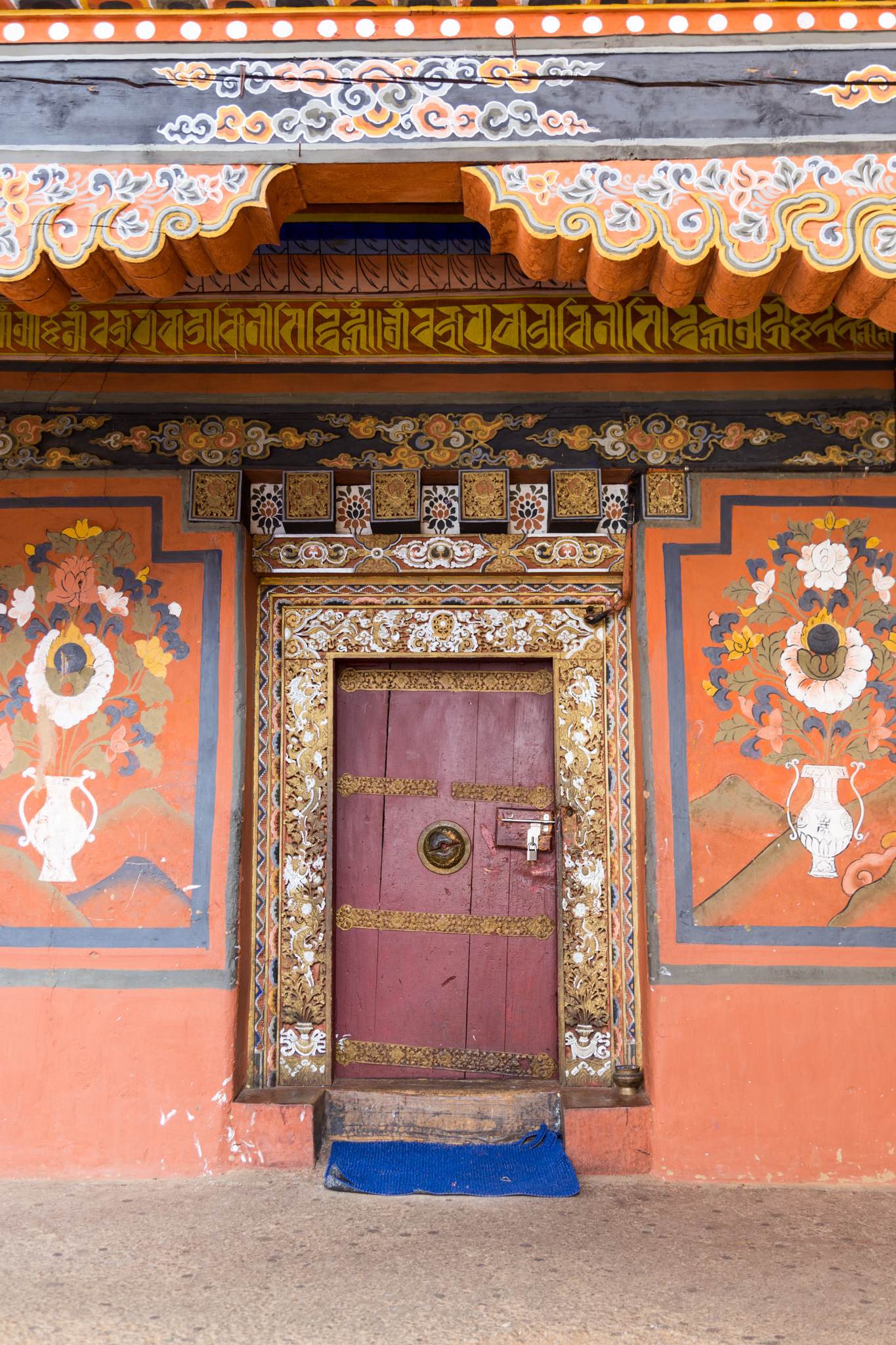
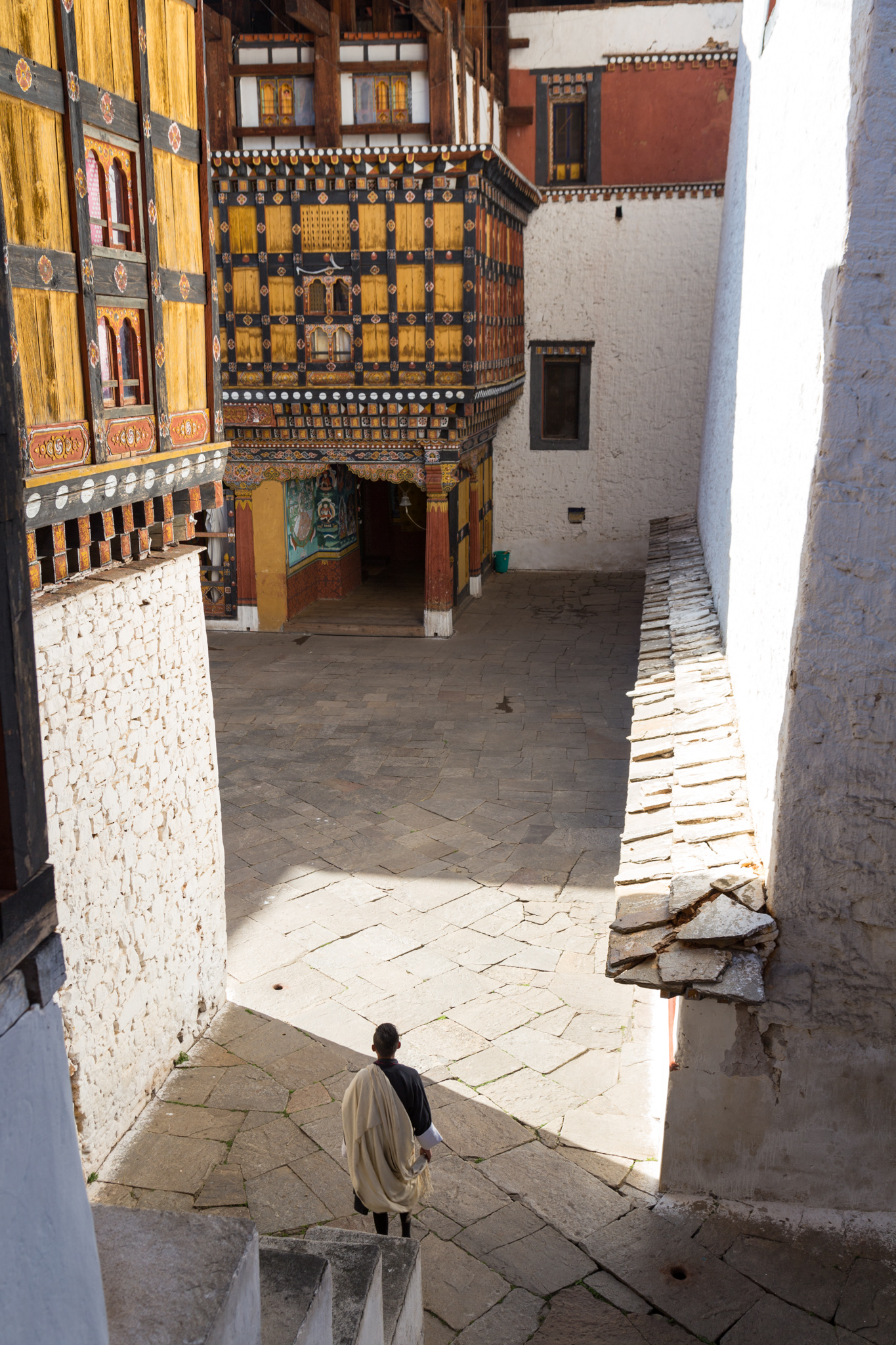
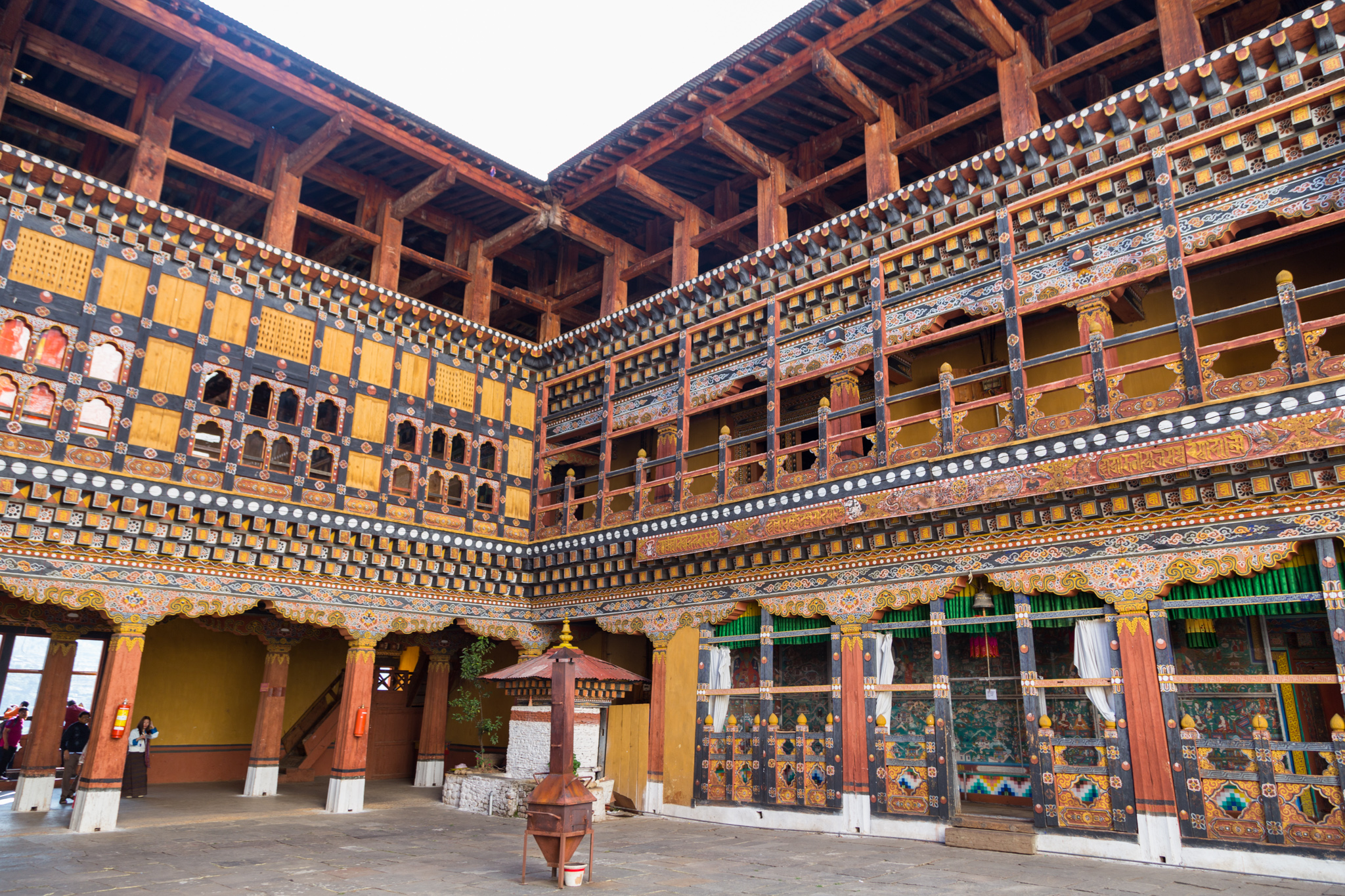

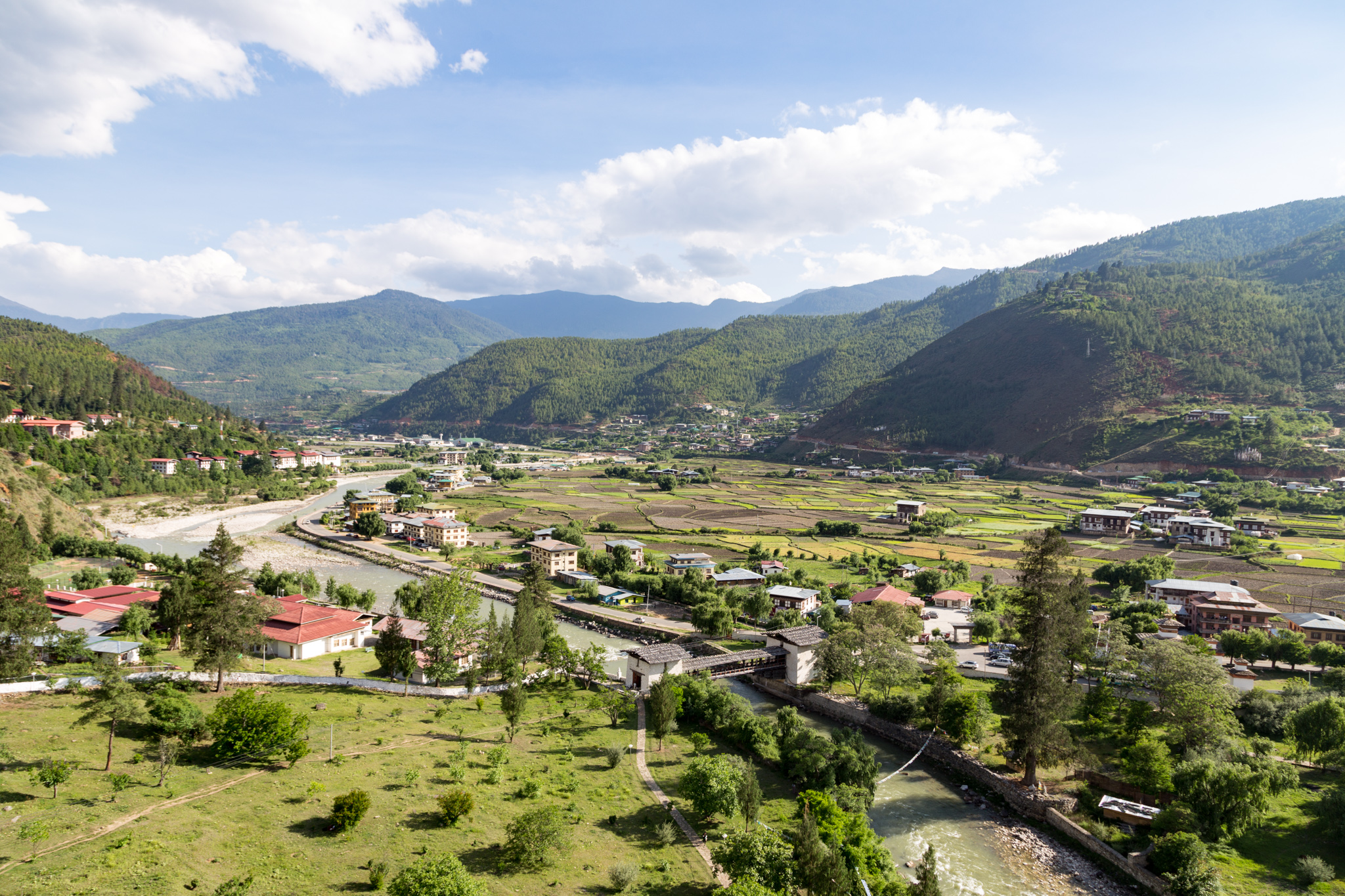


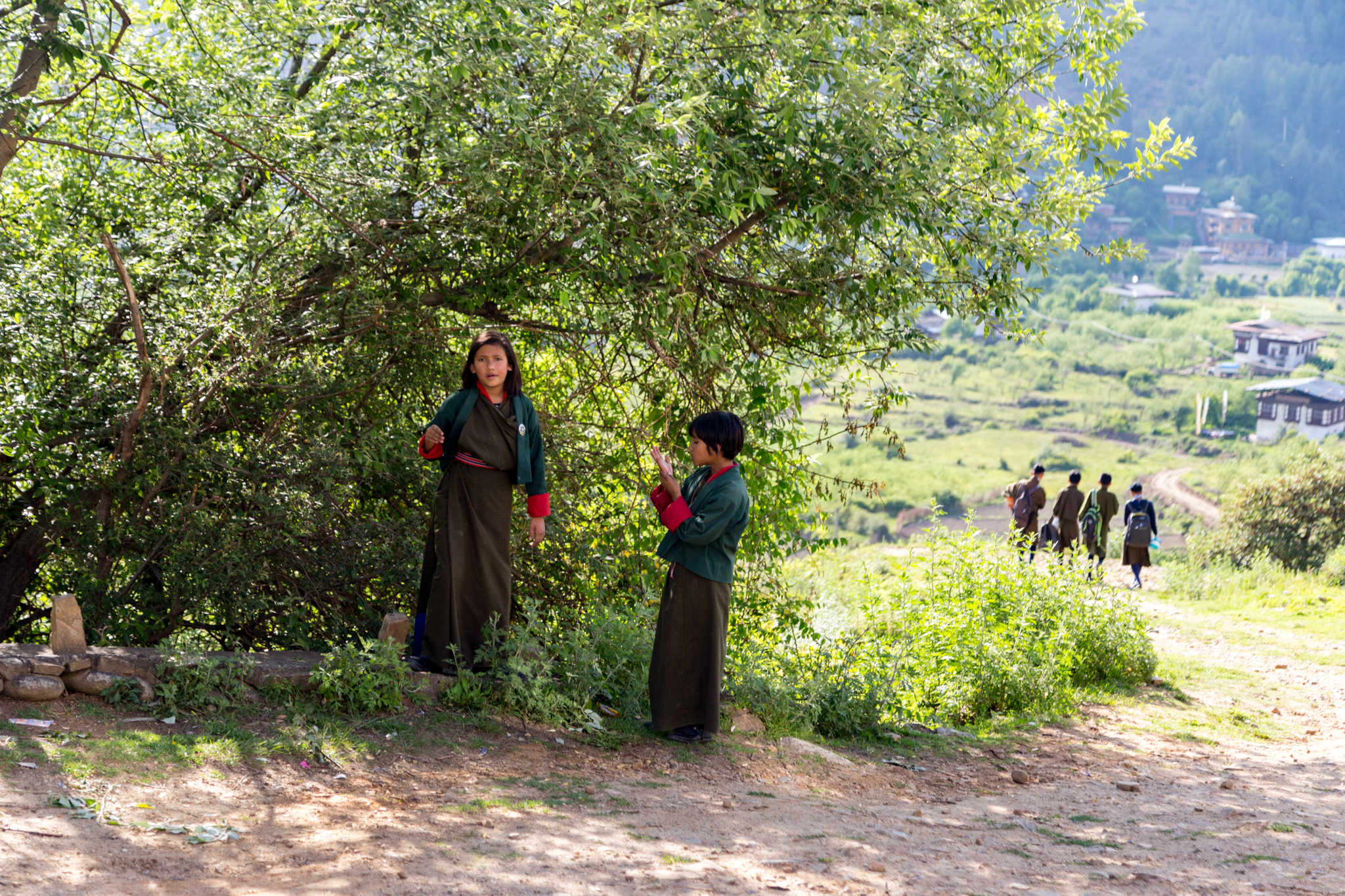
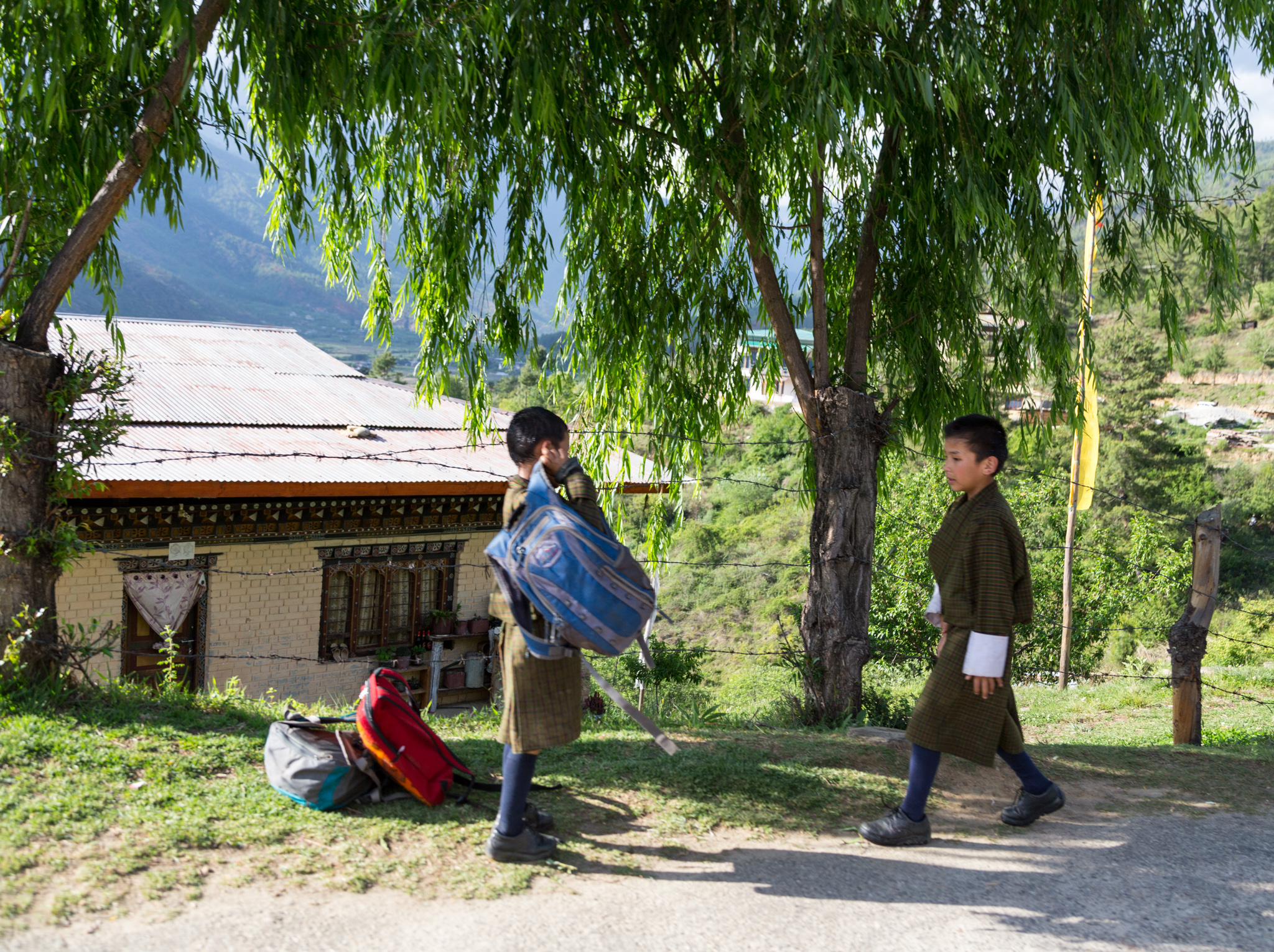
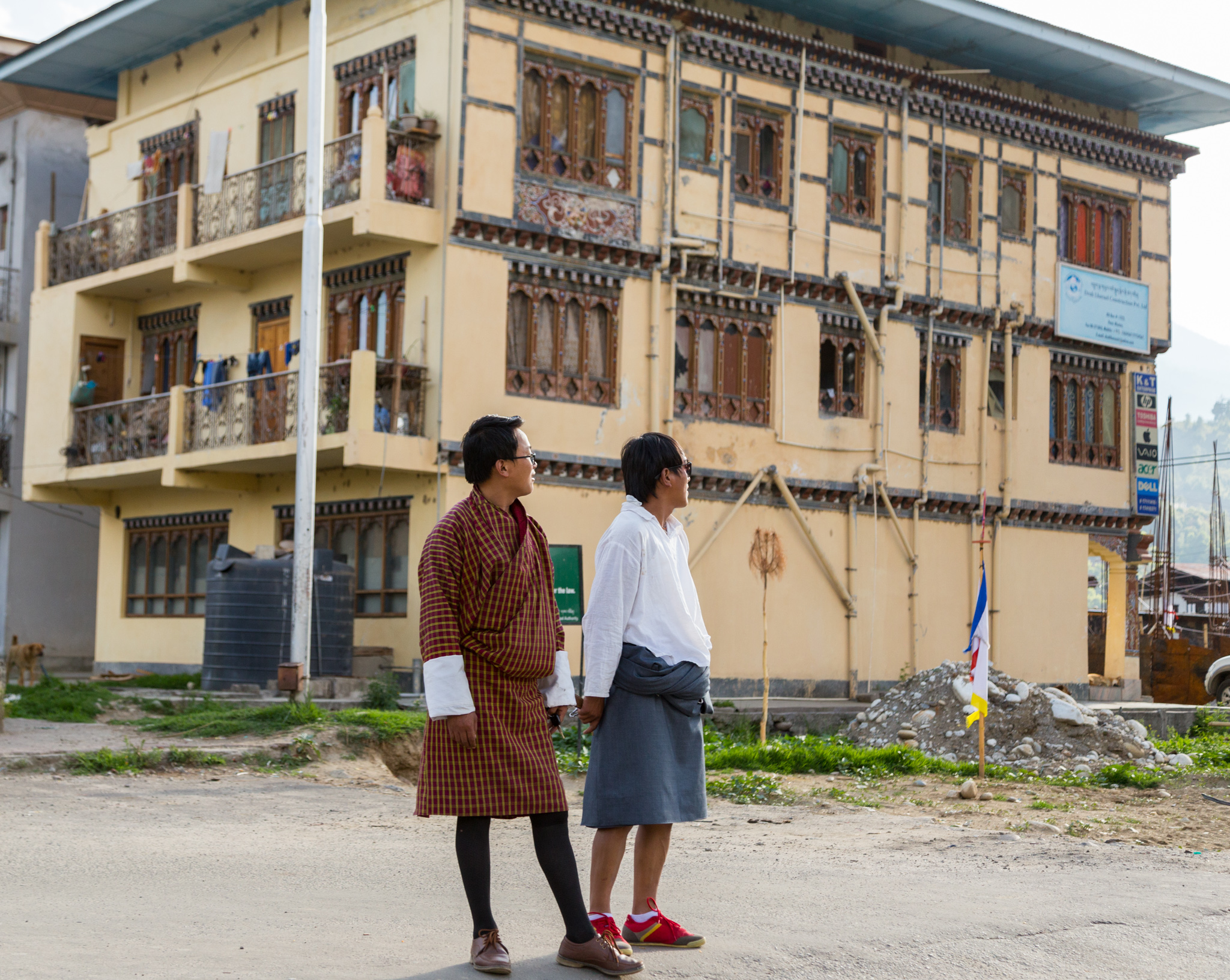
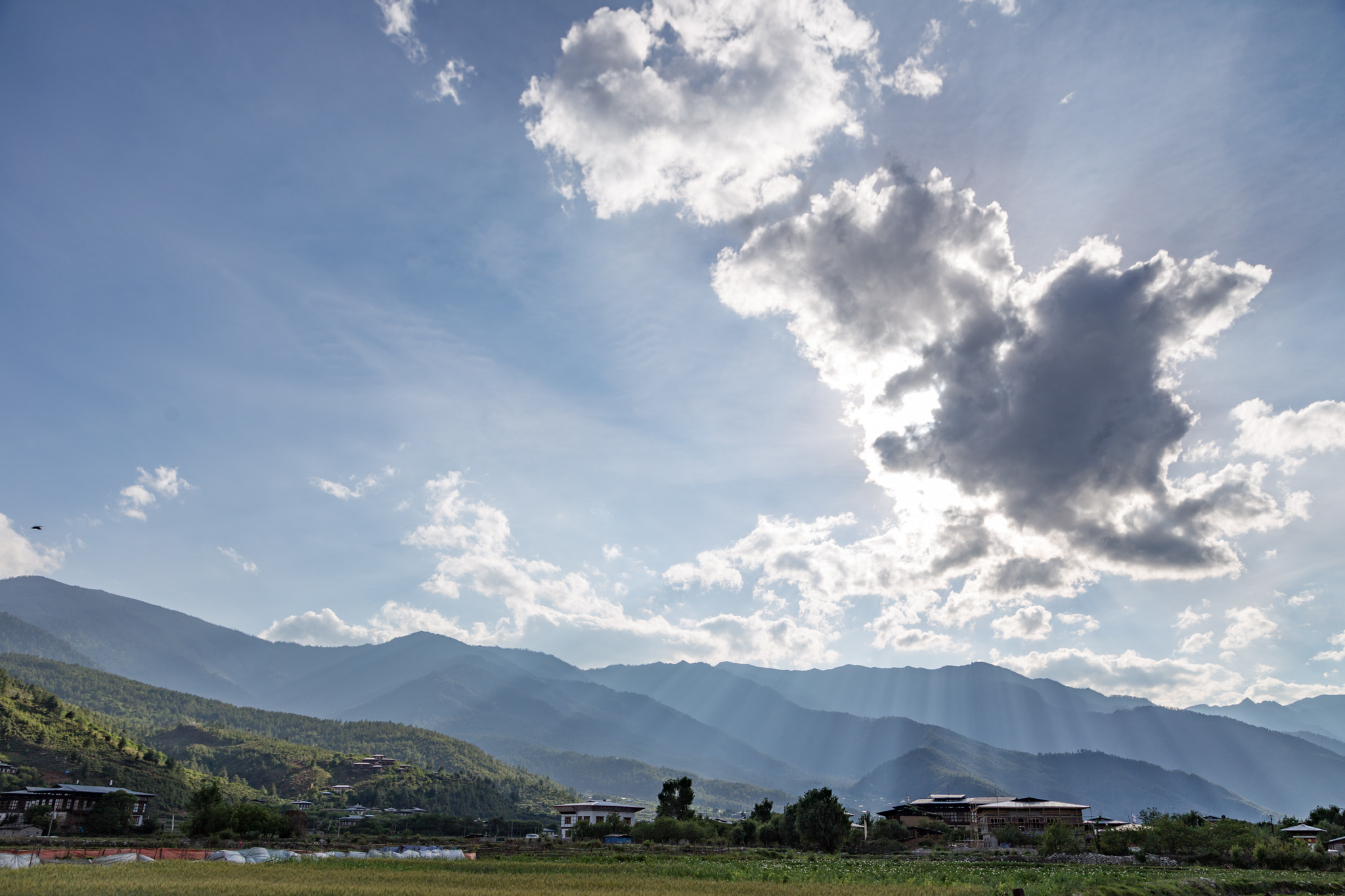
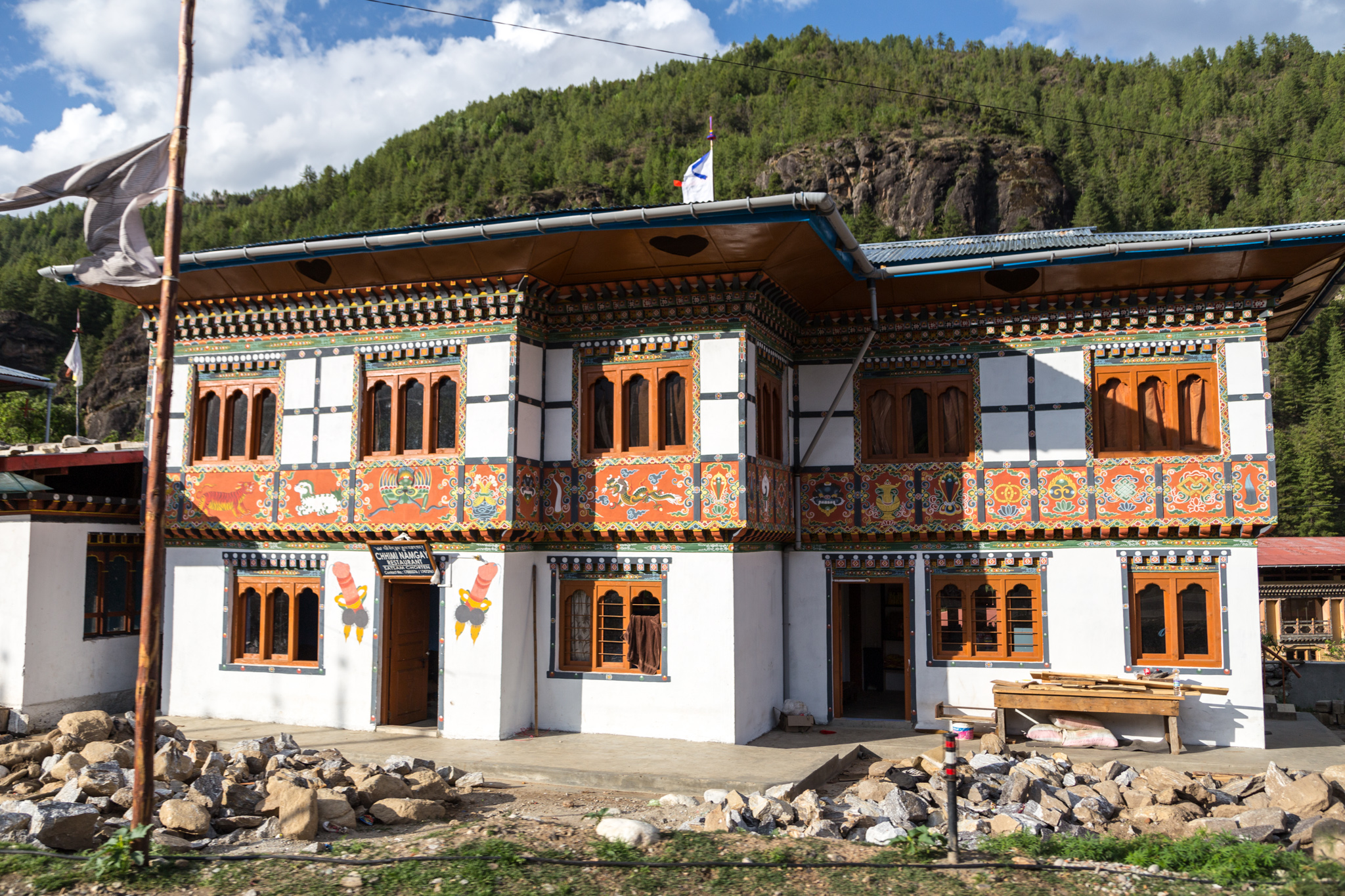
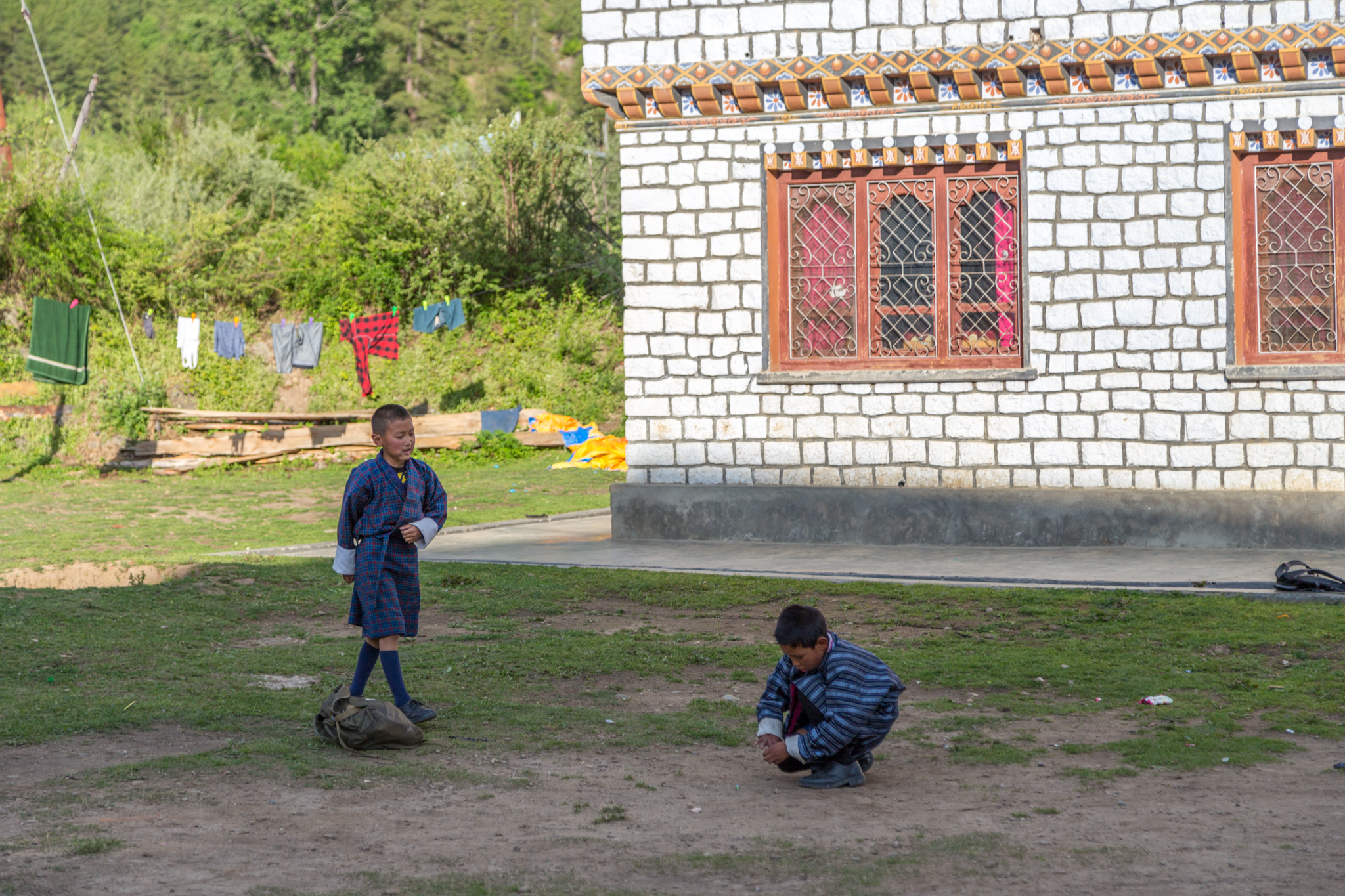
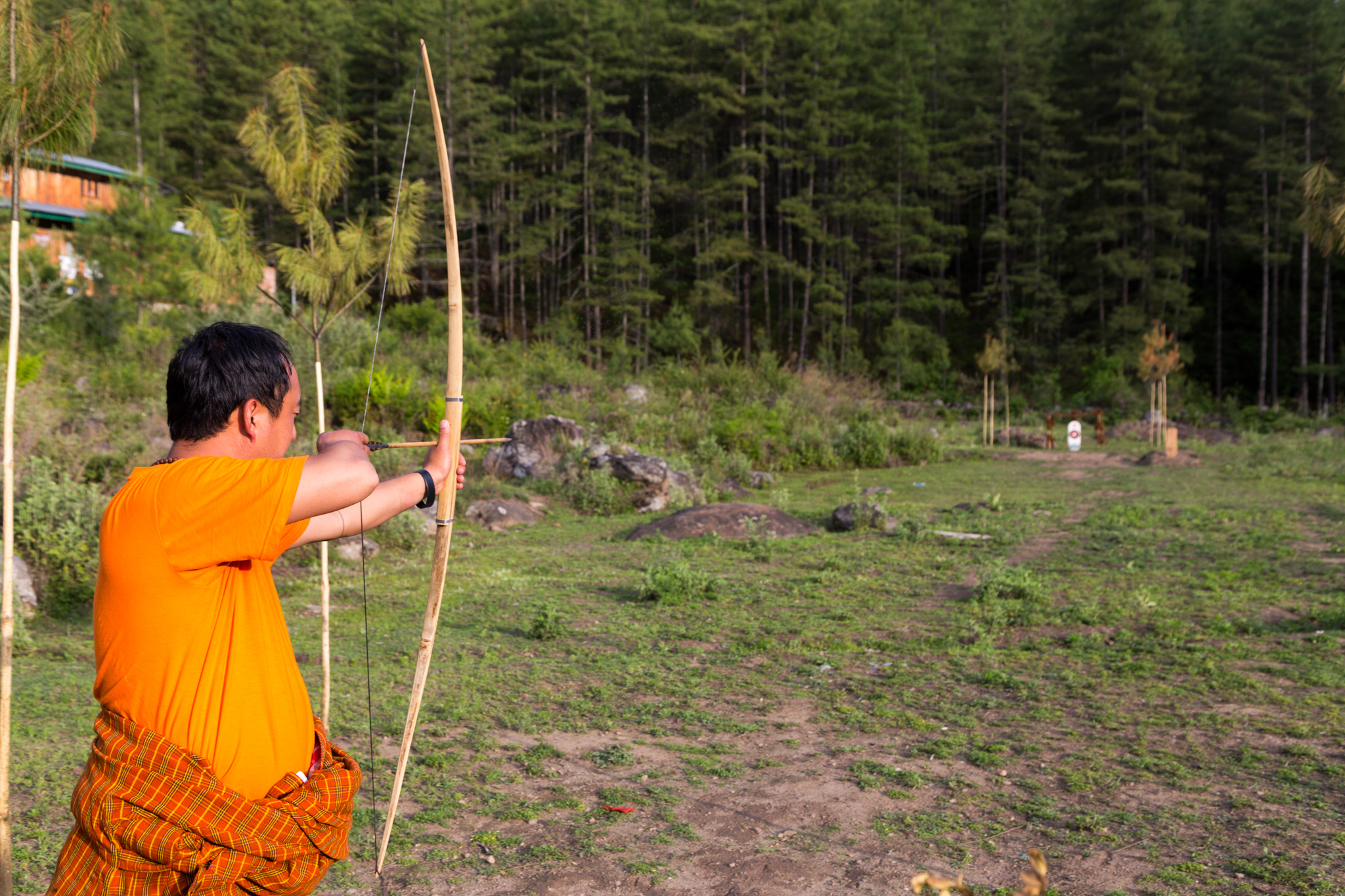

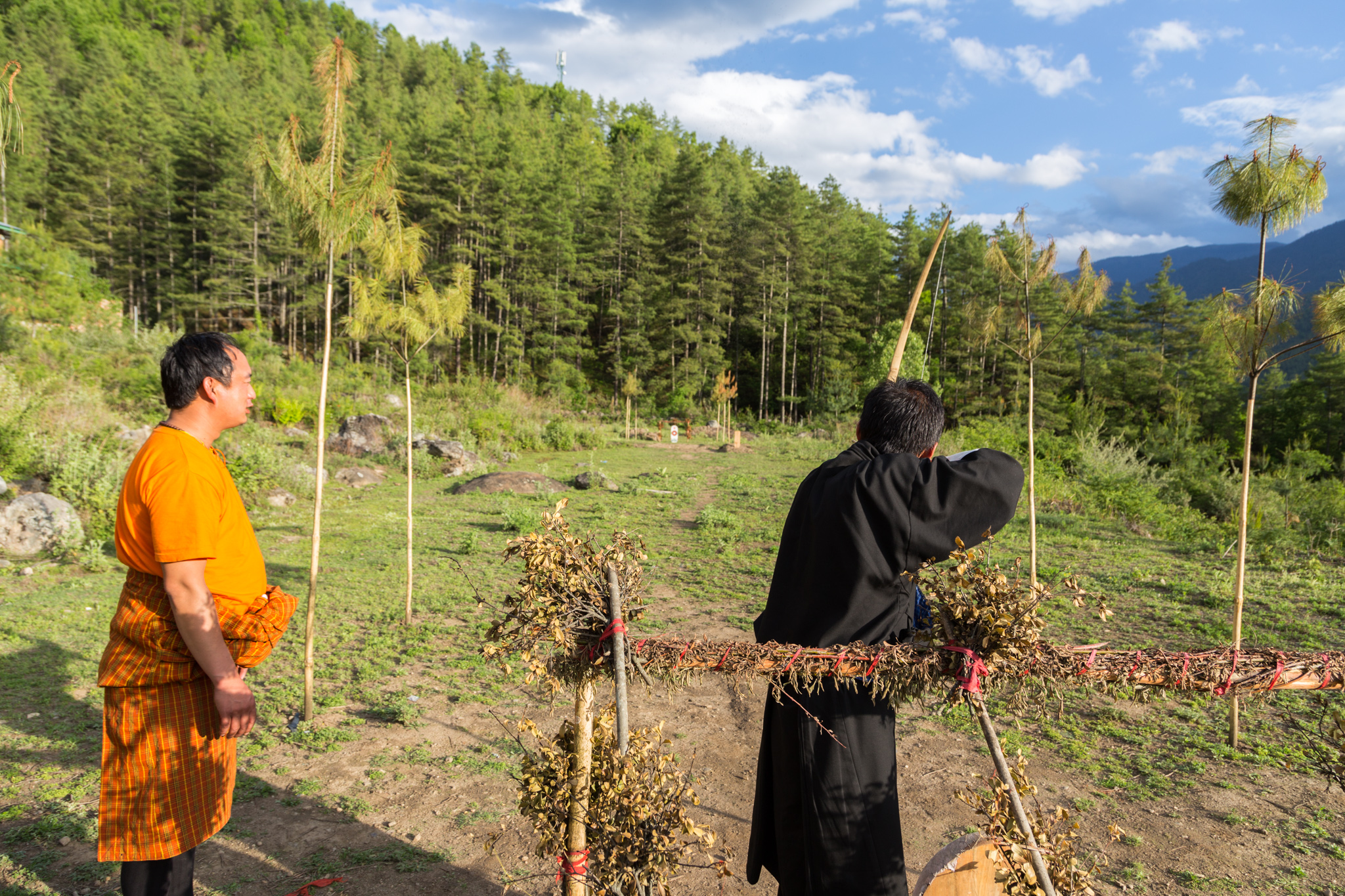


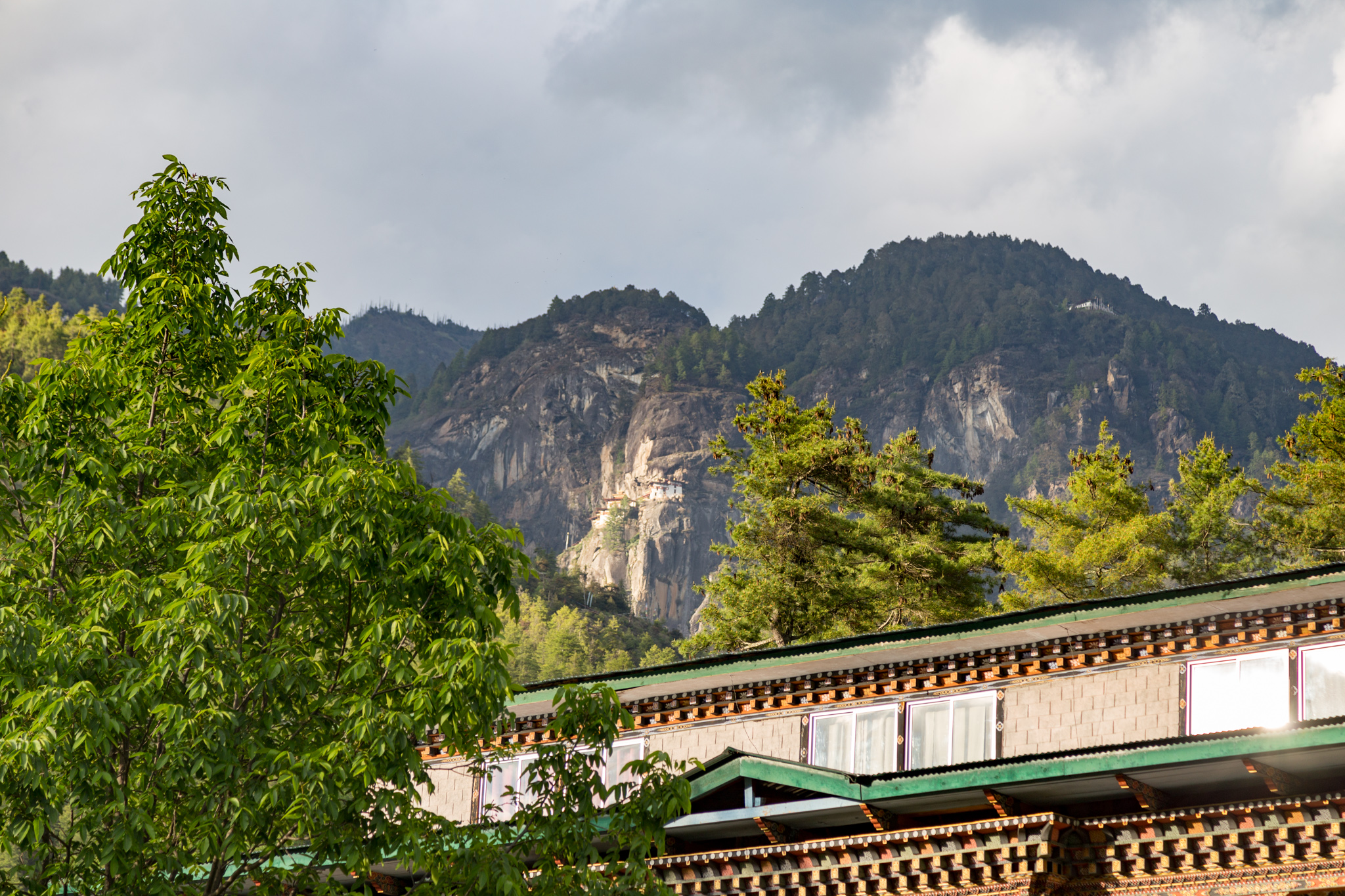

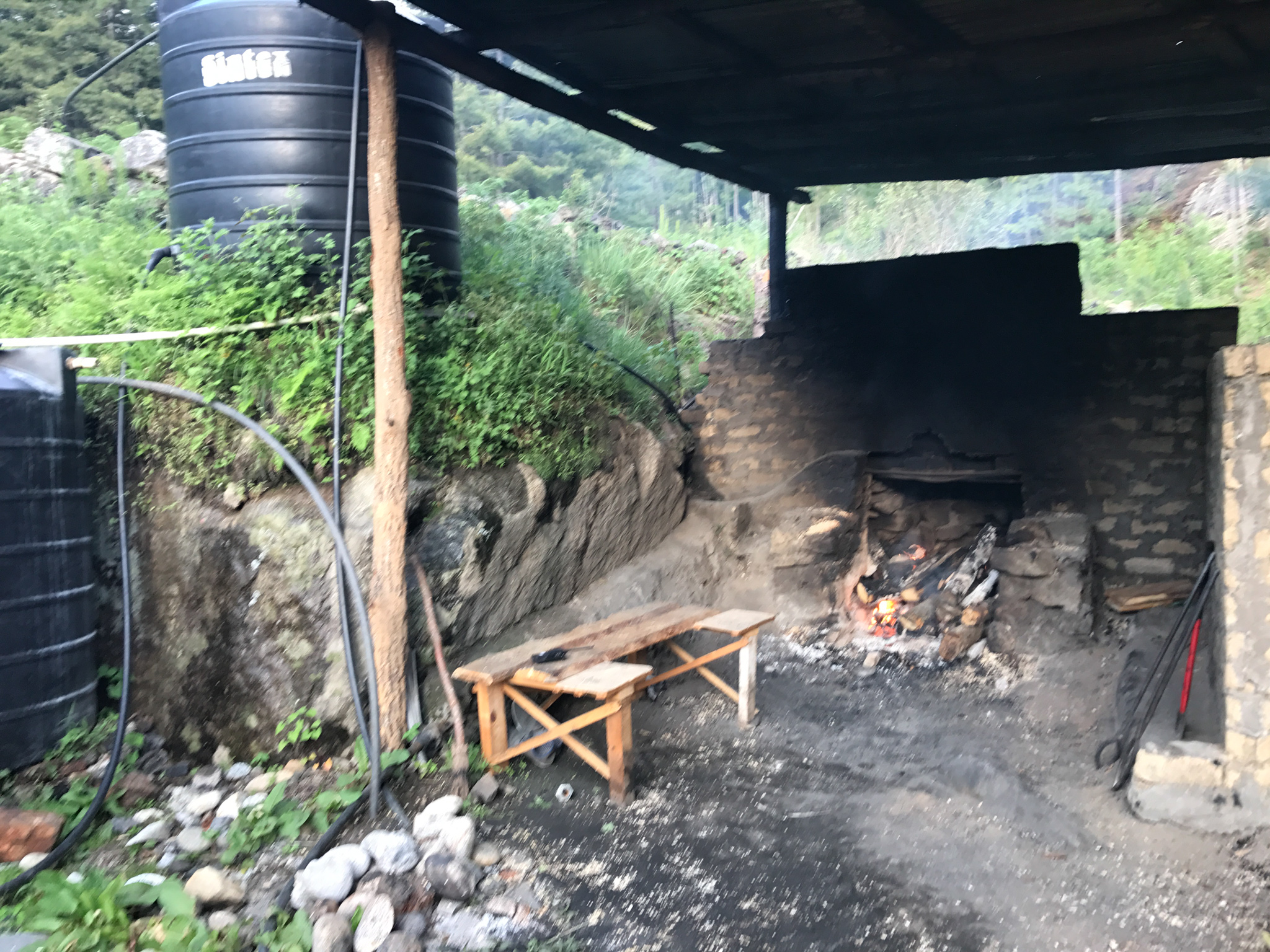
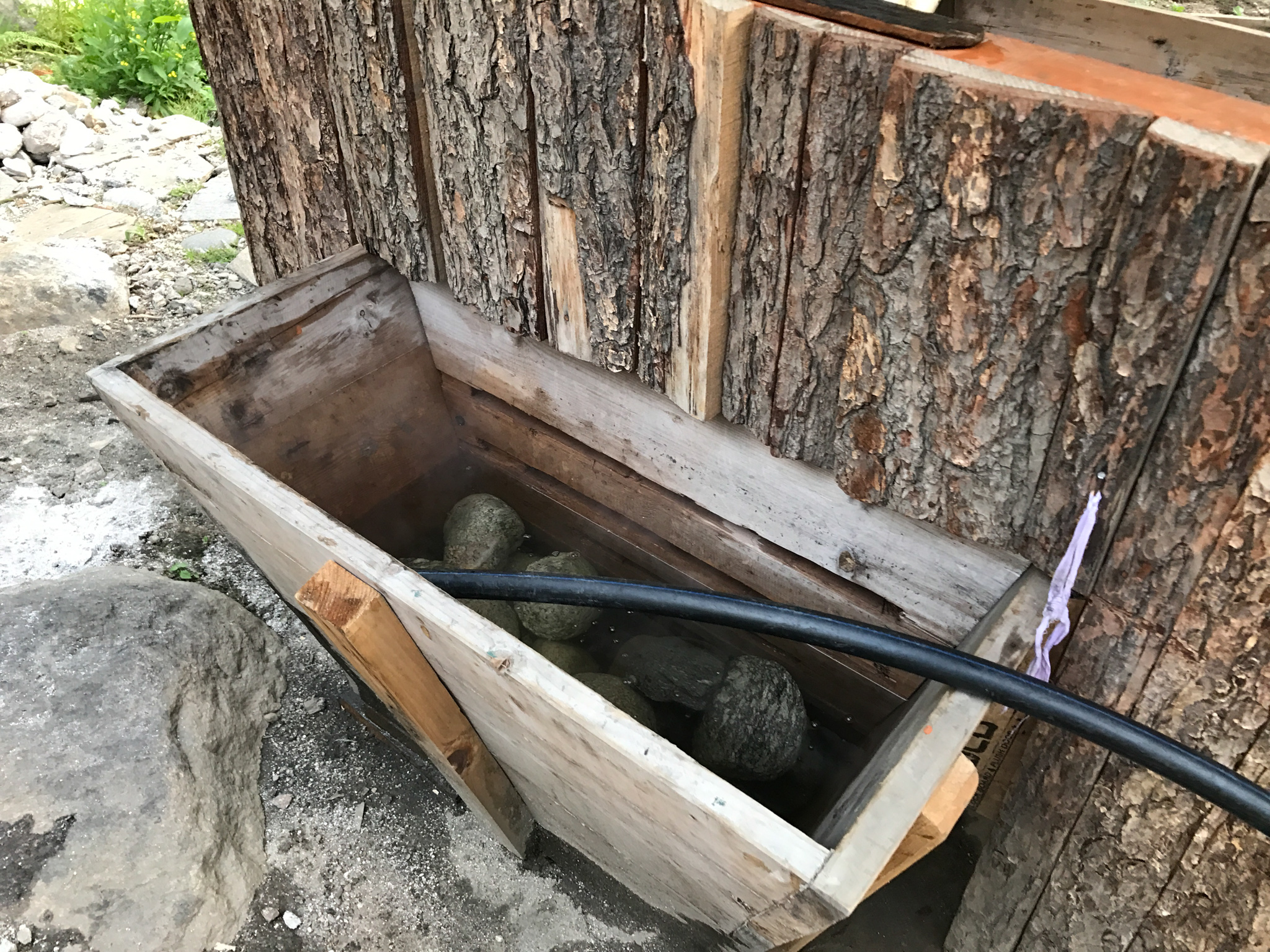
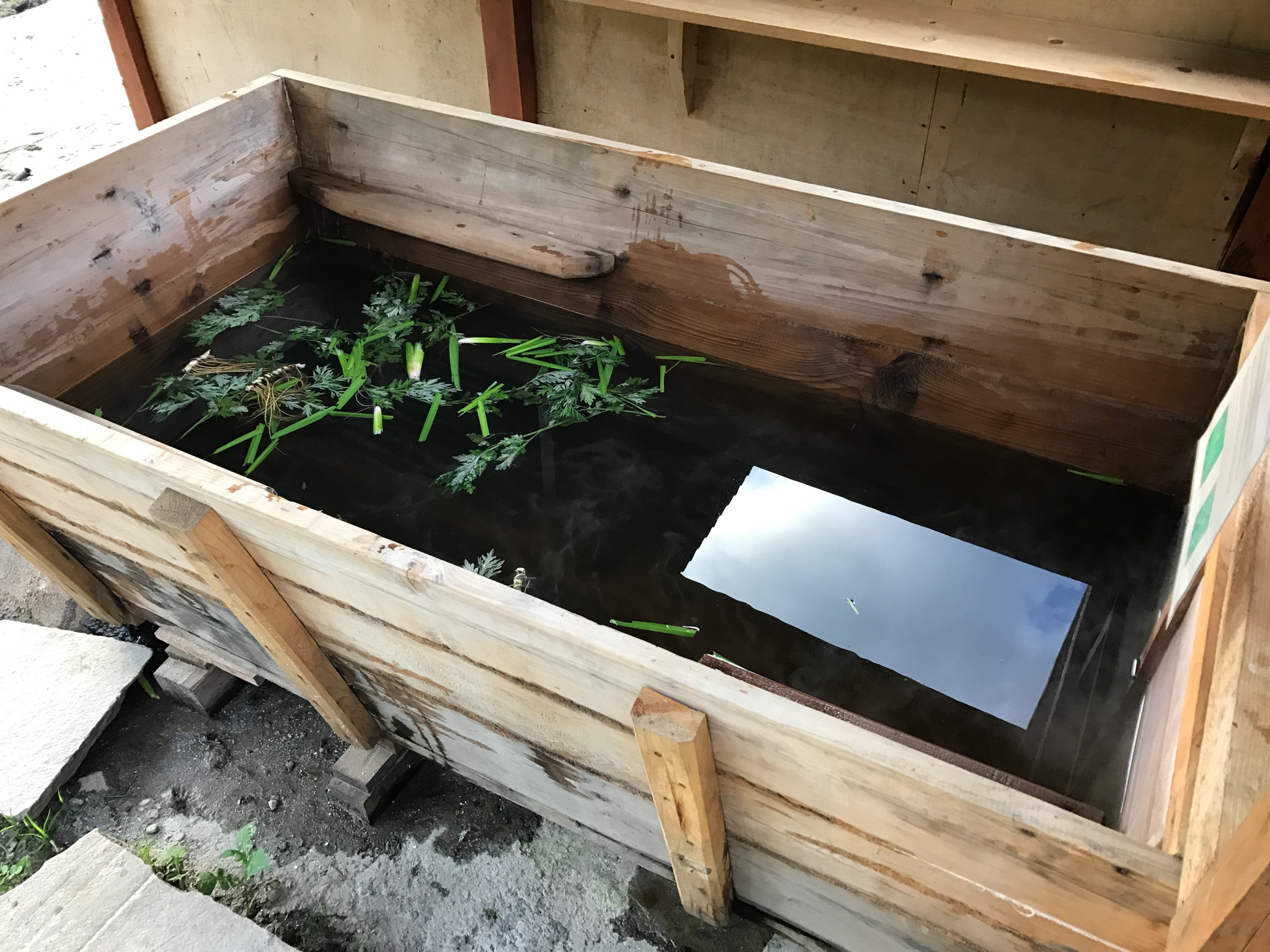
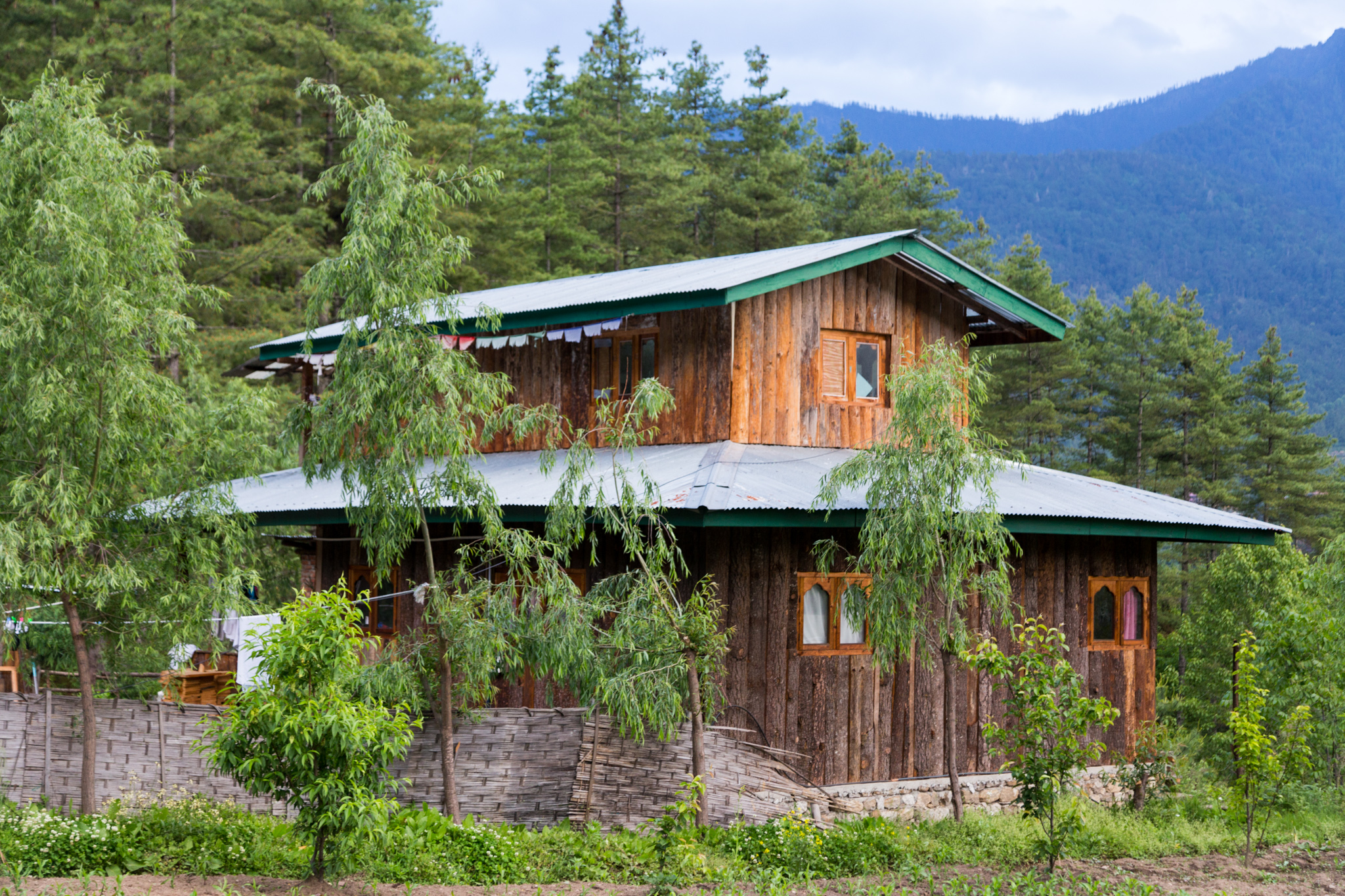


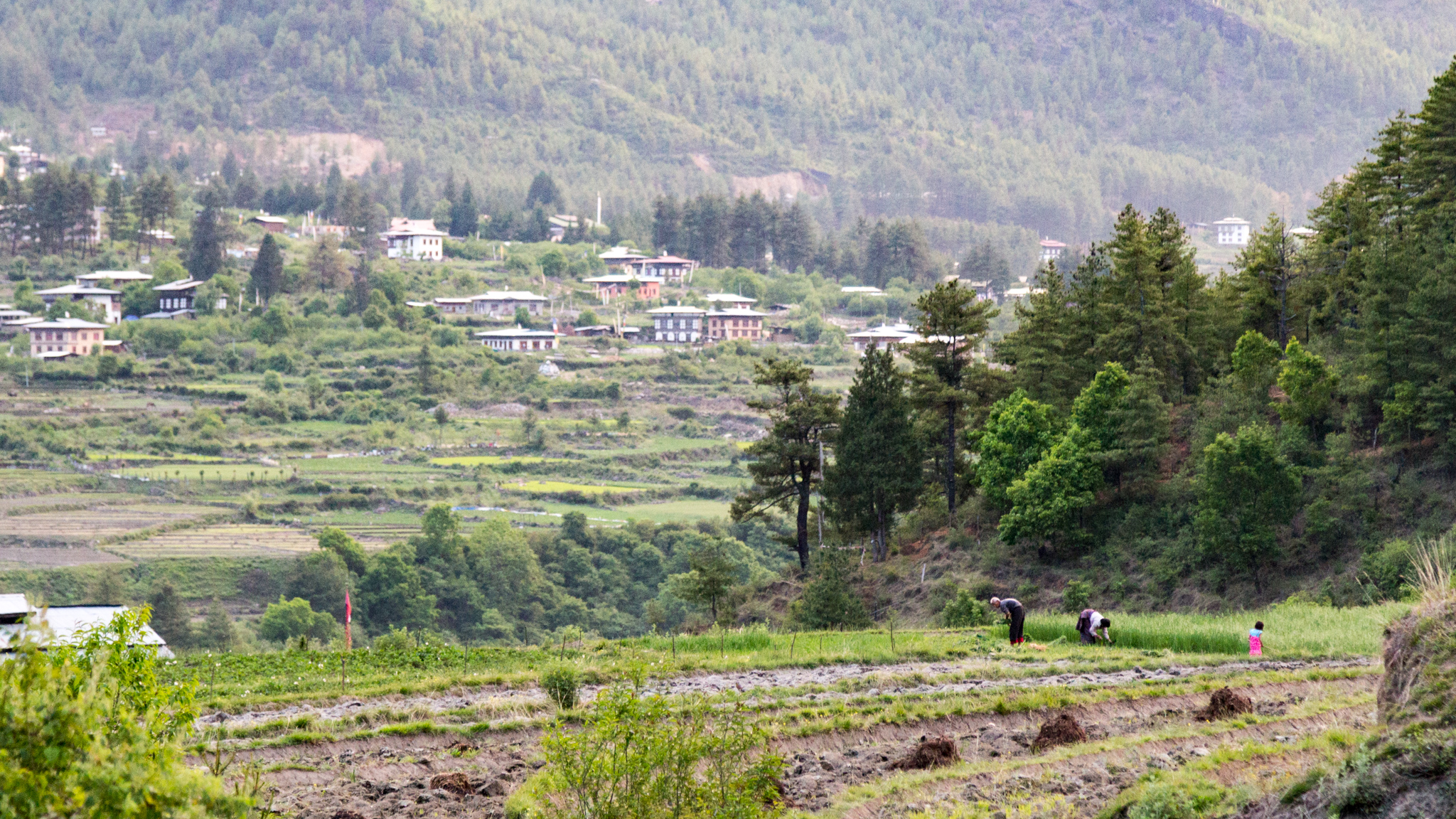
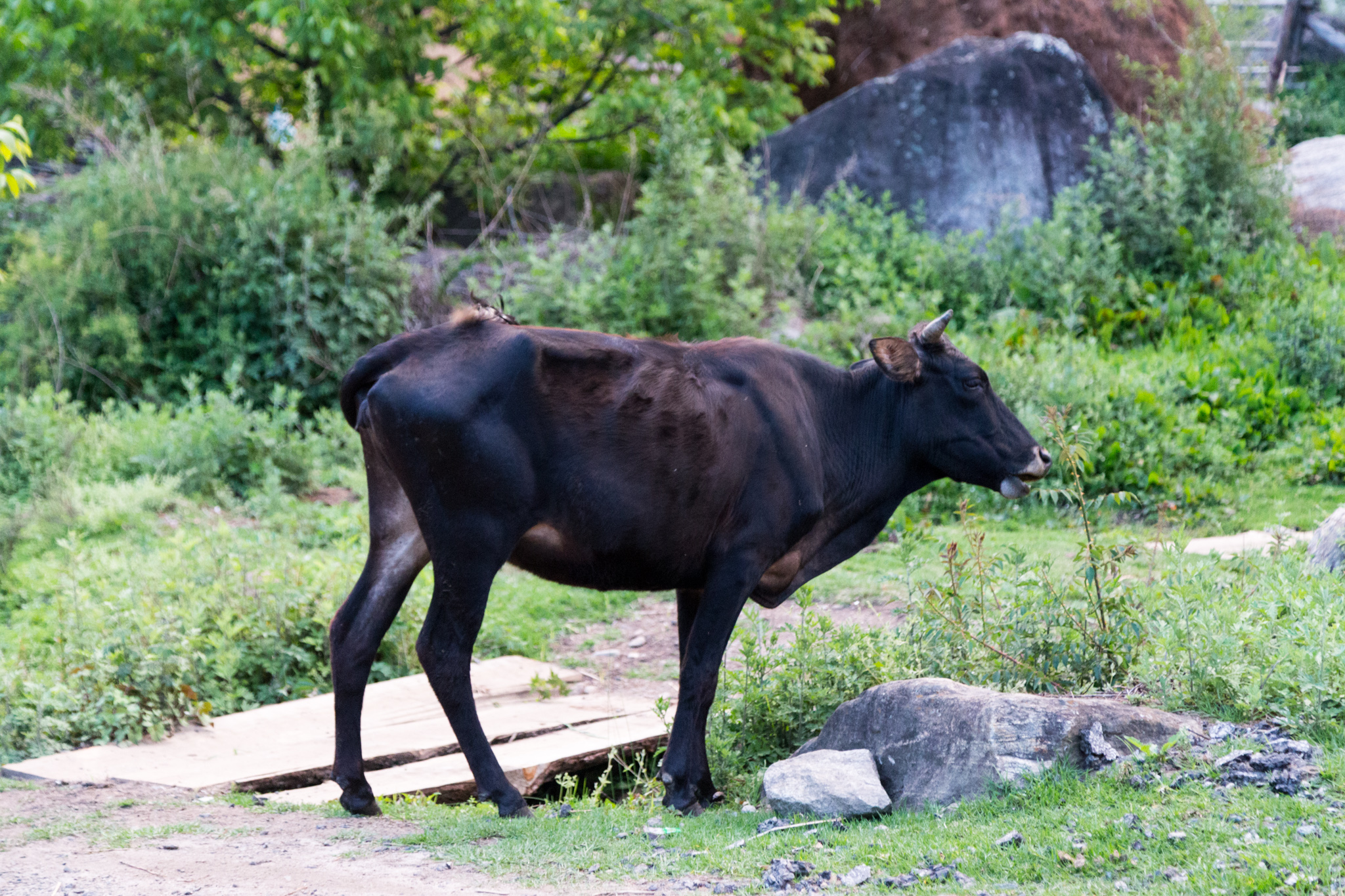
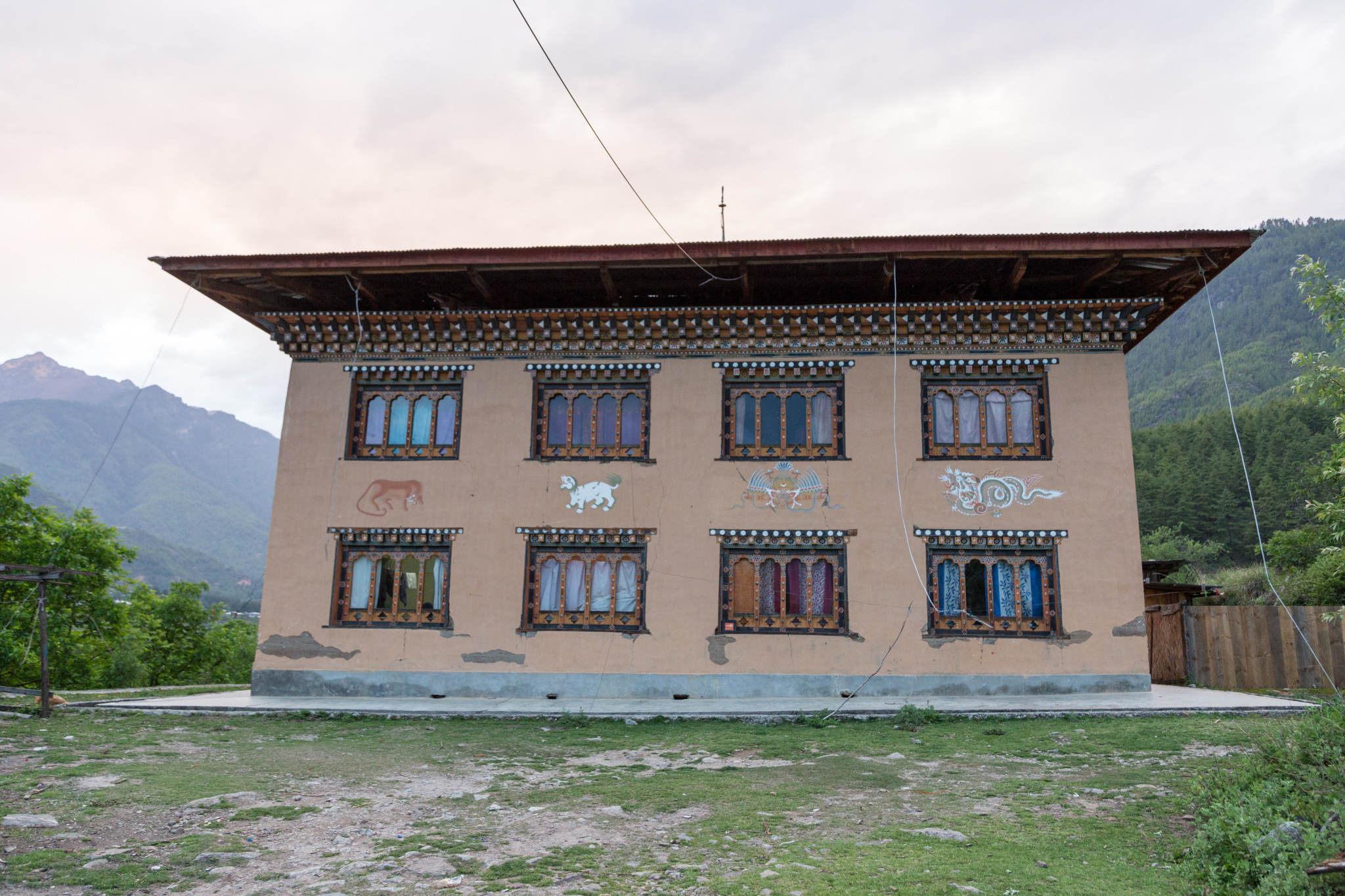
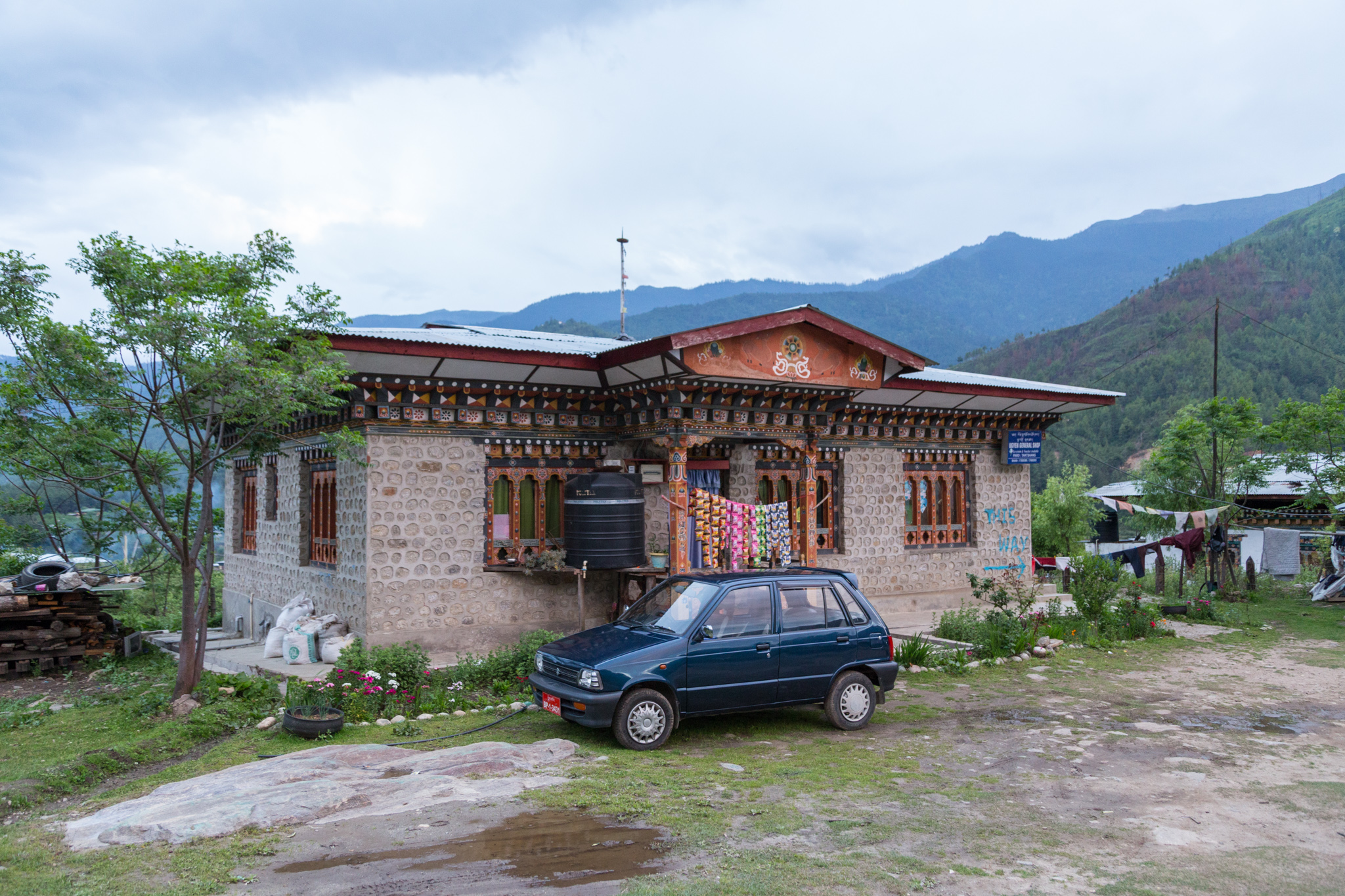

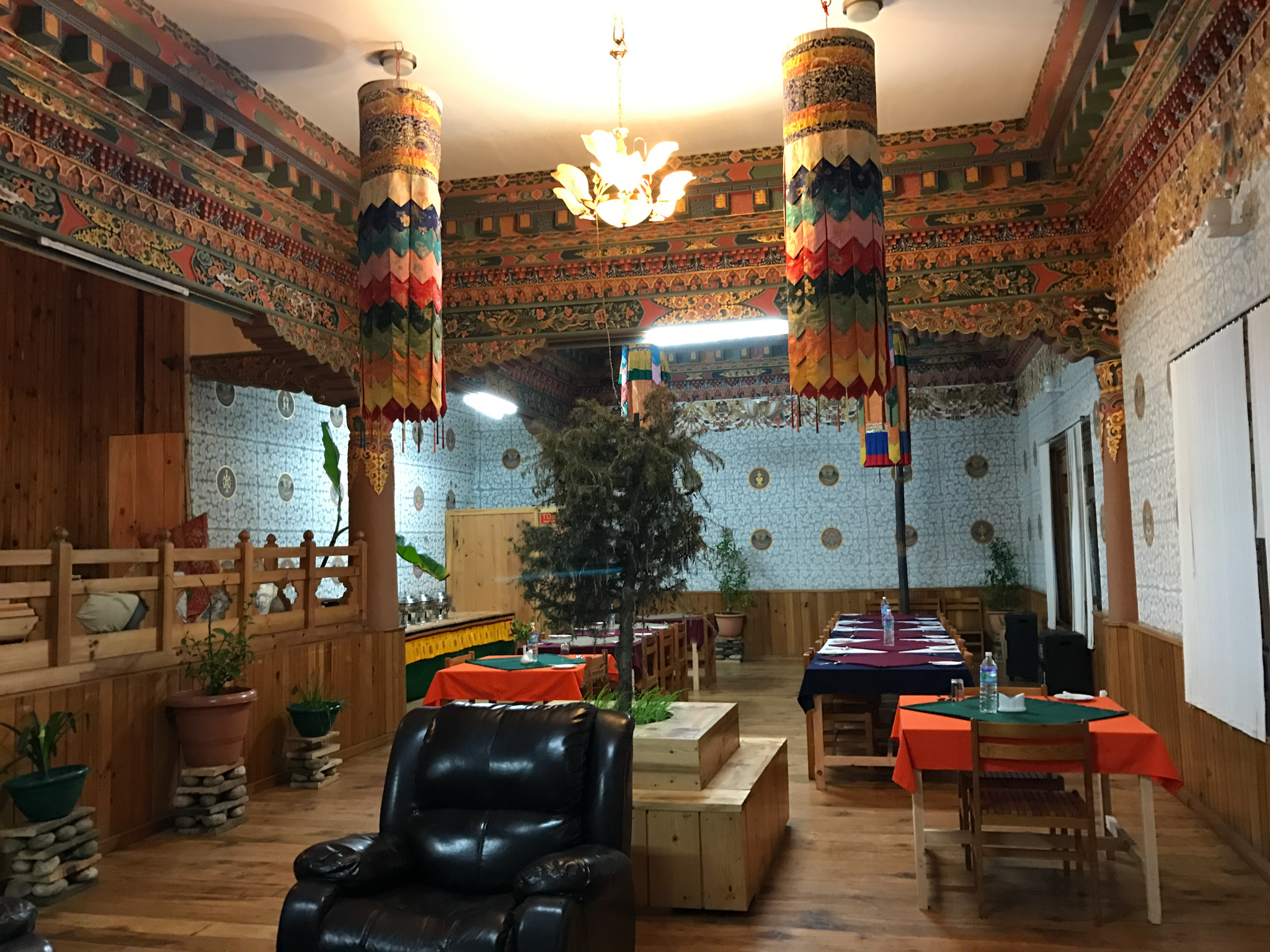


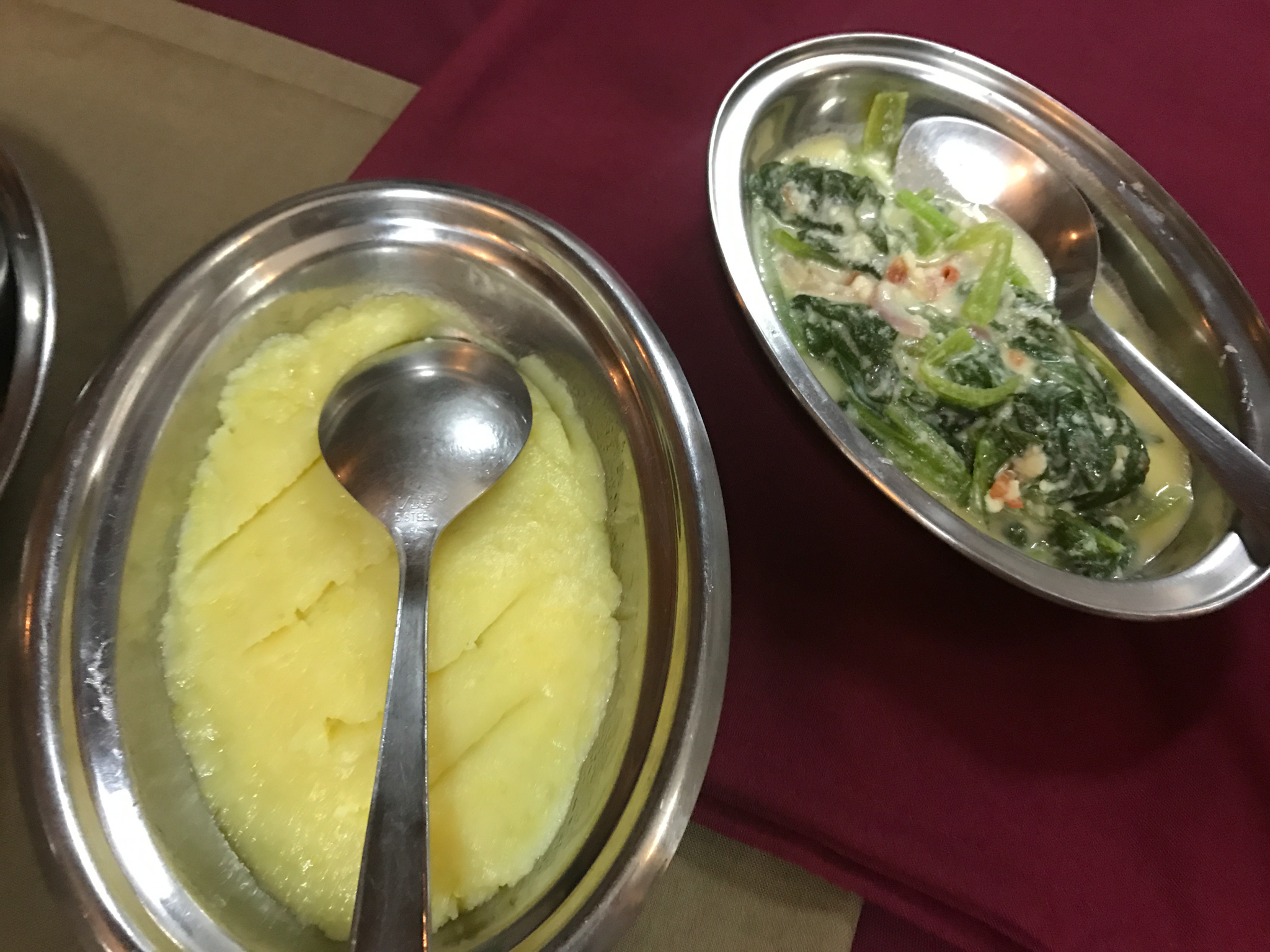
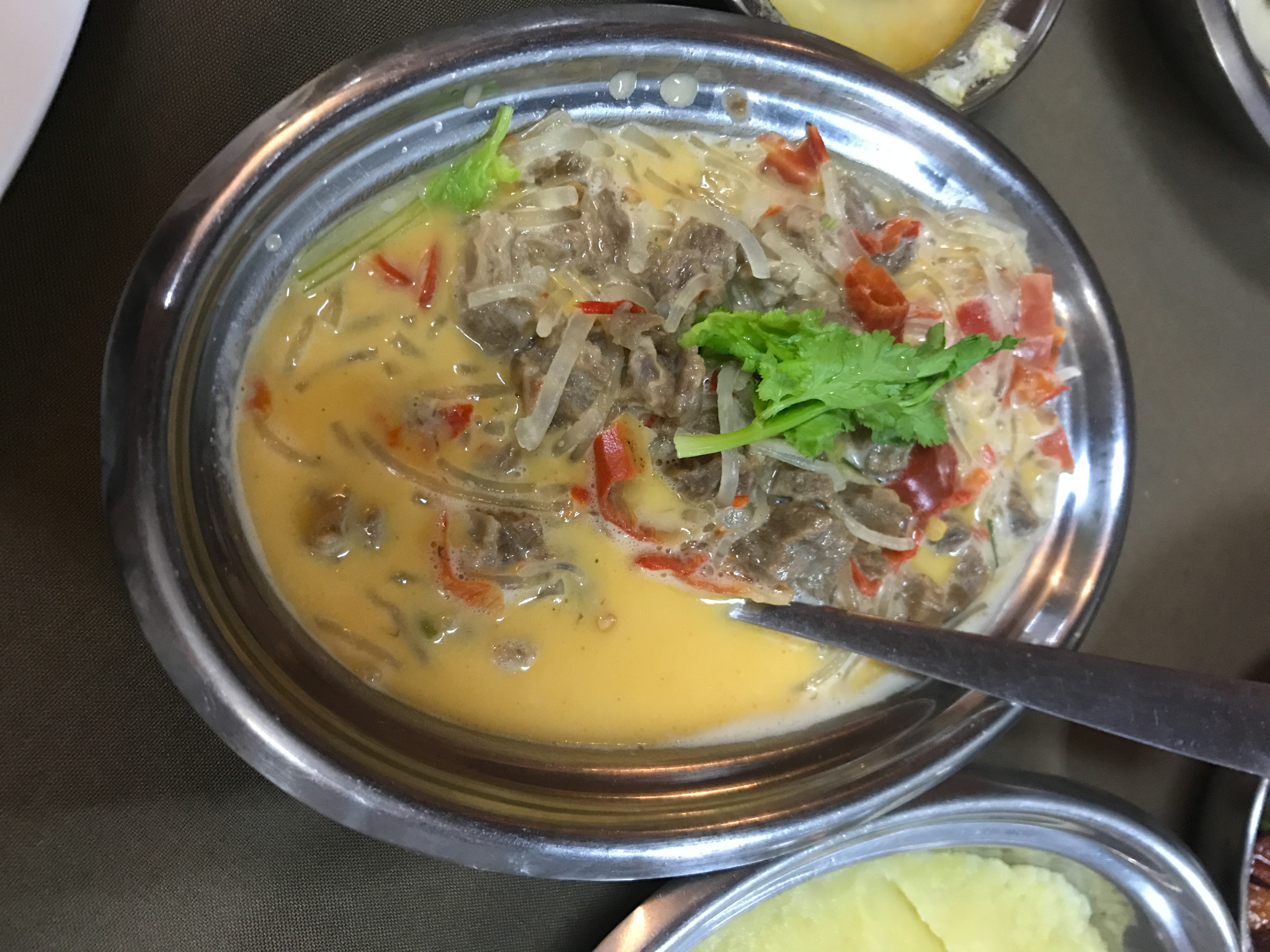

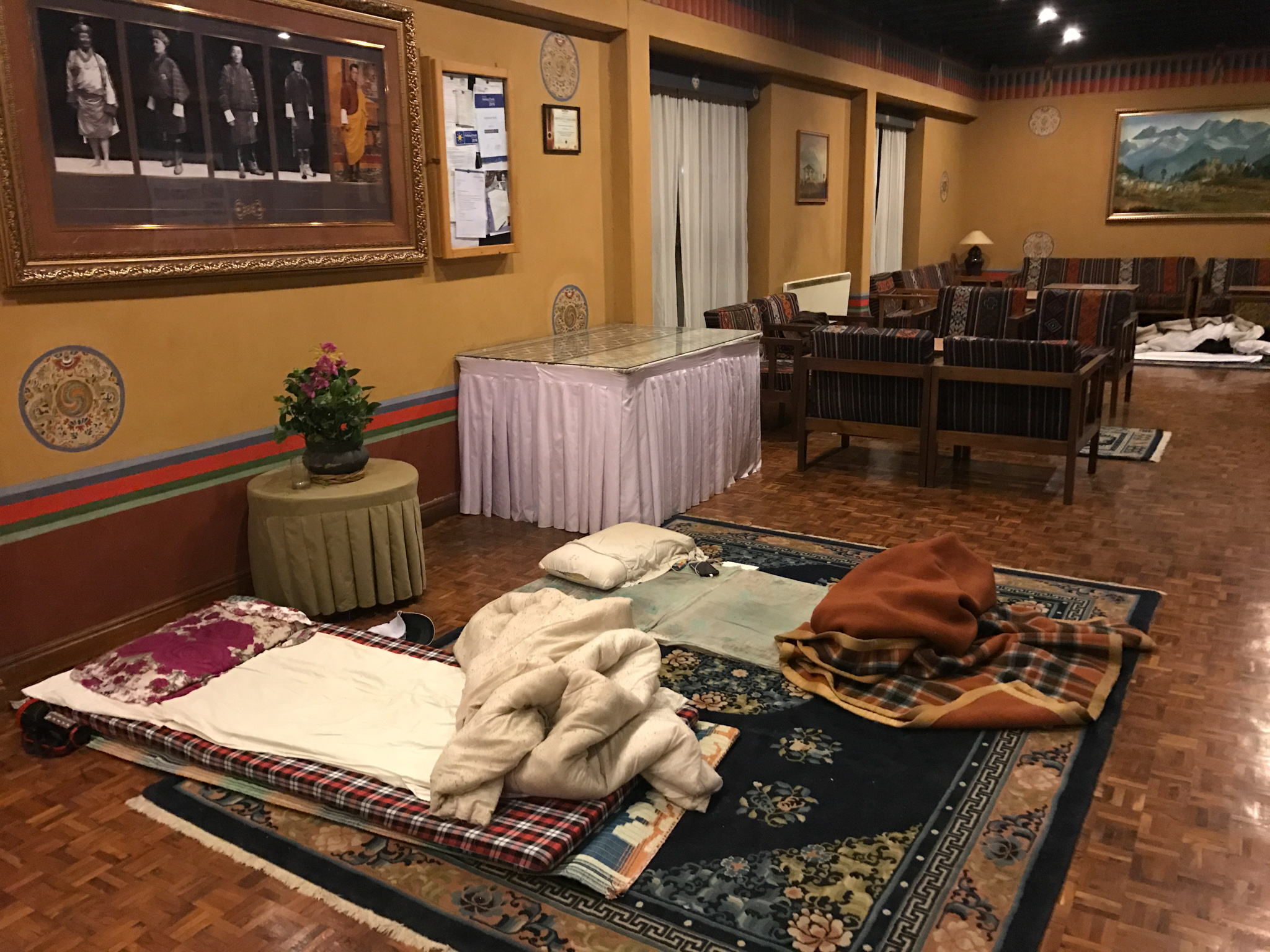

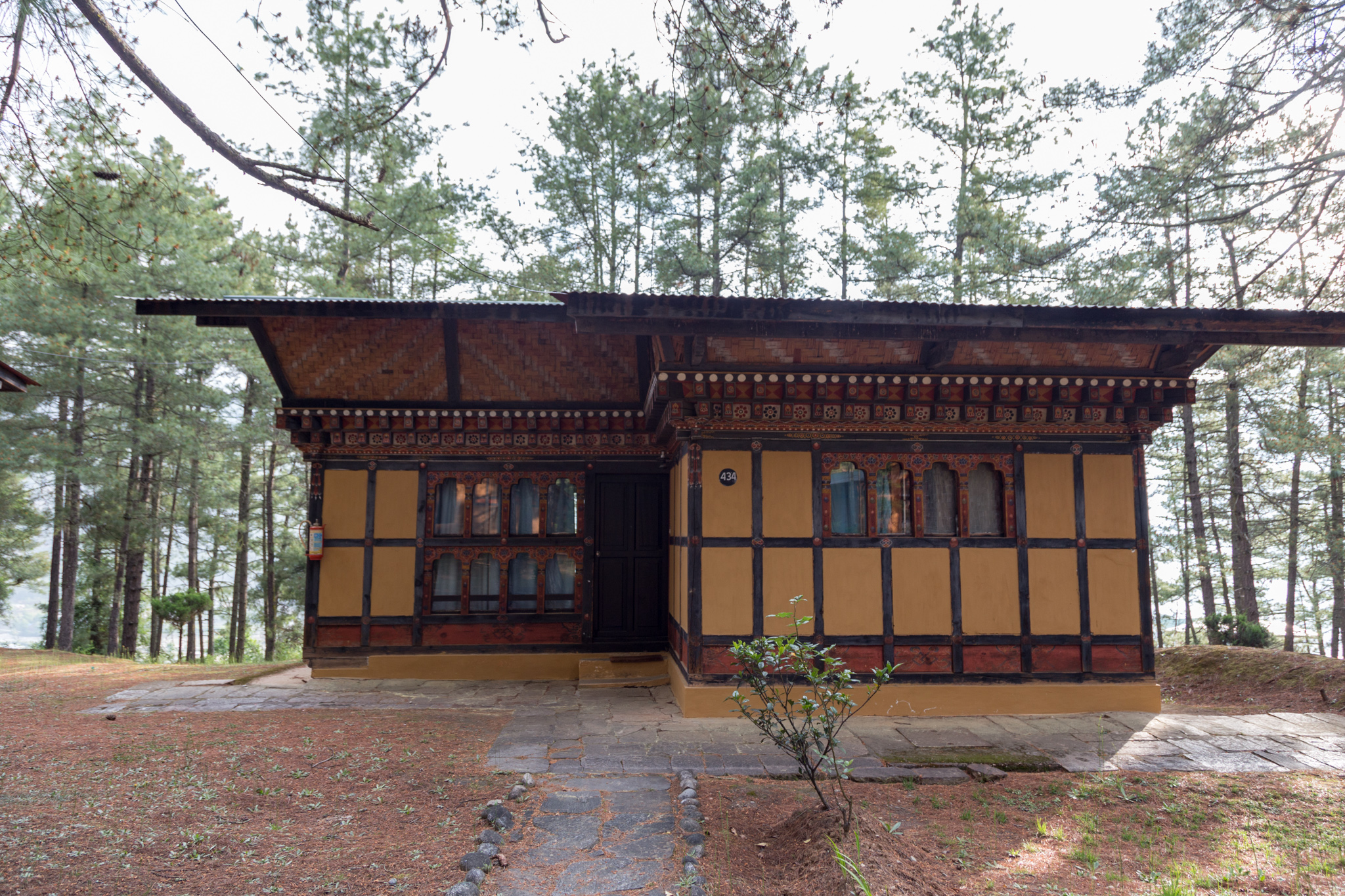


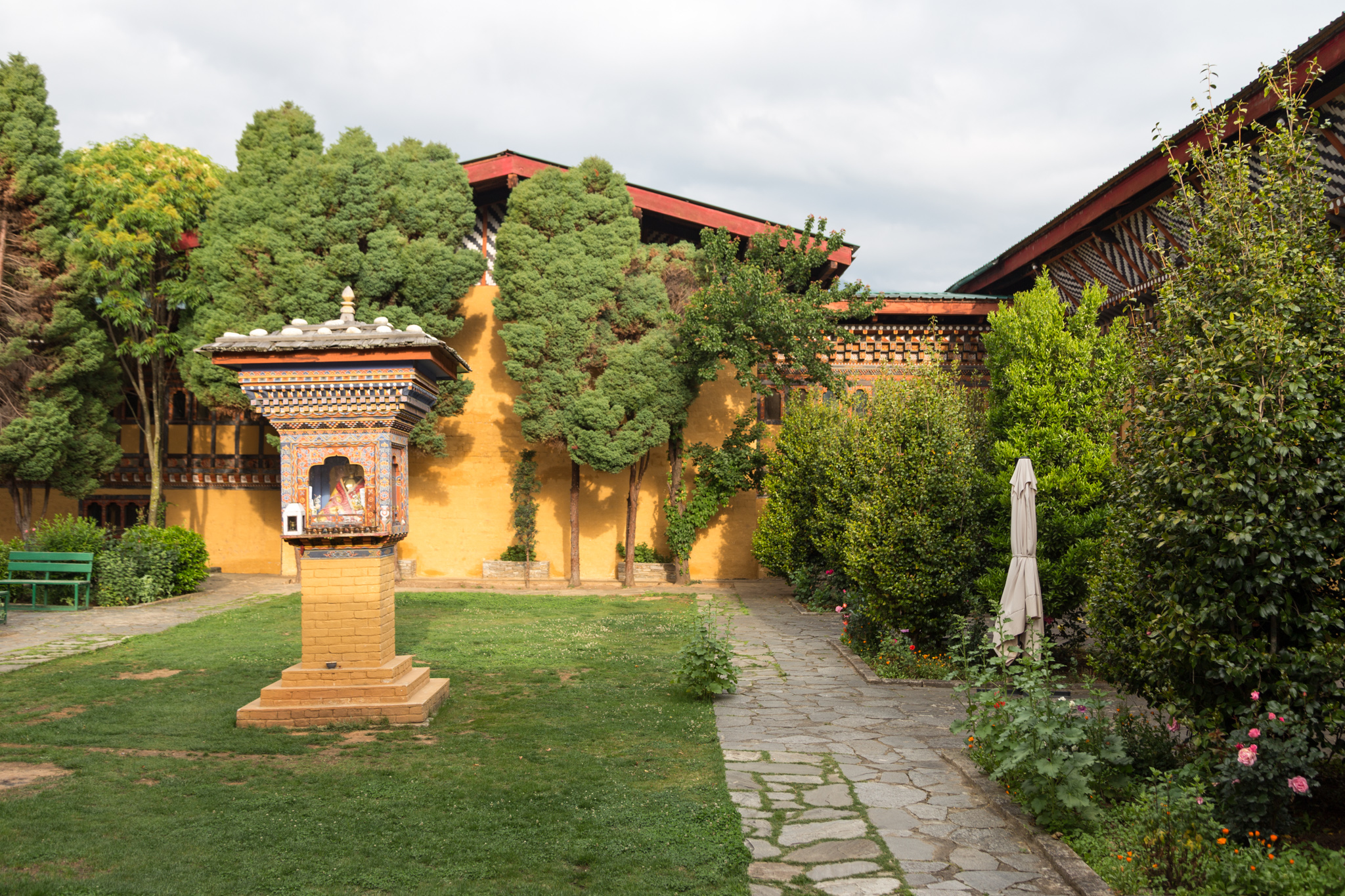
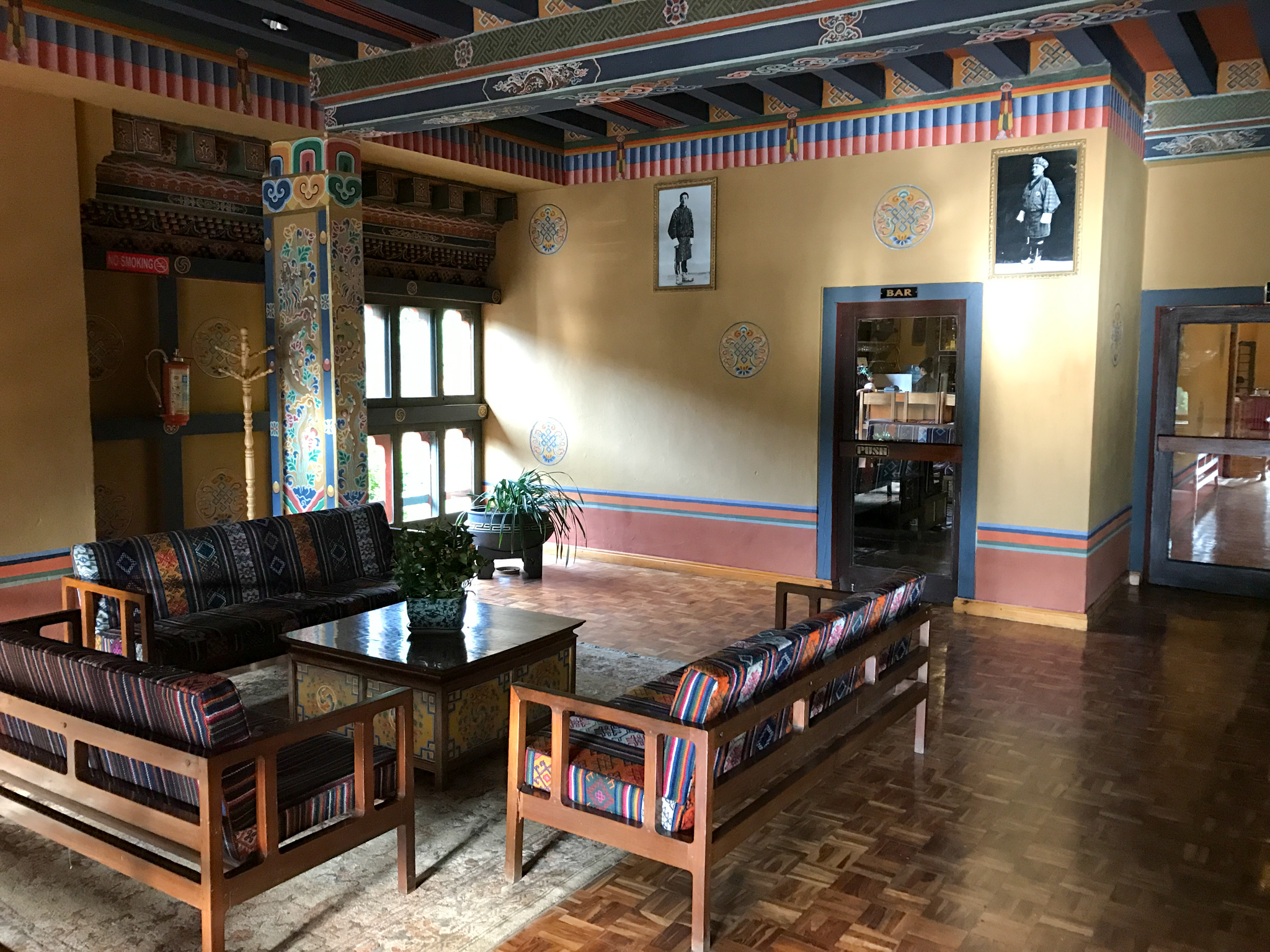

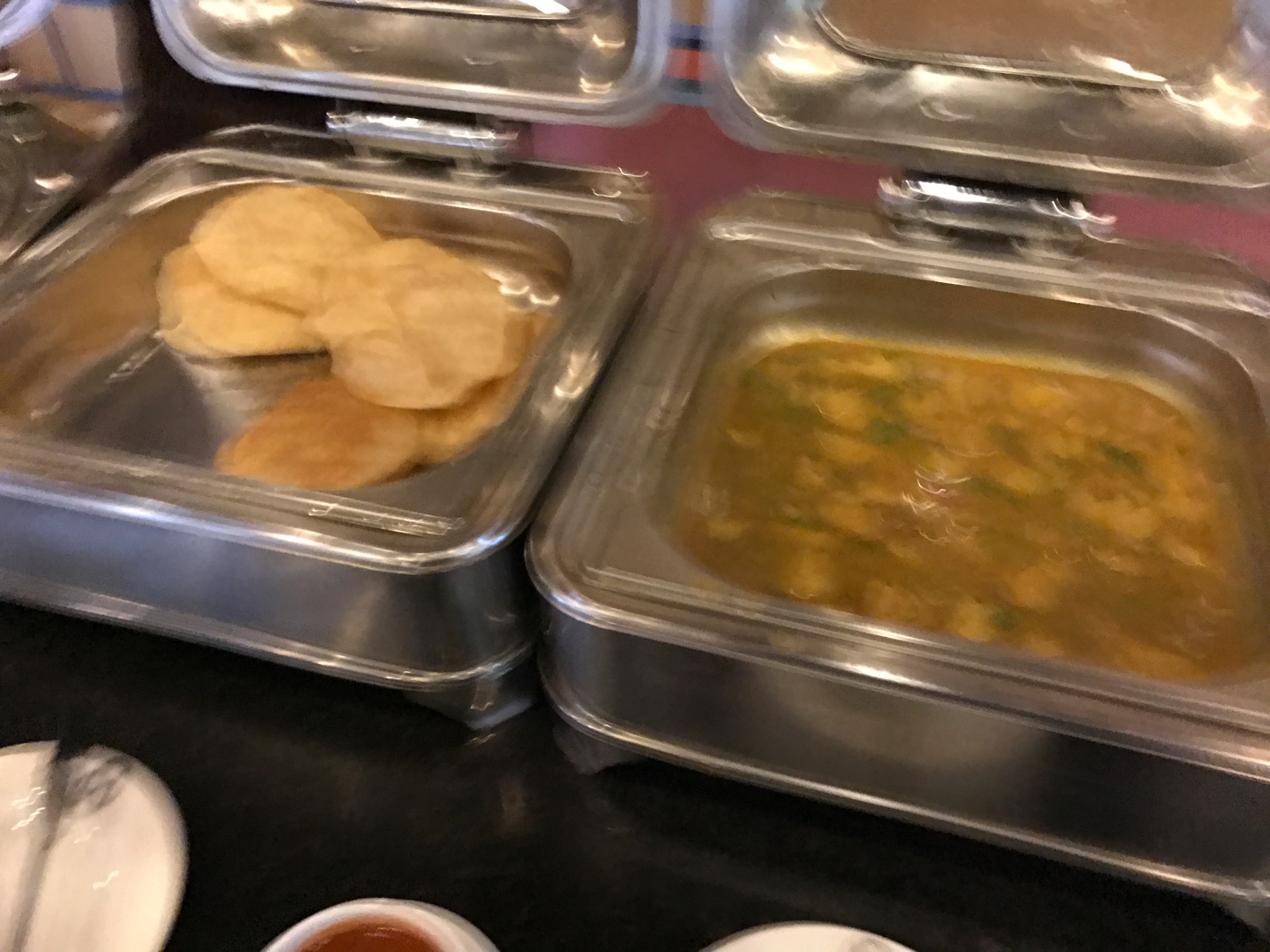

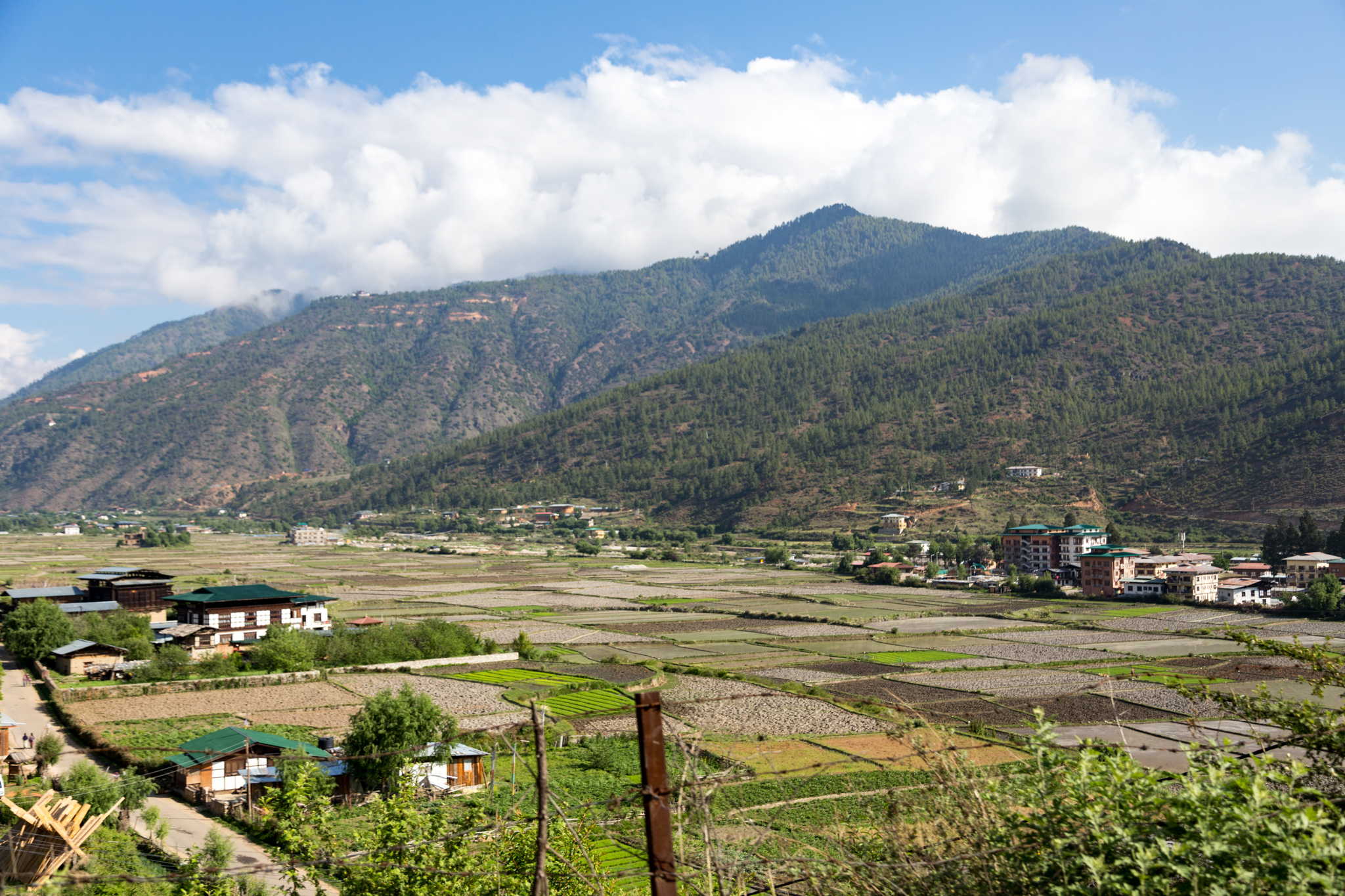
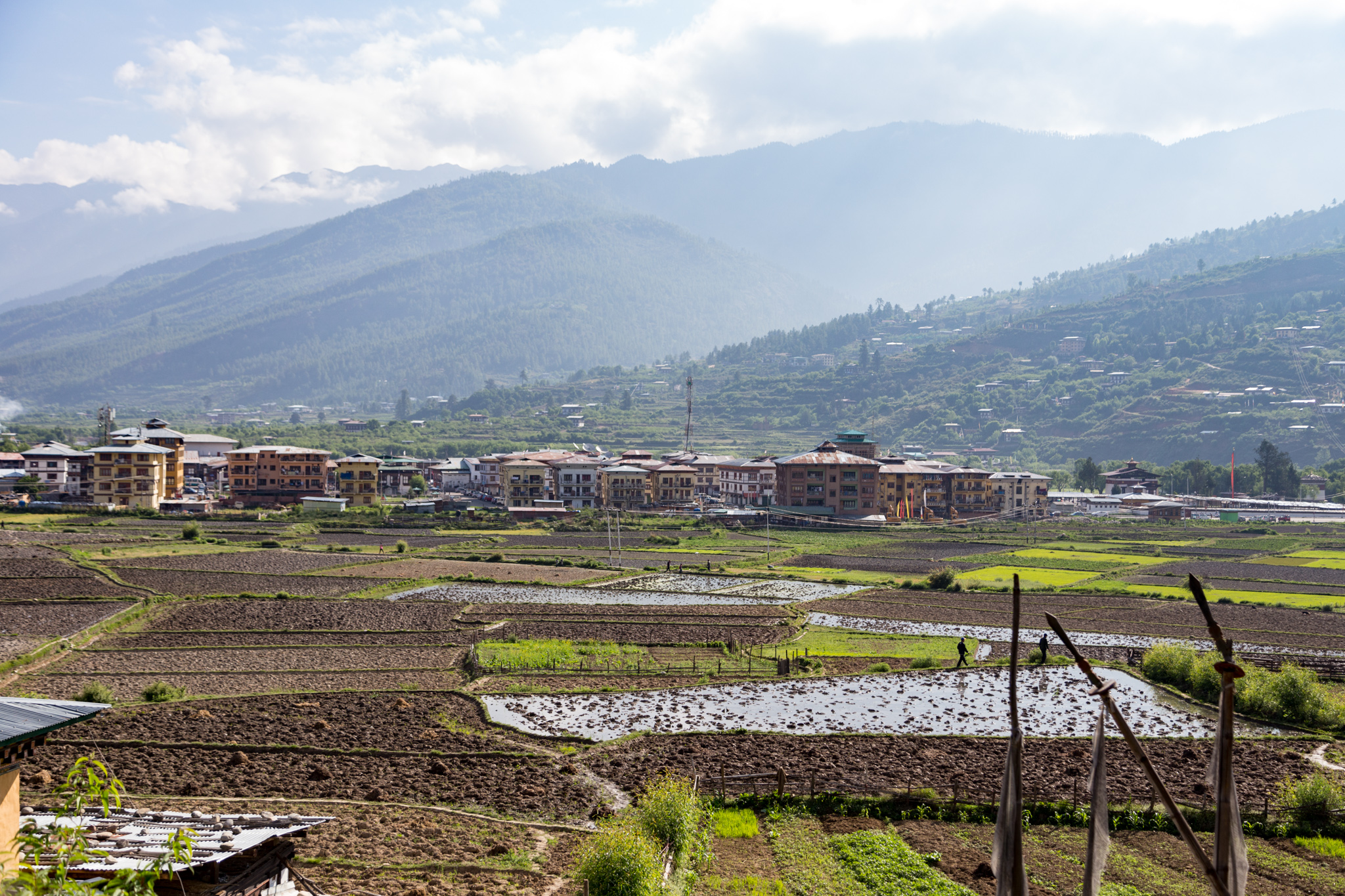
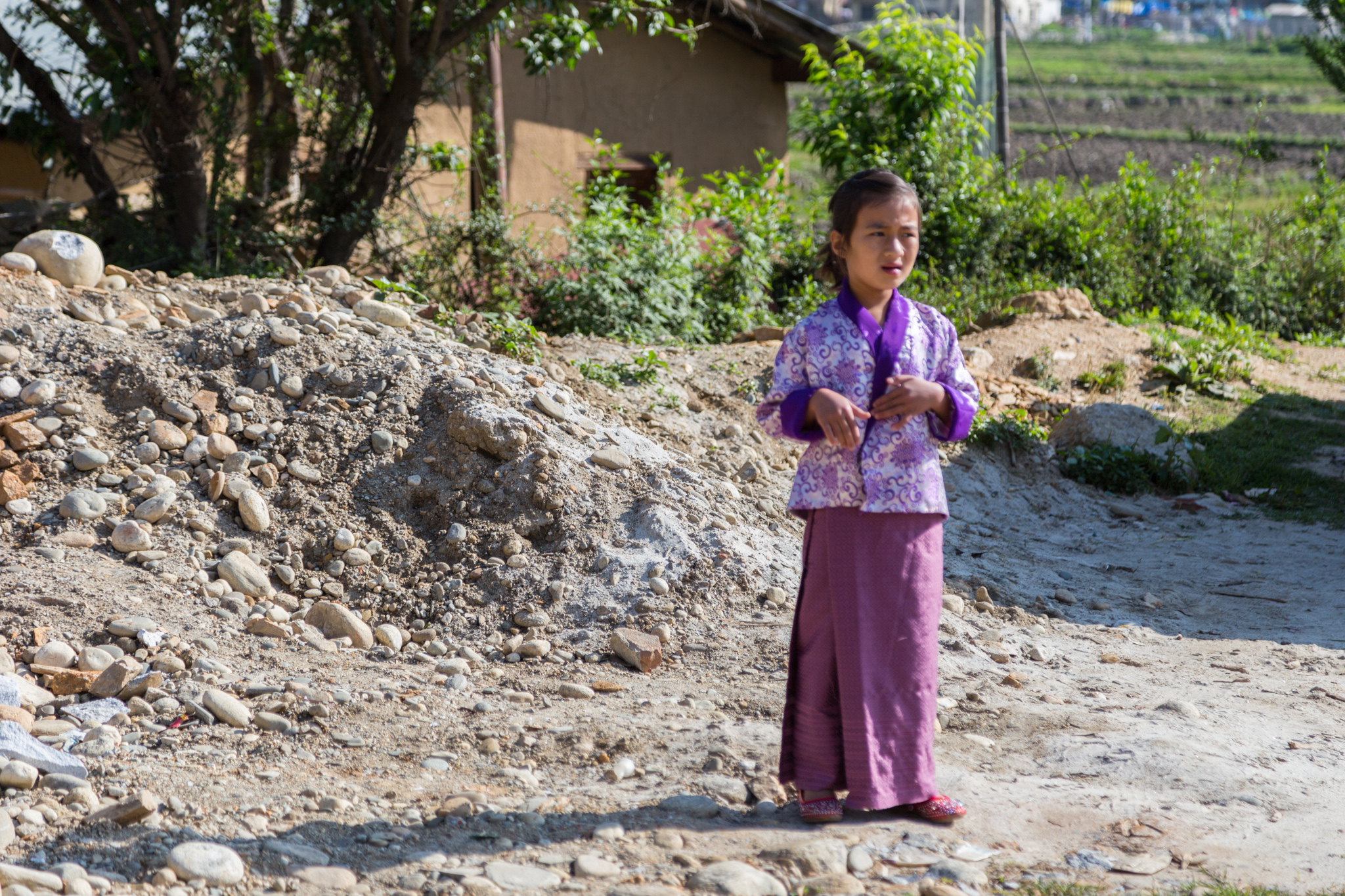
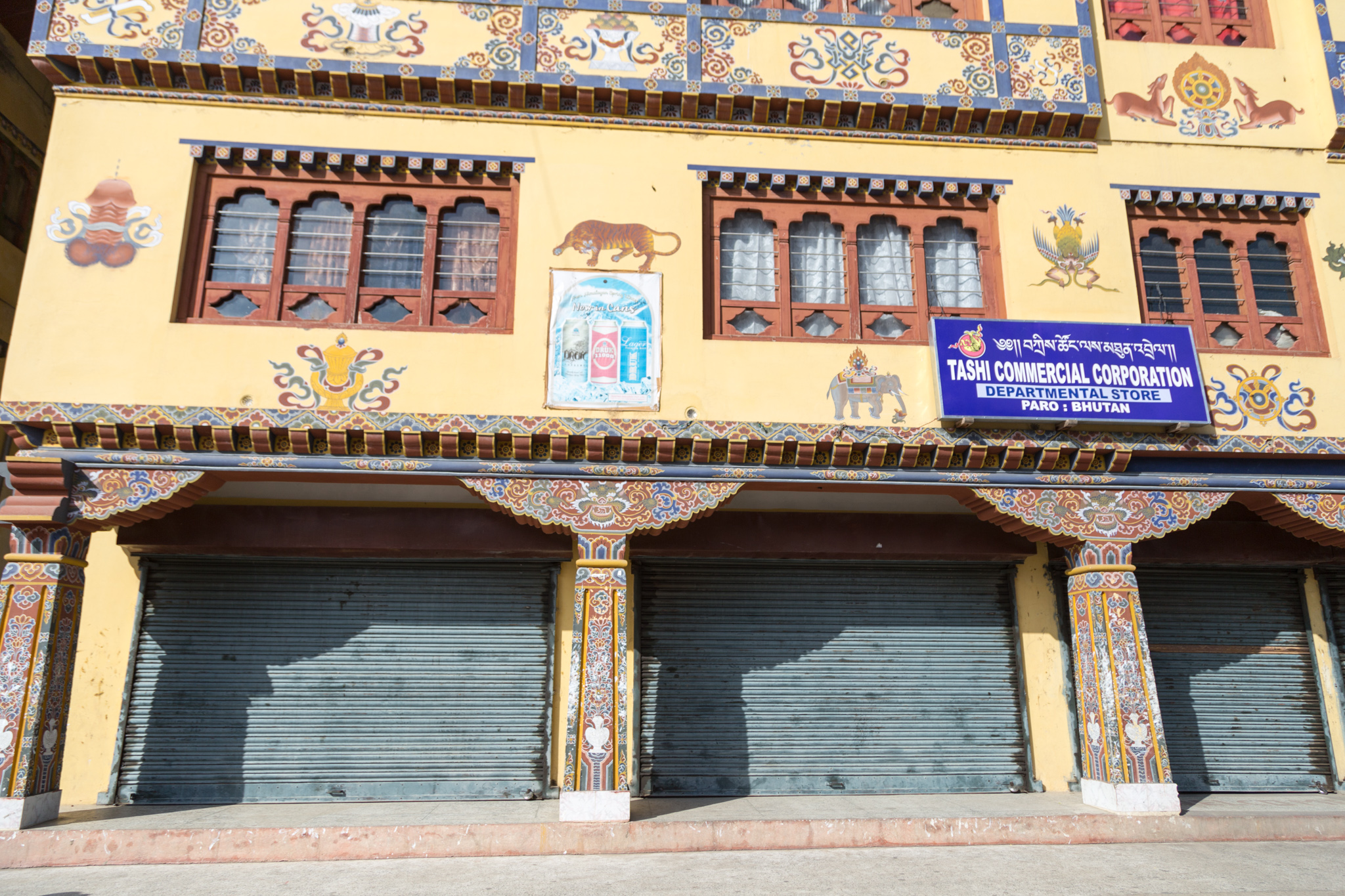
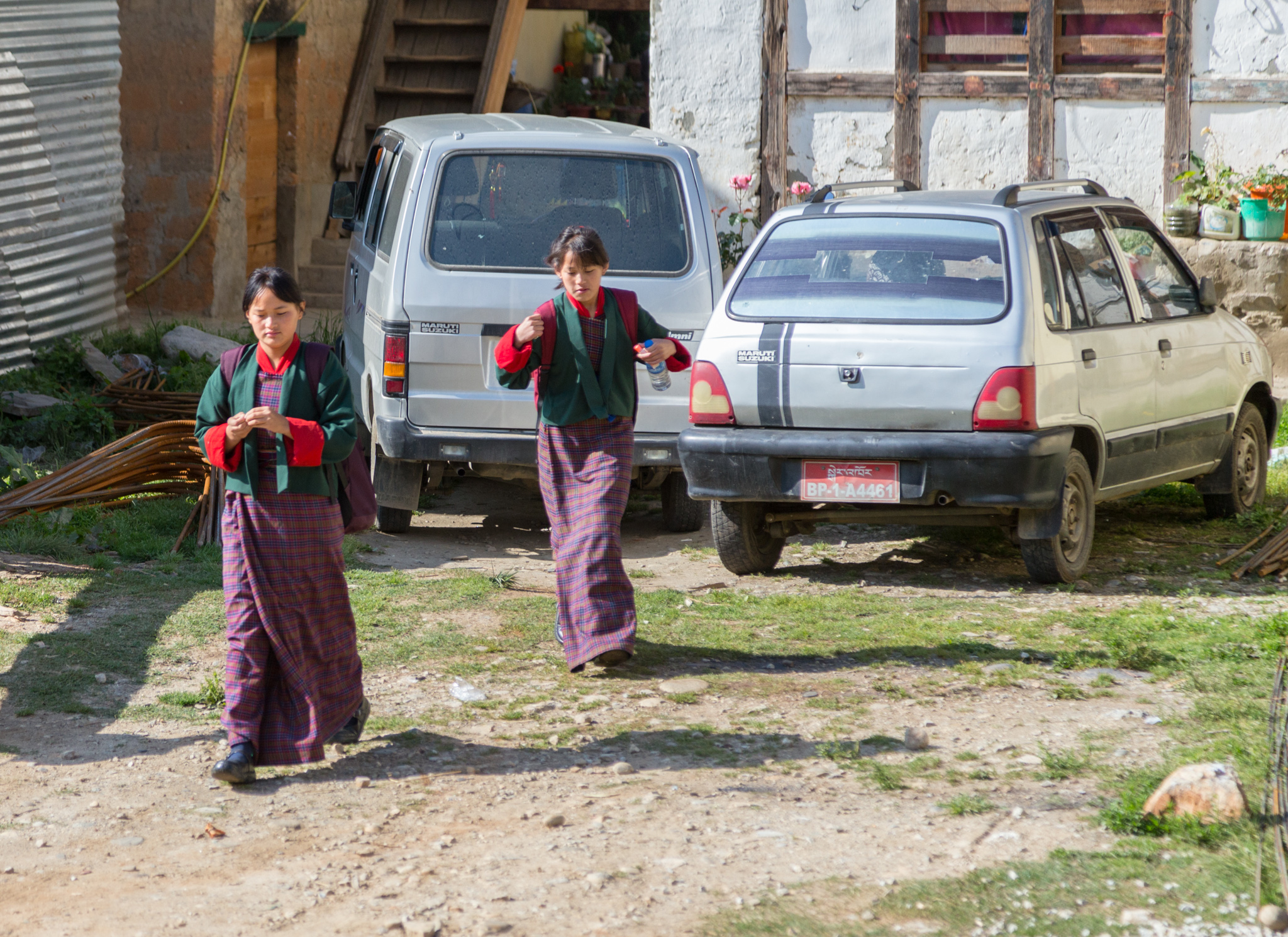
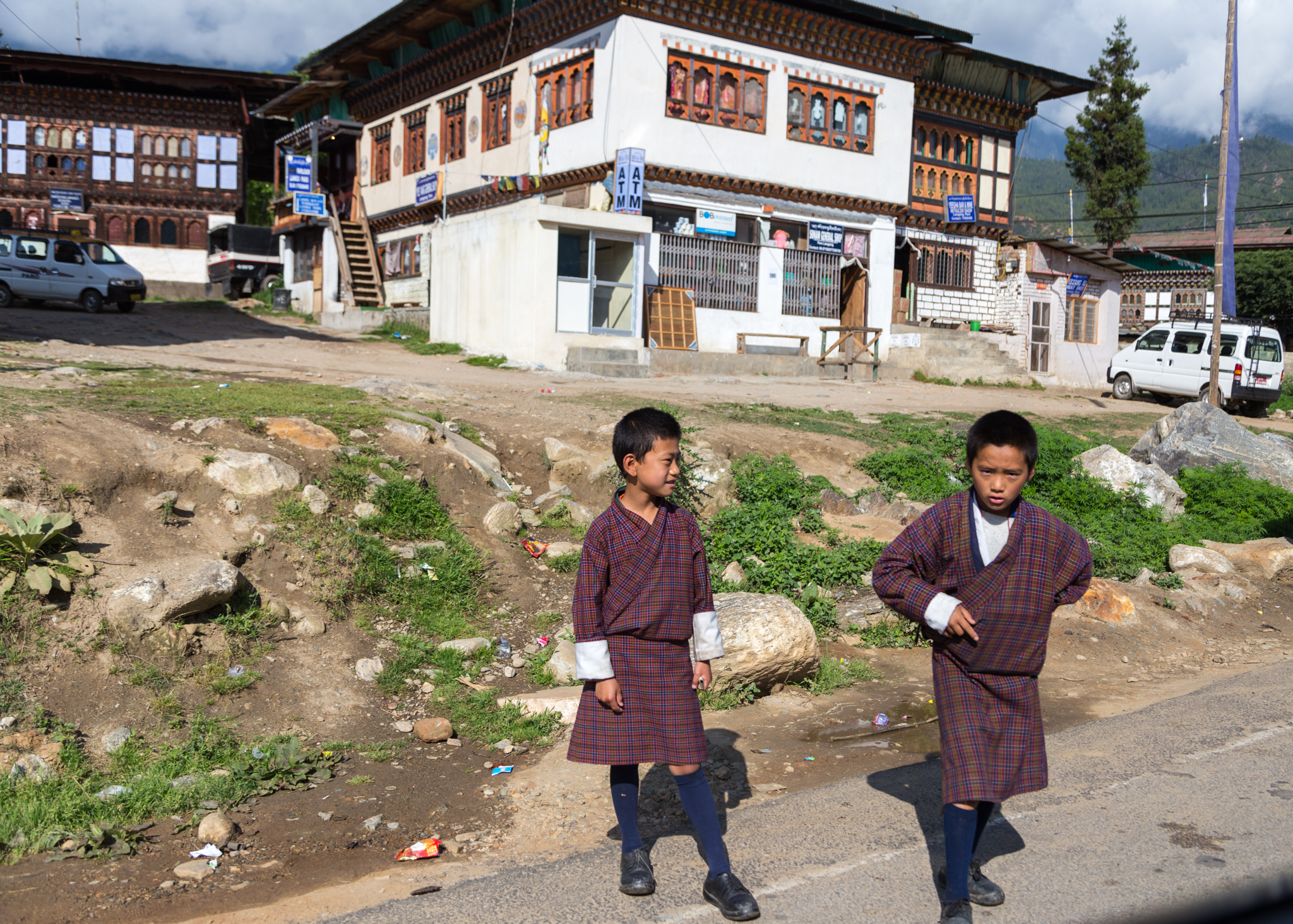
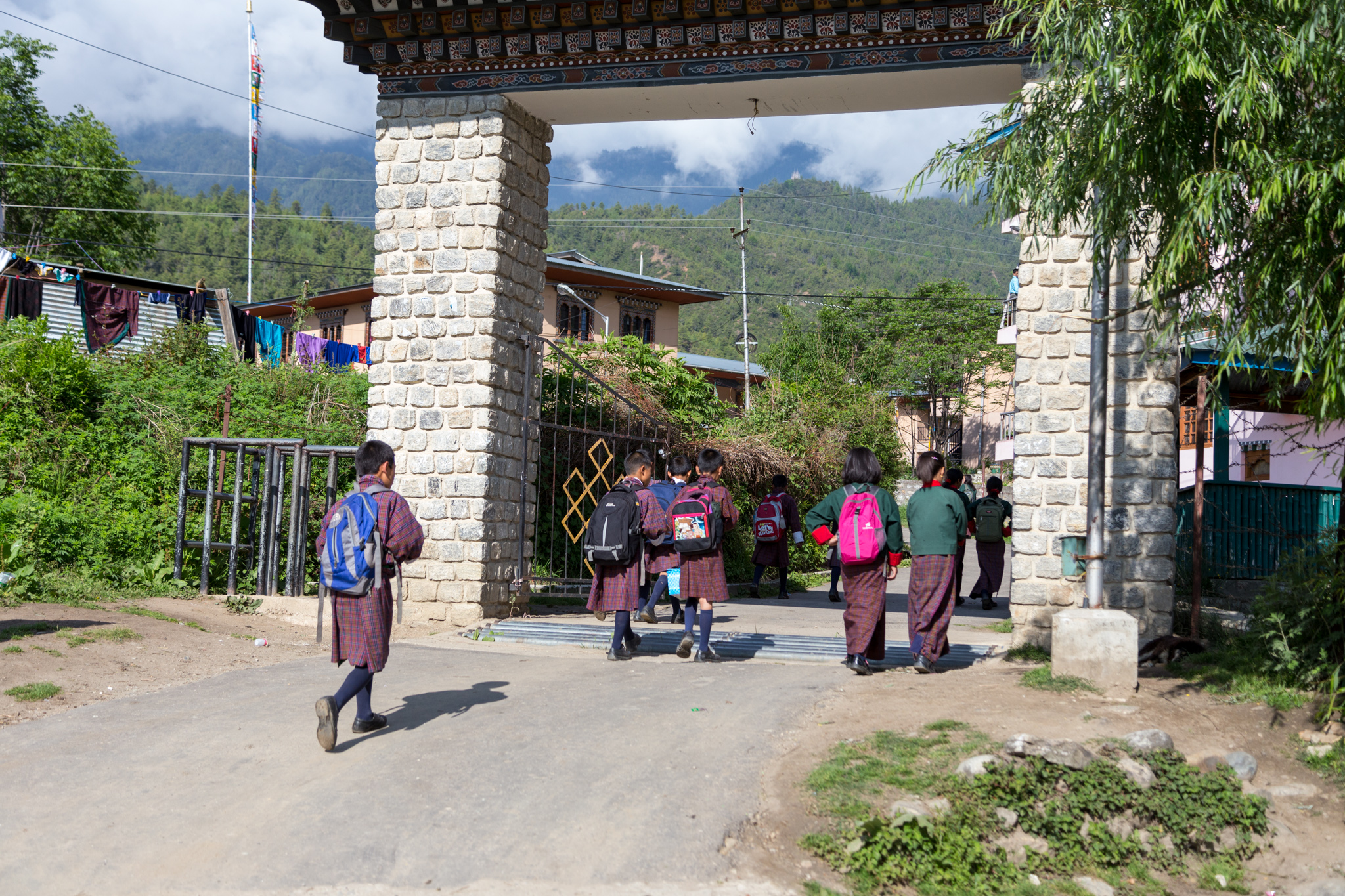

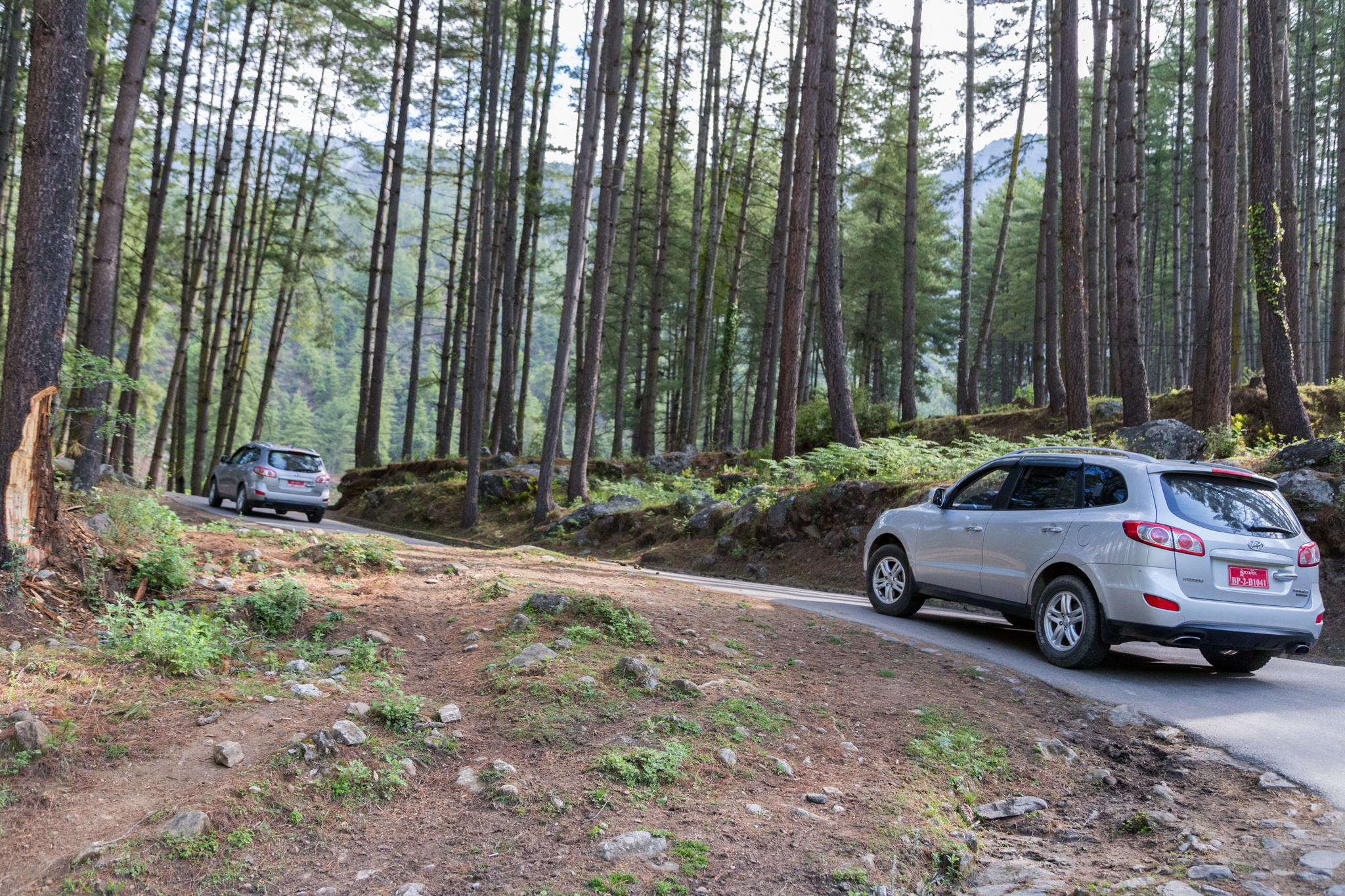
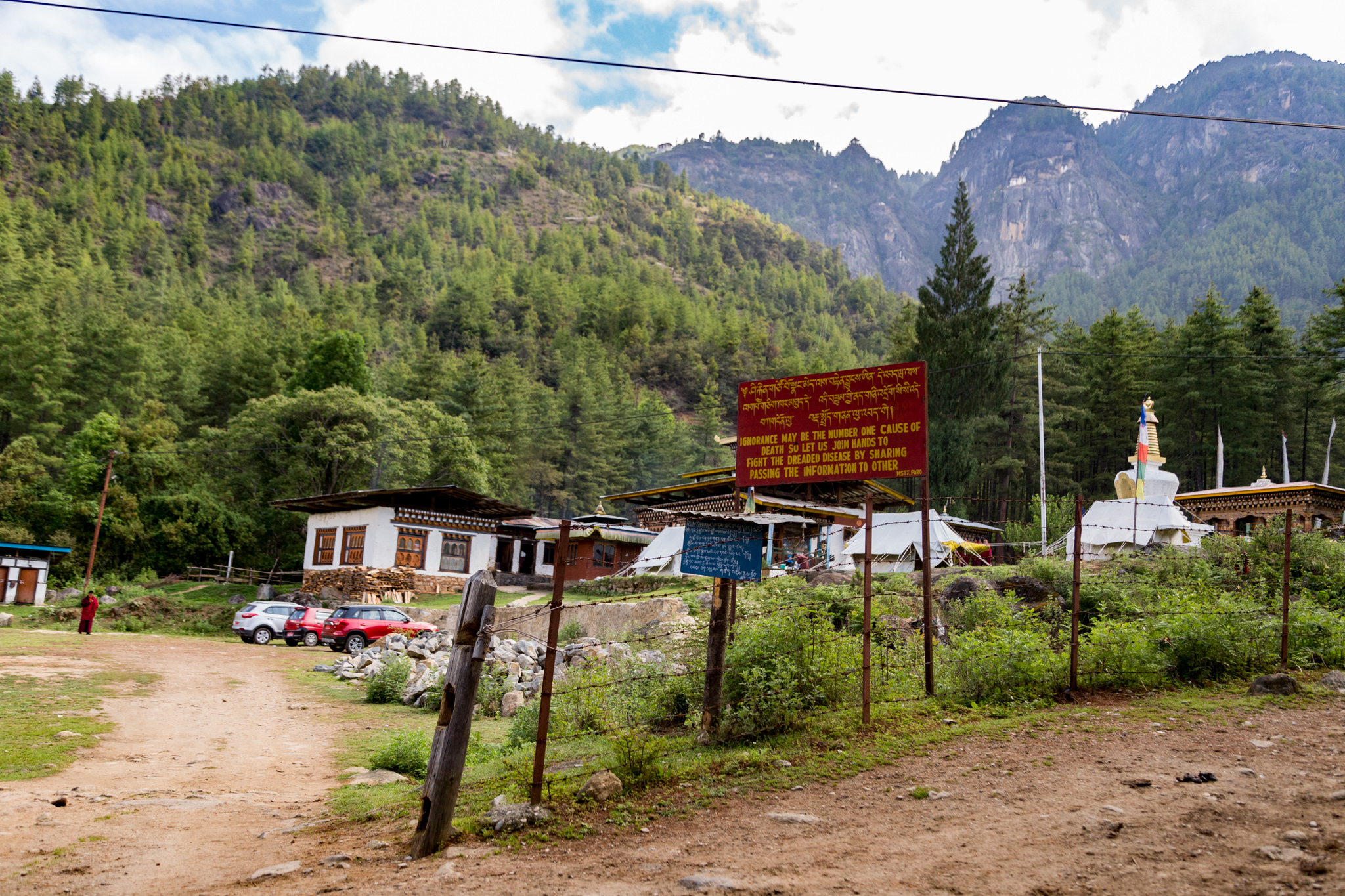
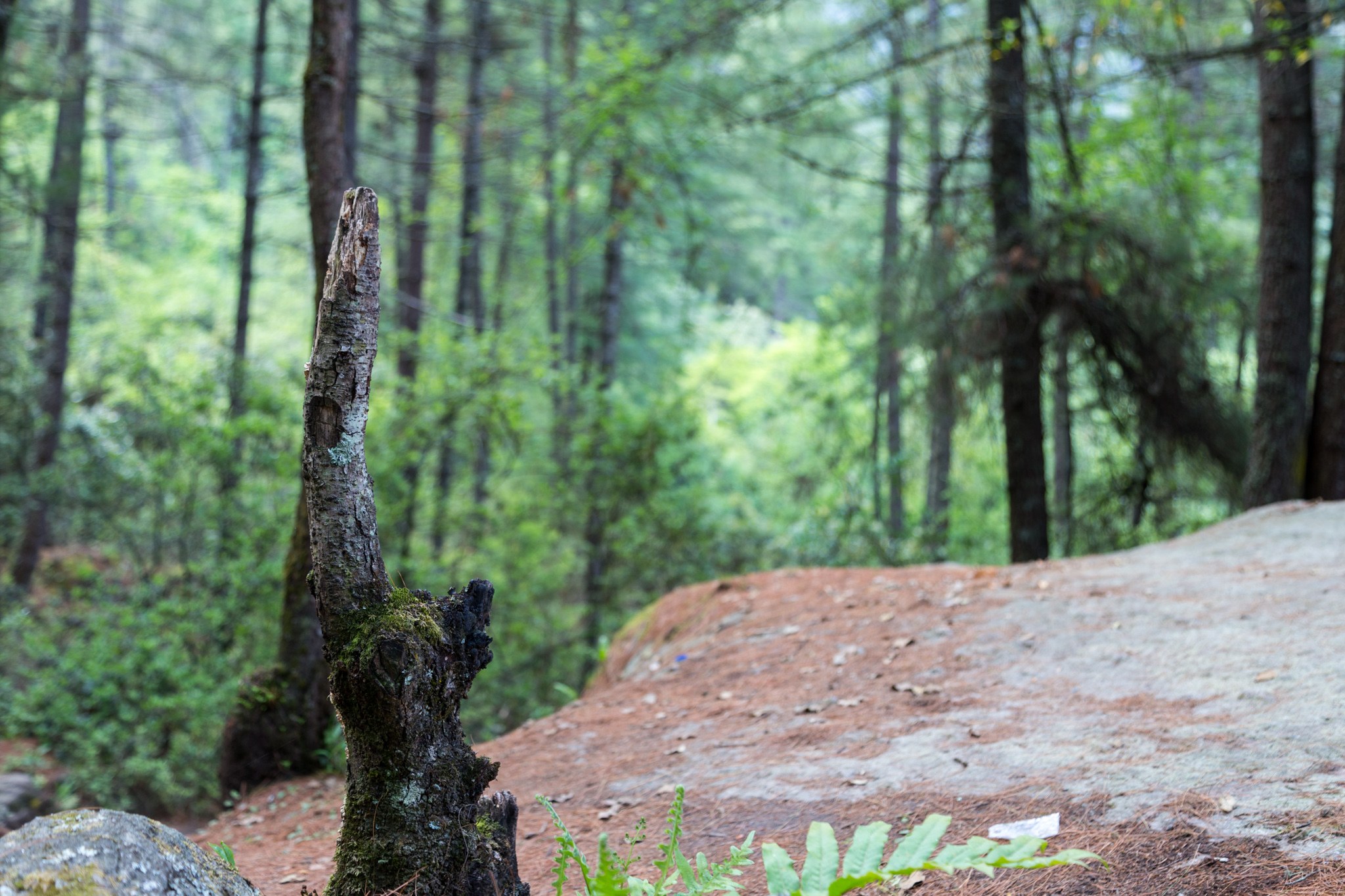
You must log in to post a comment.